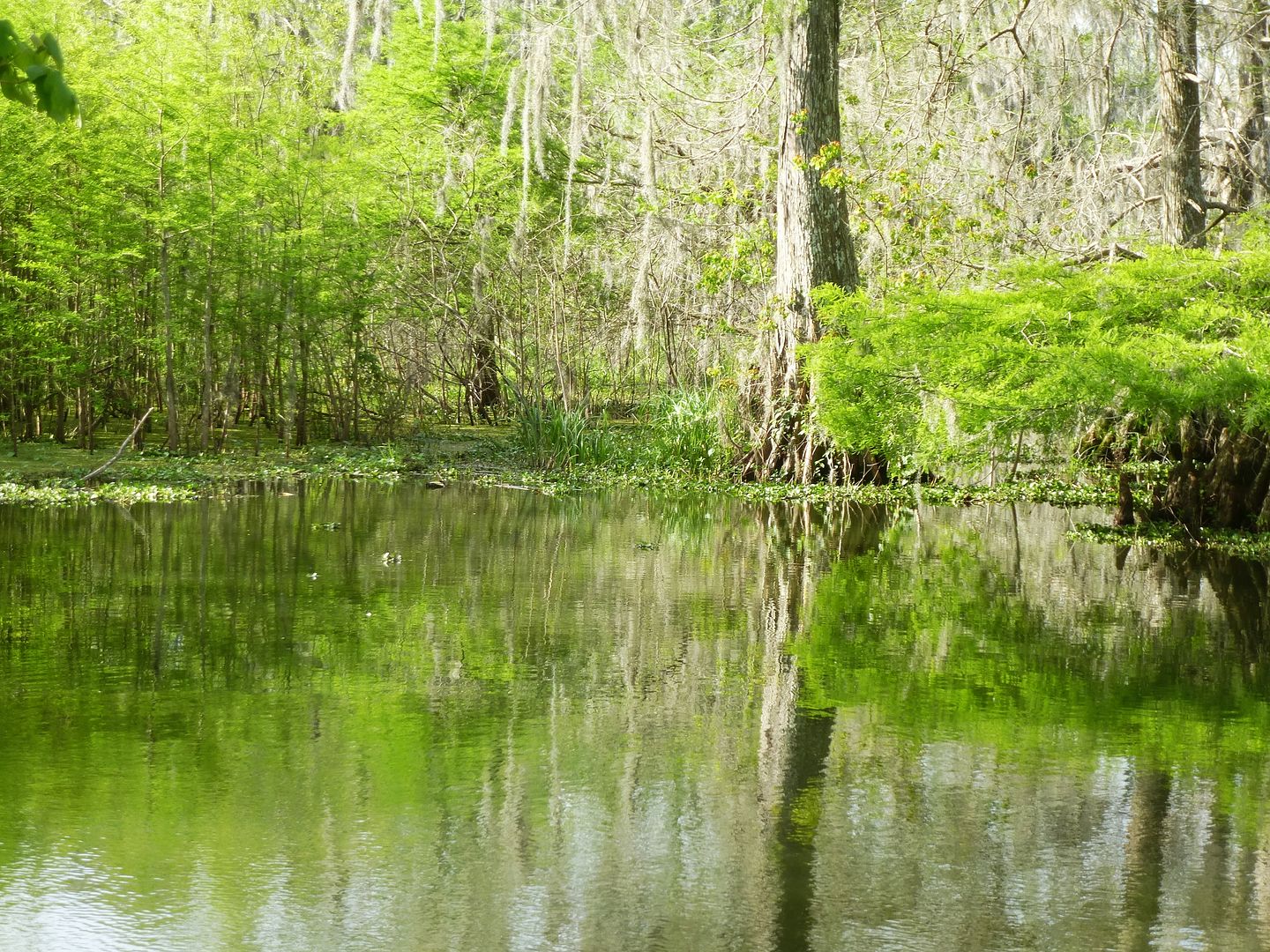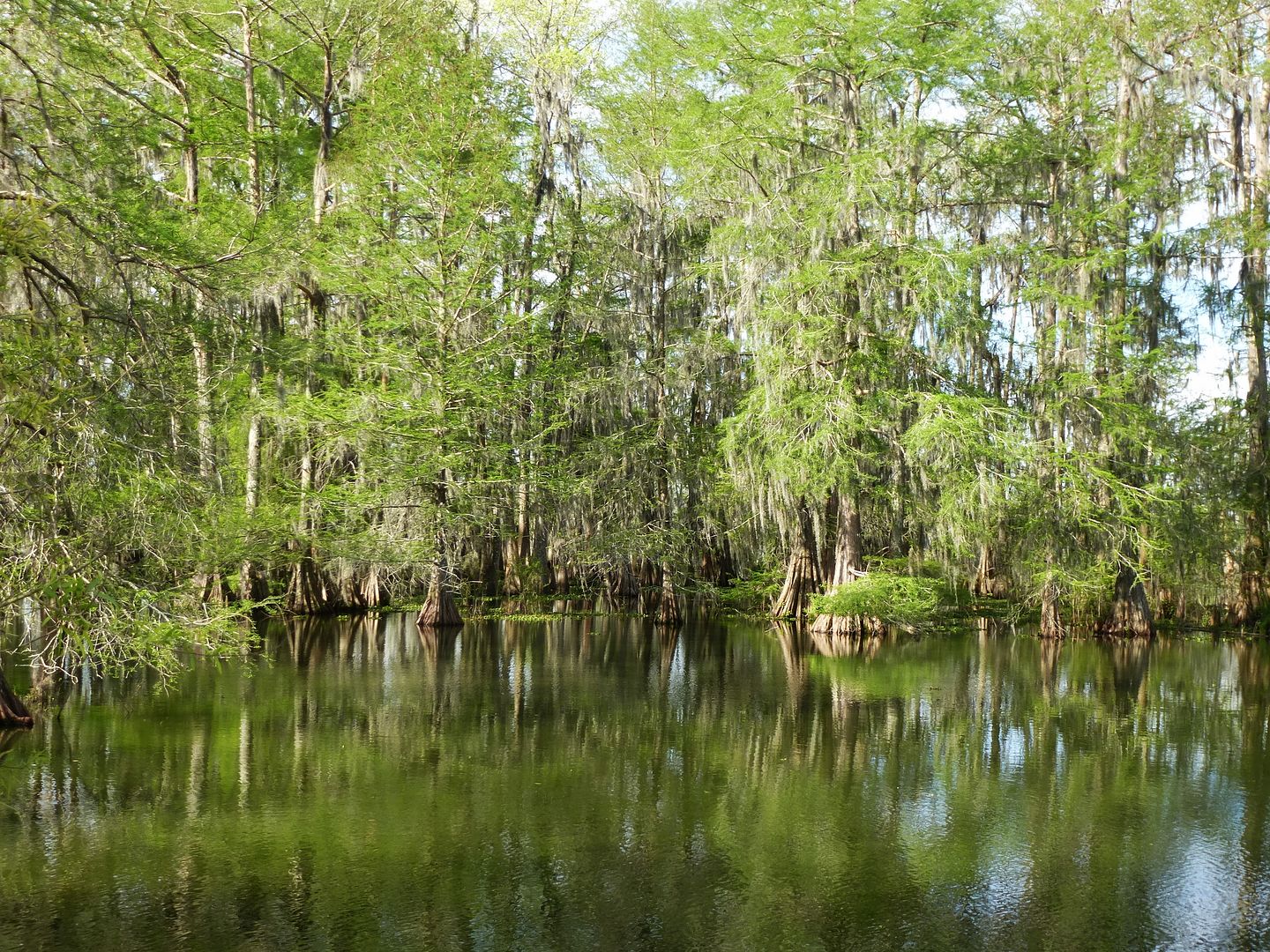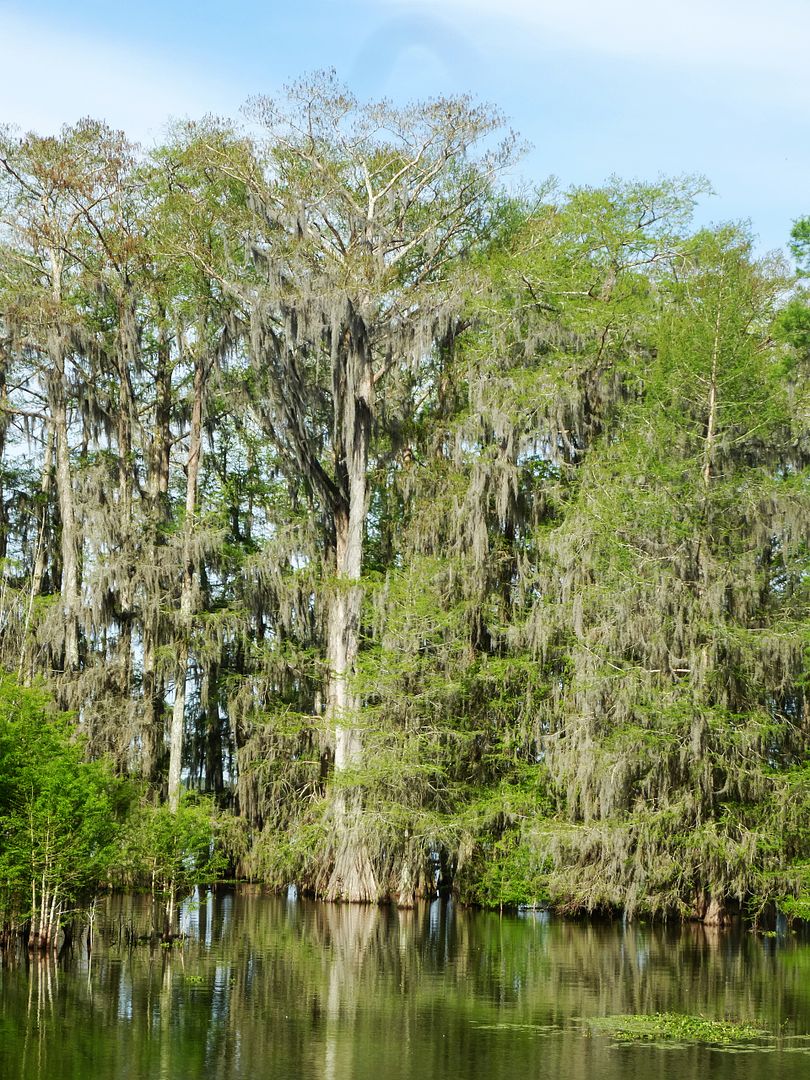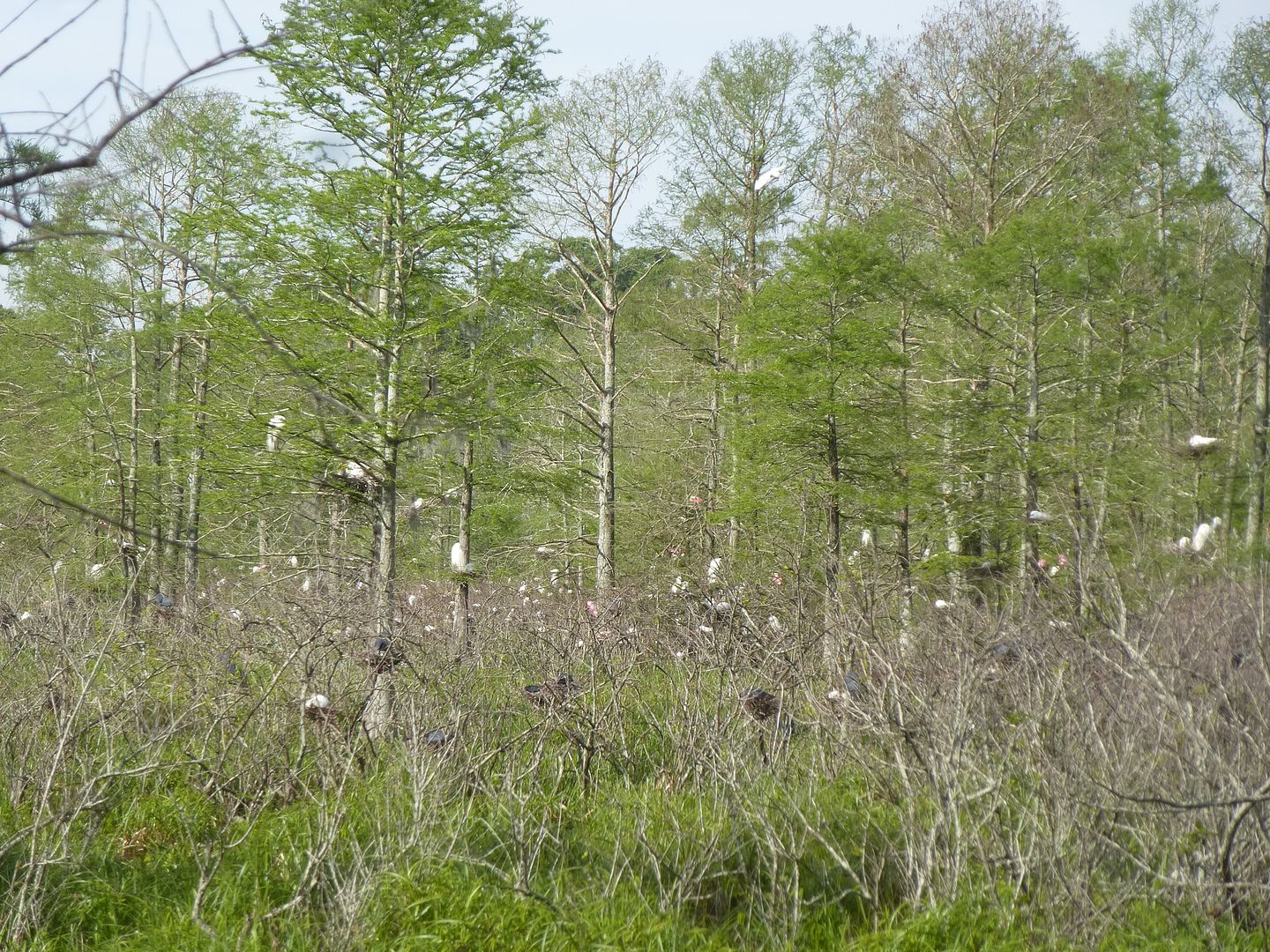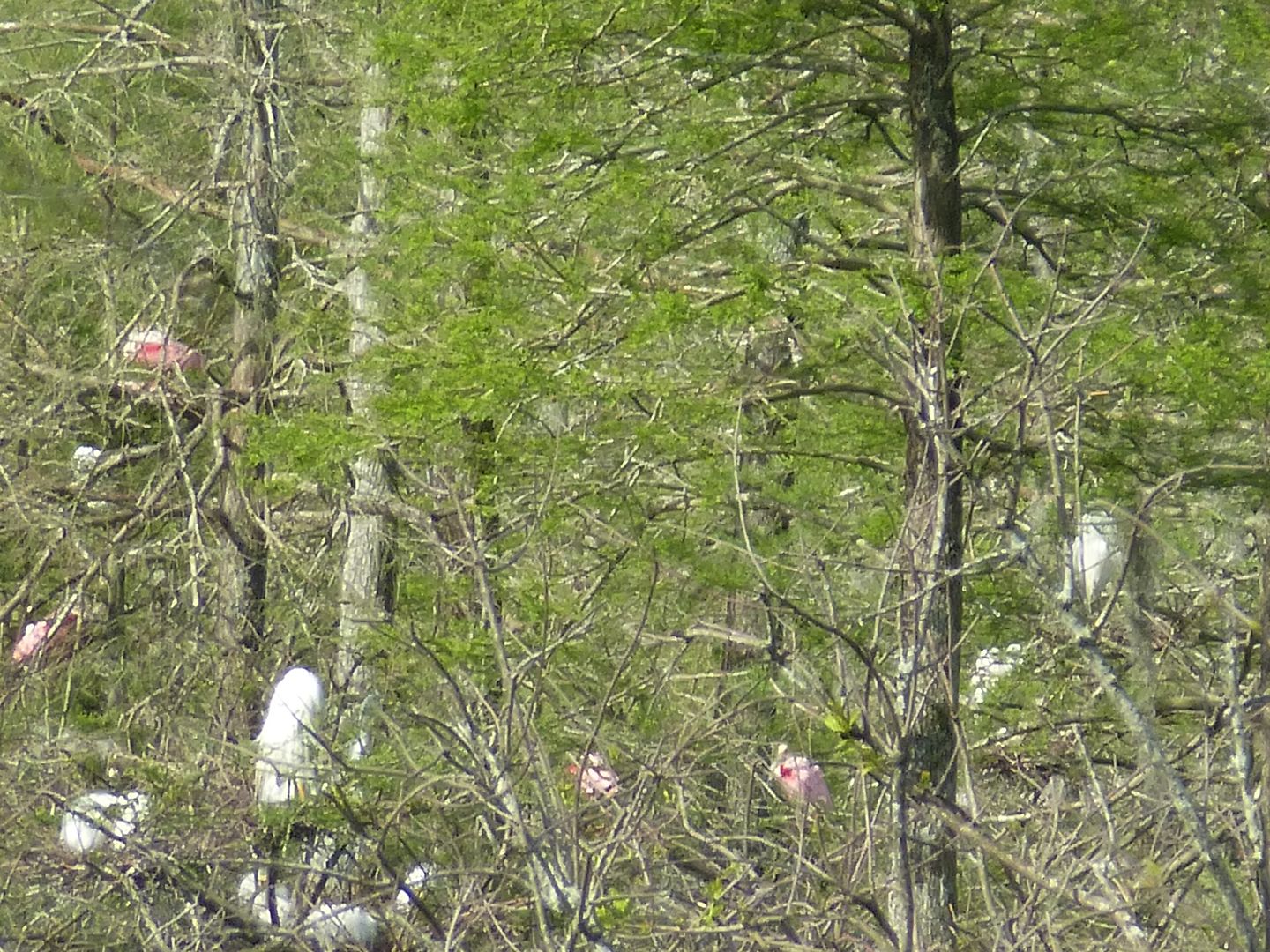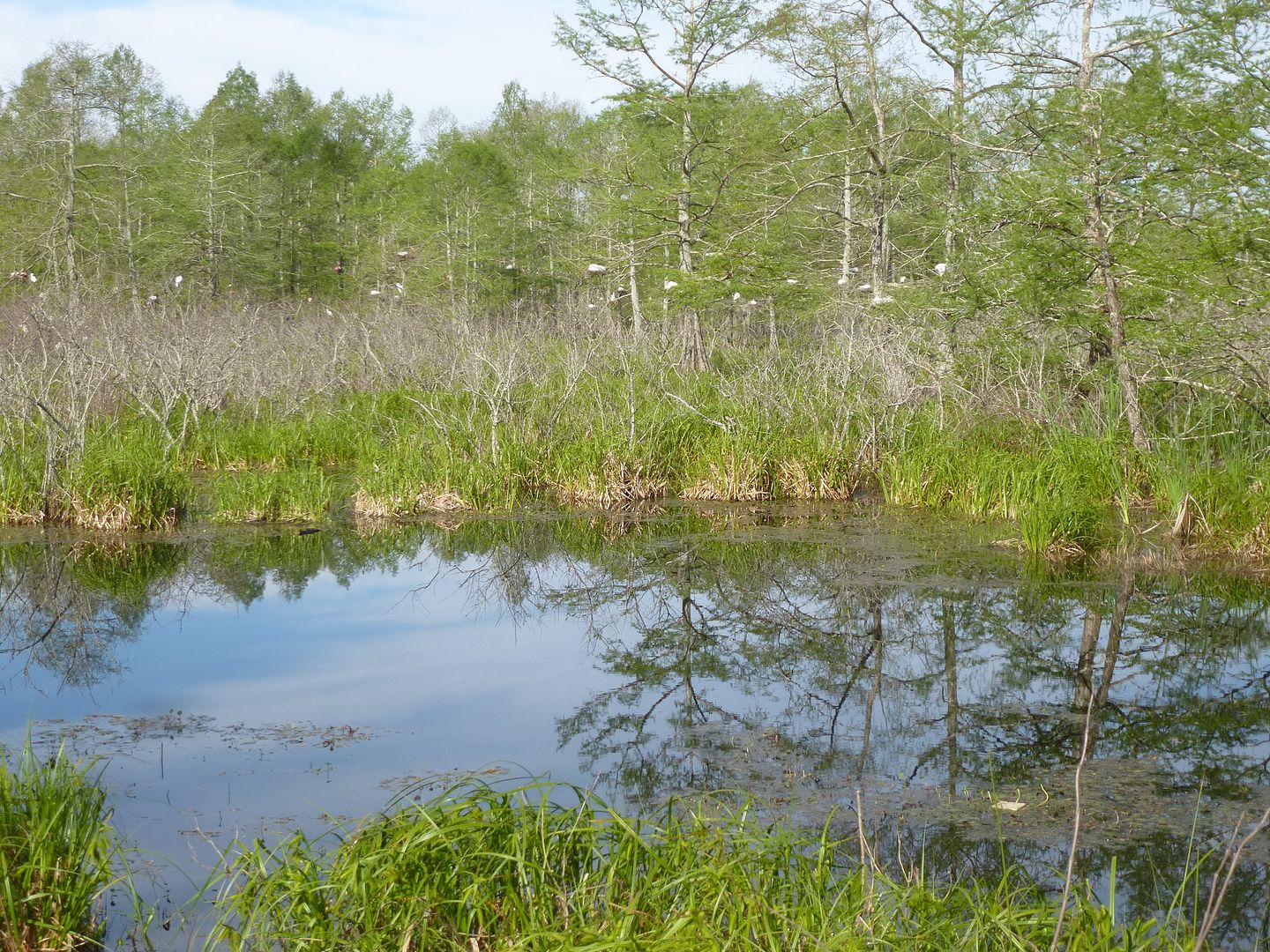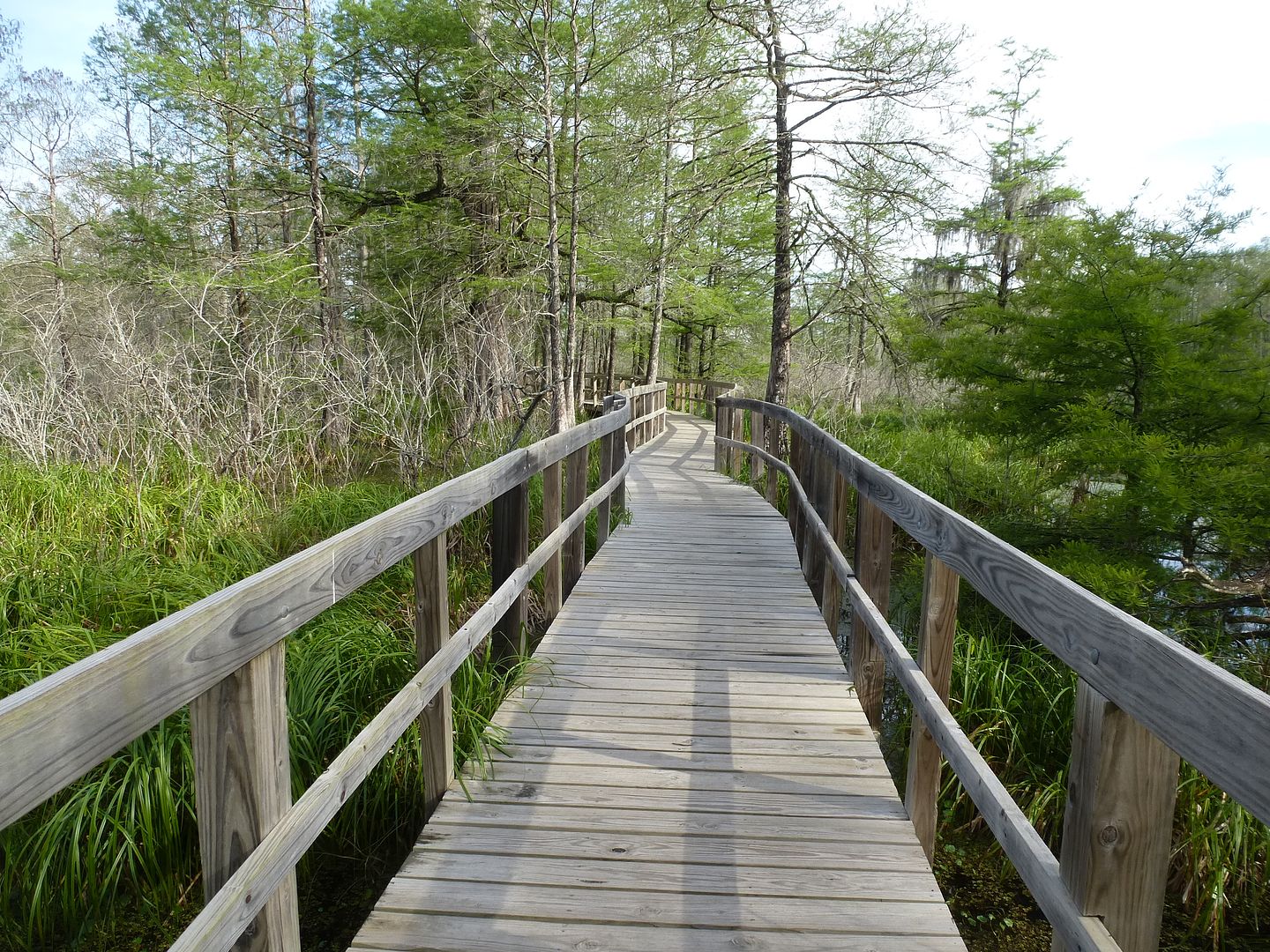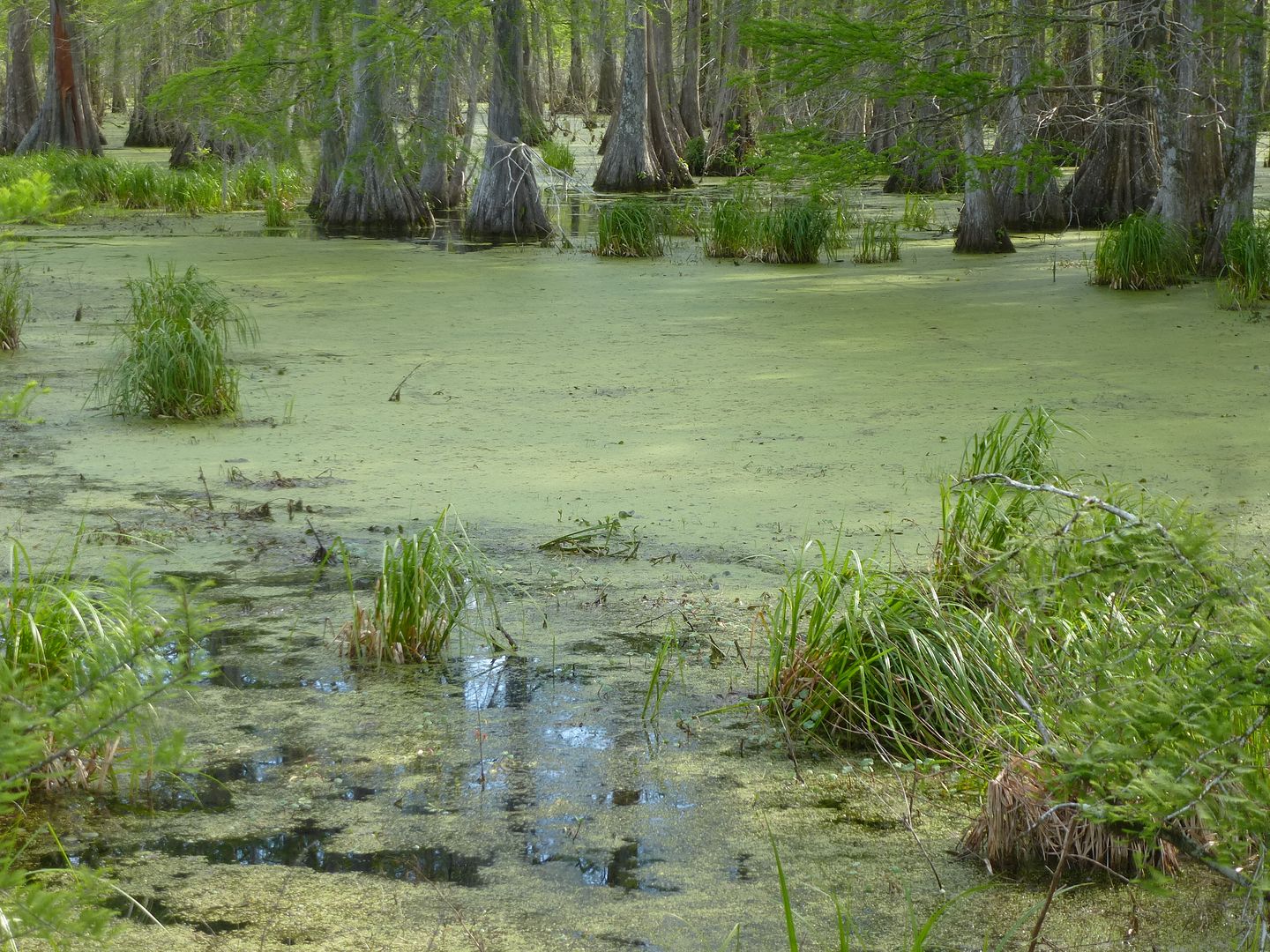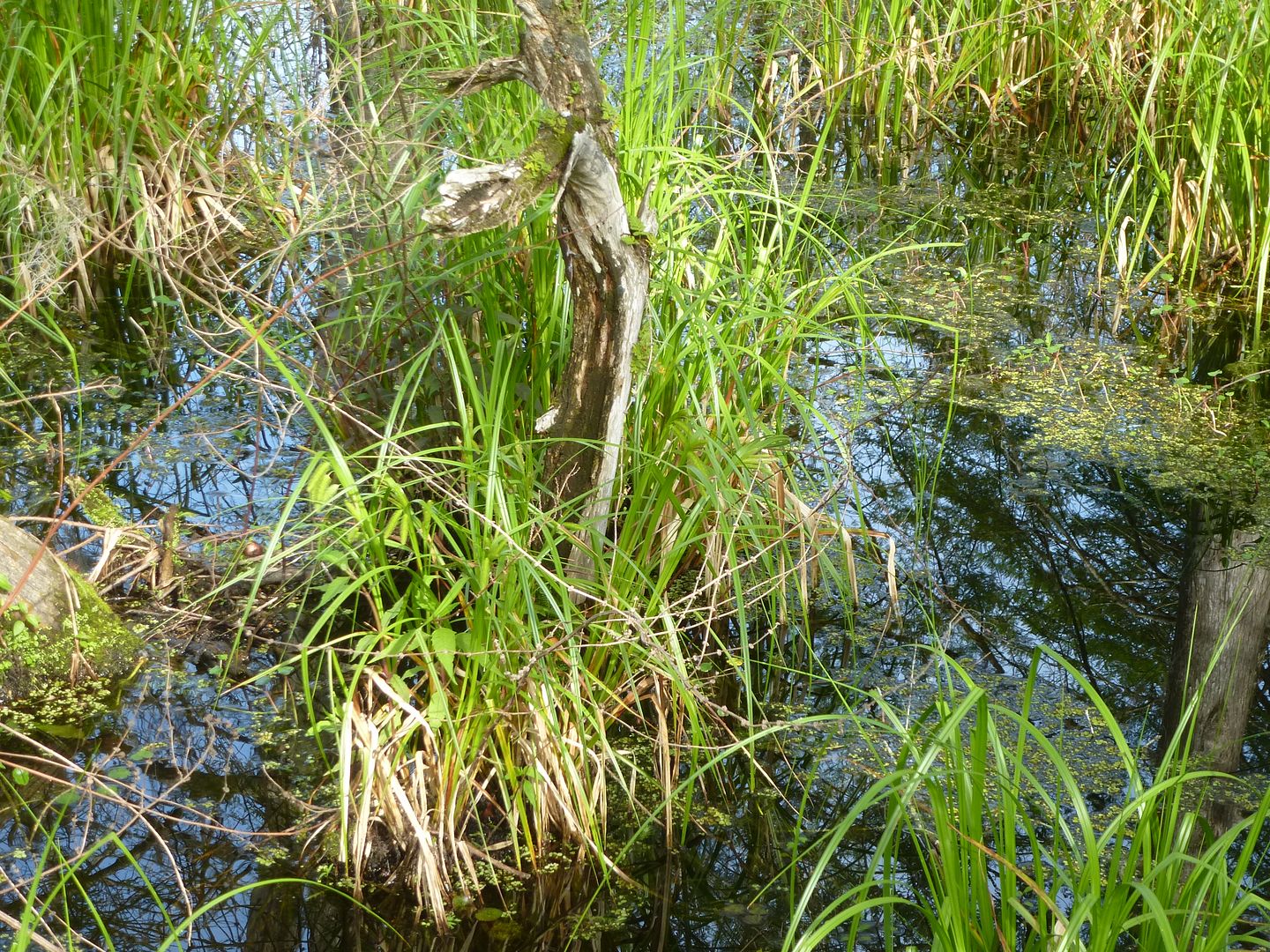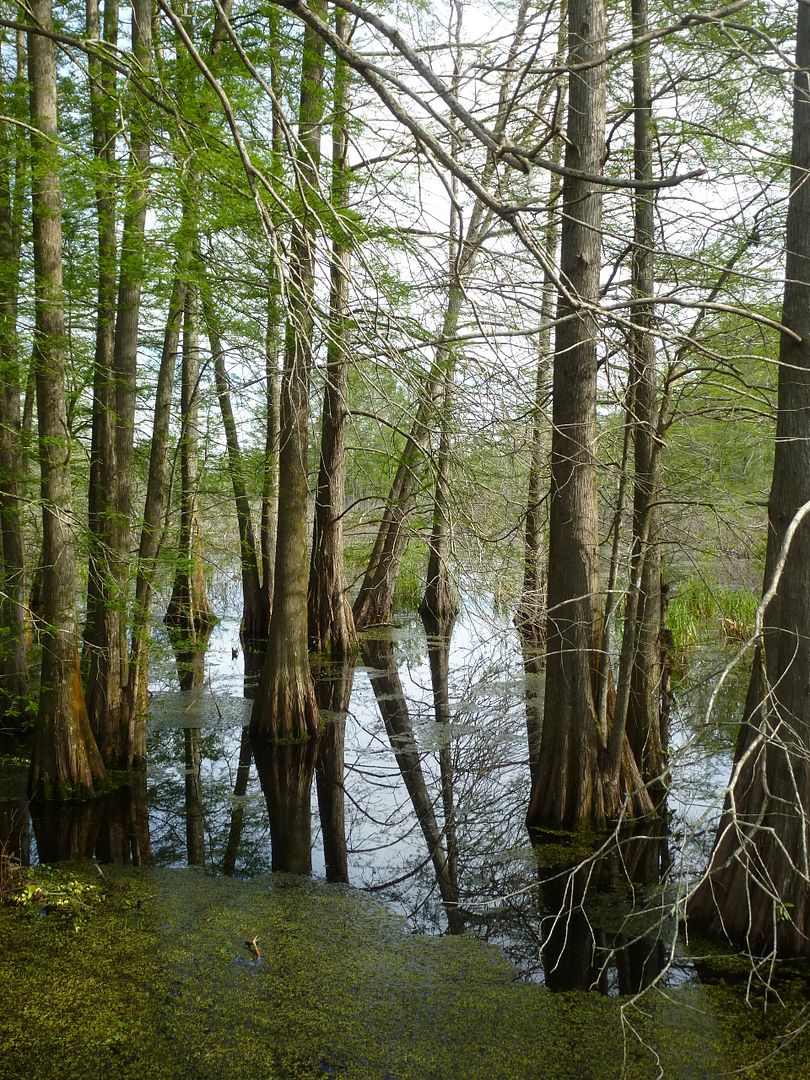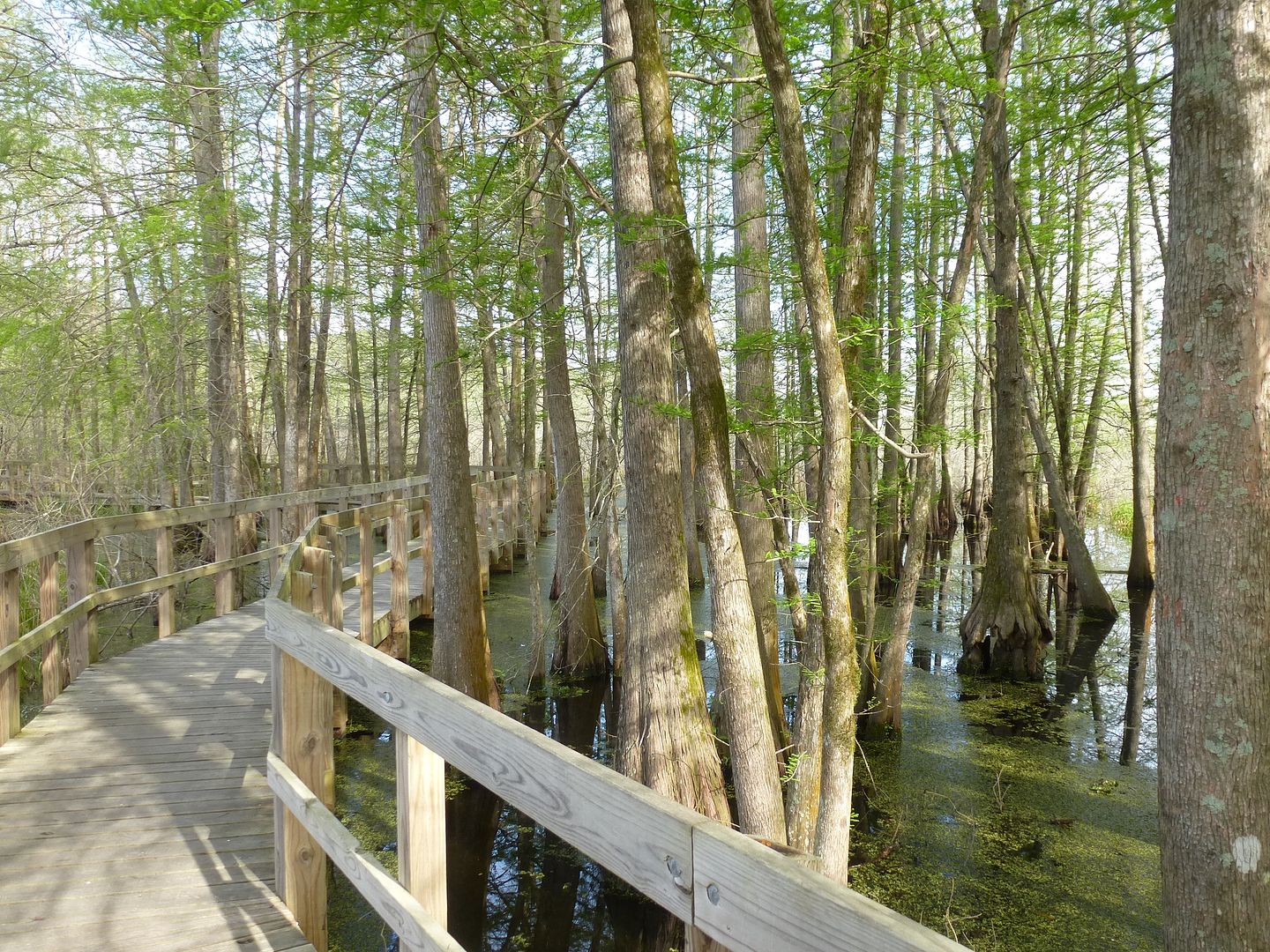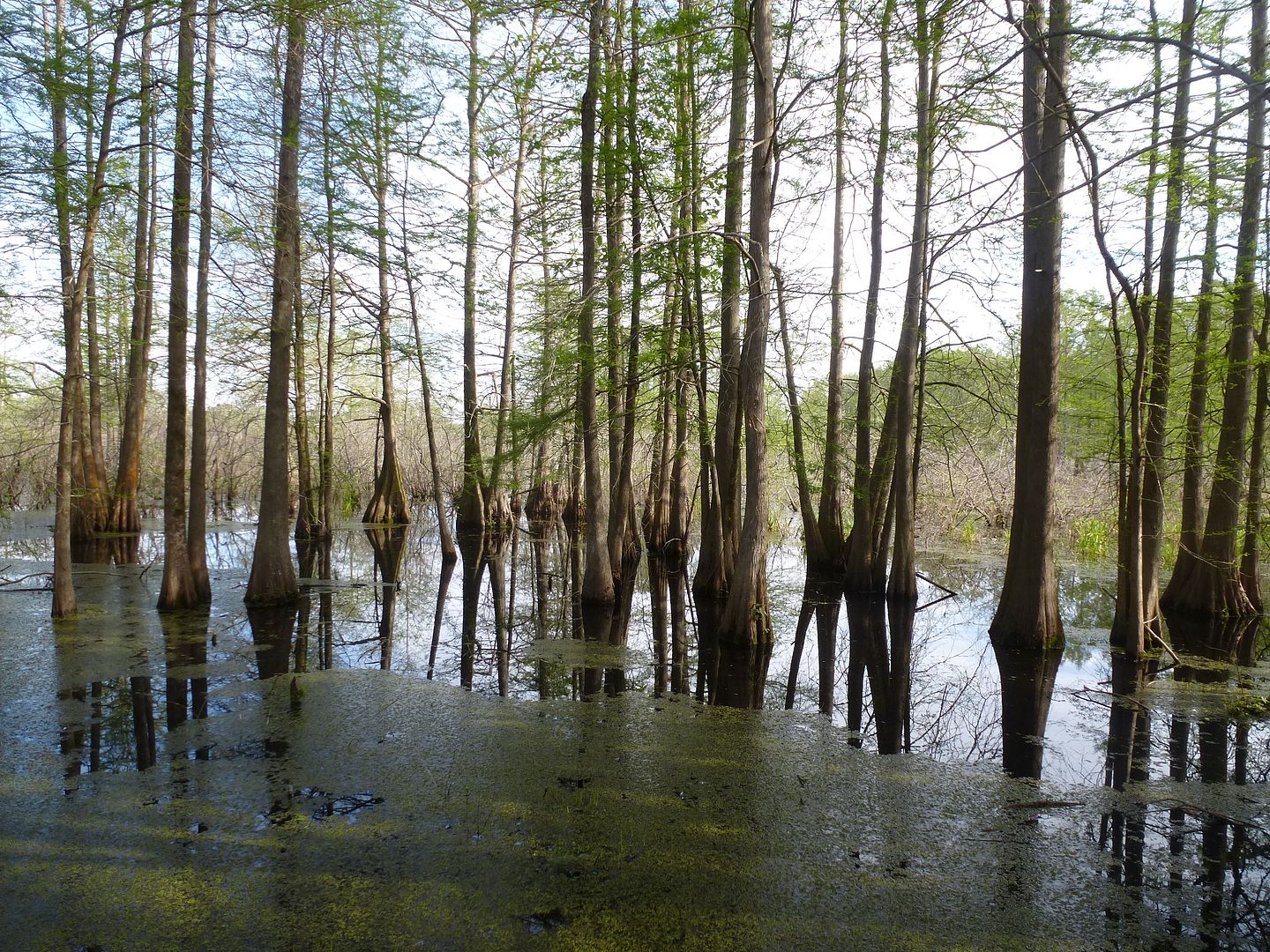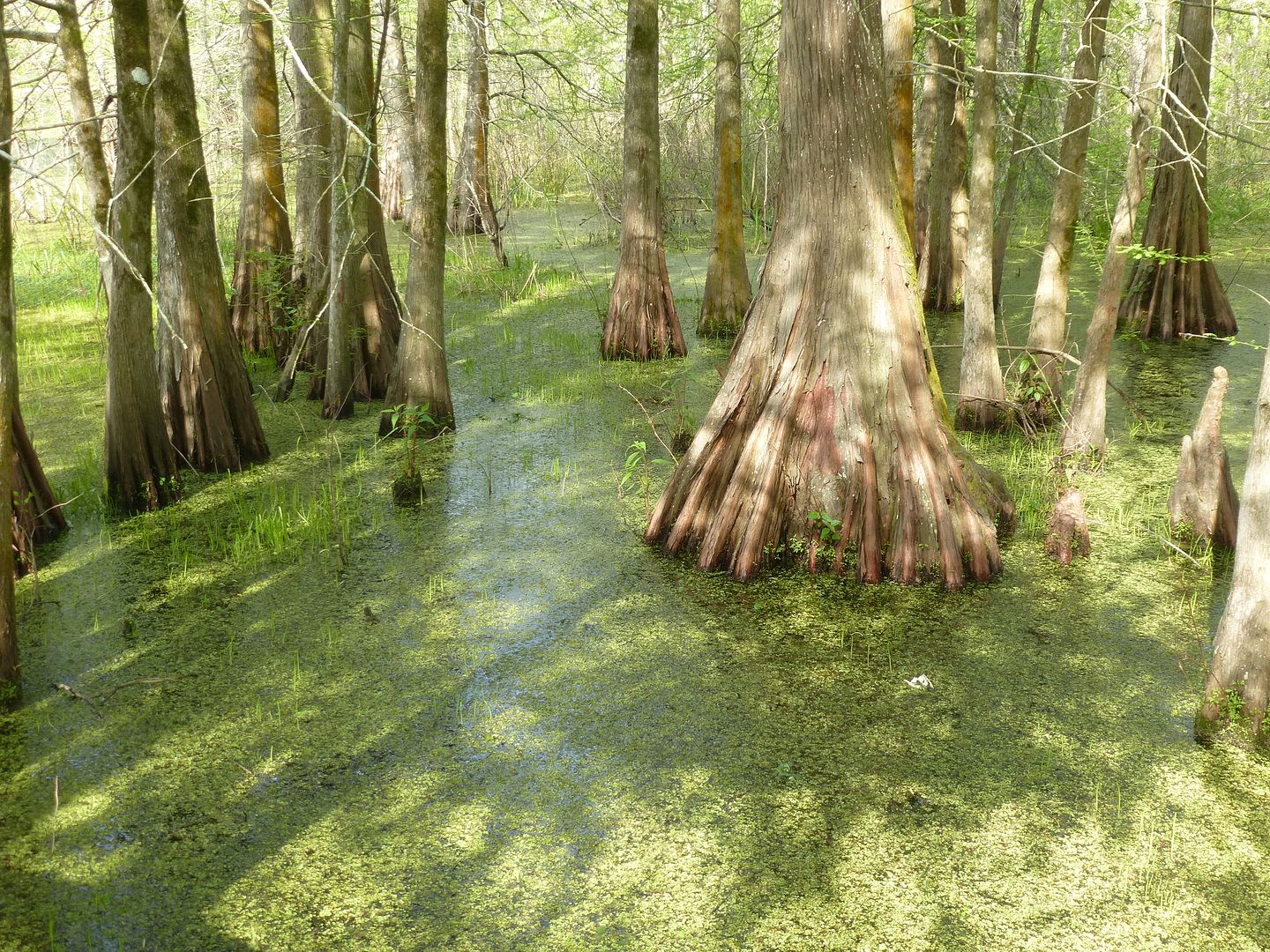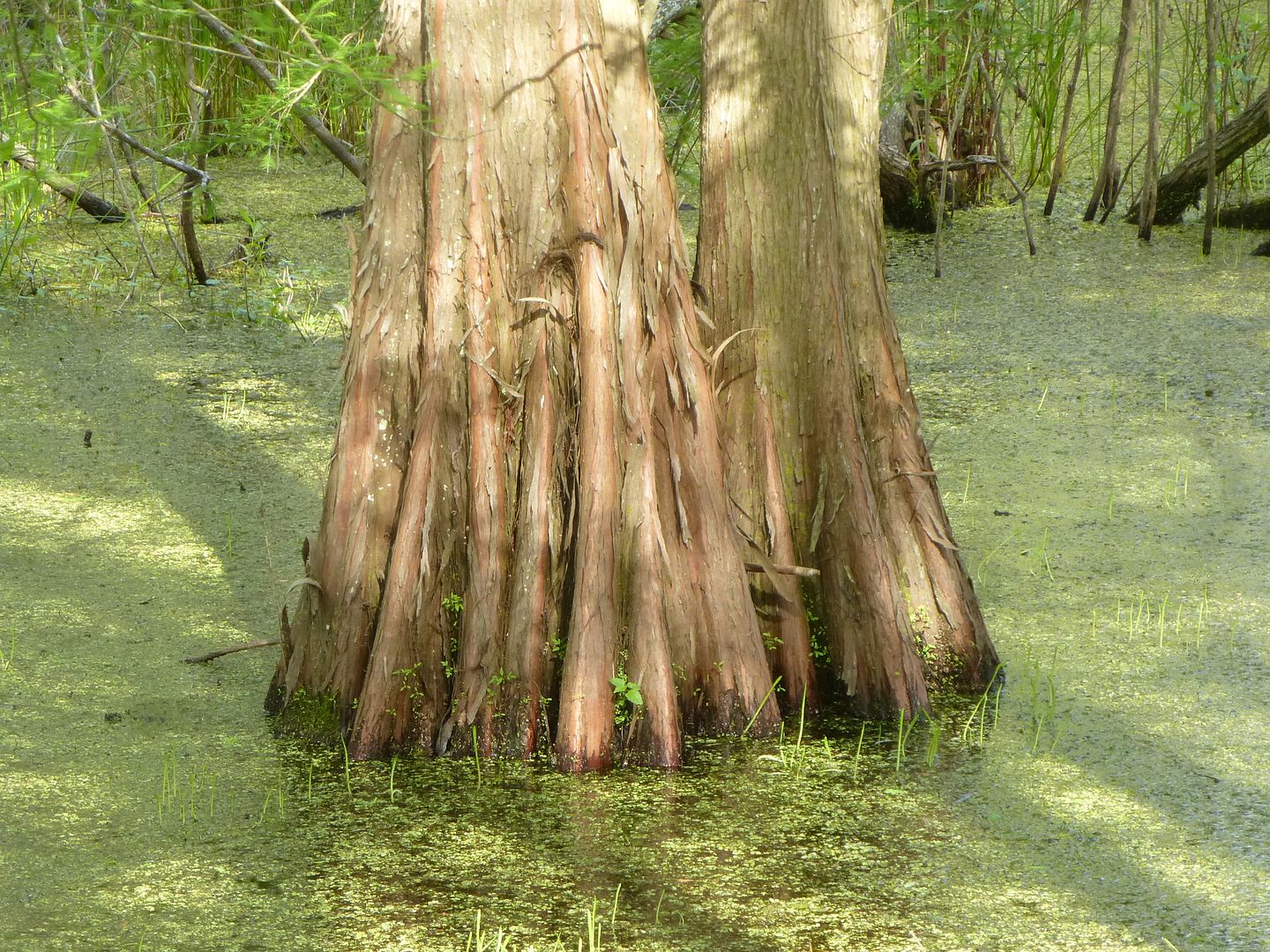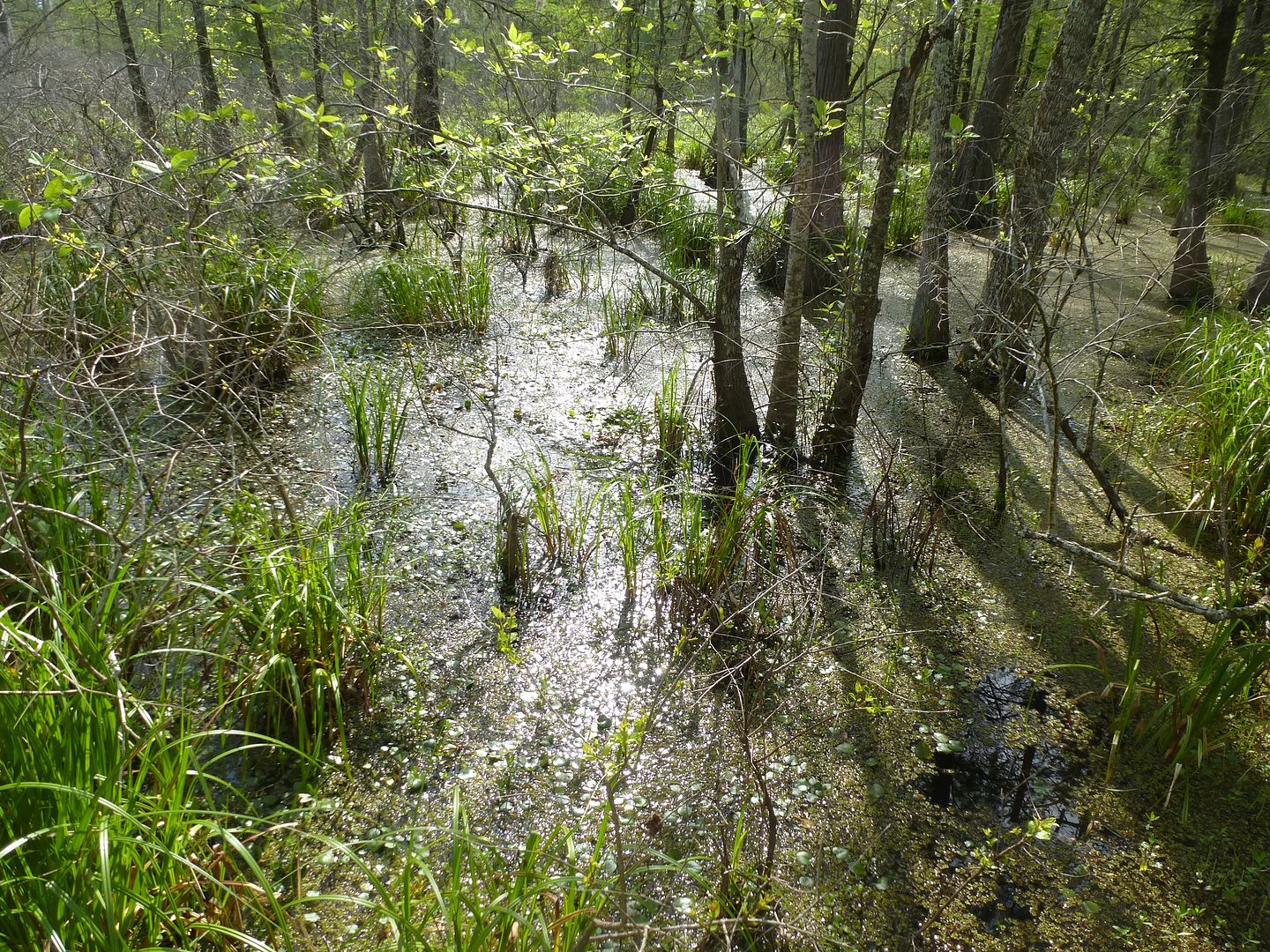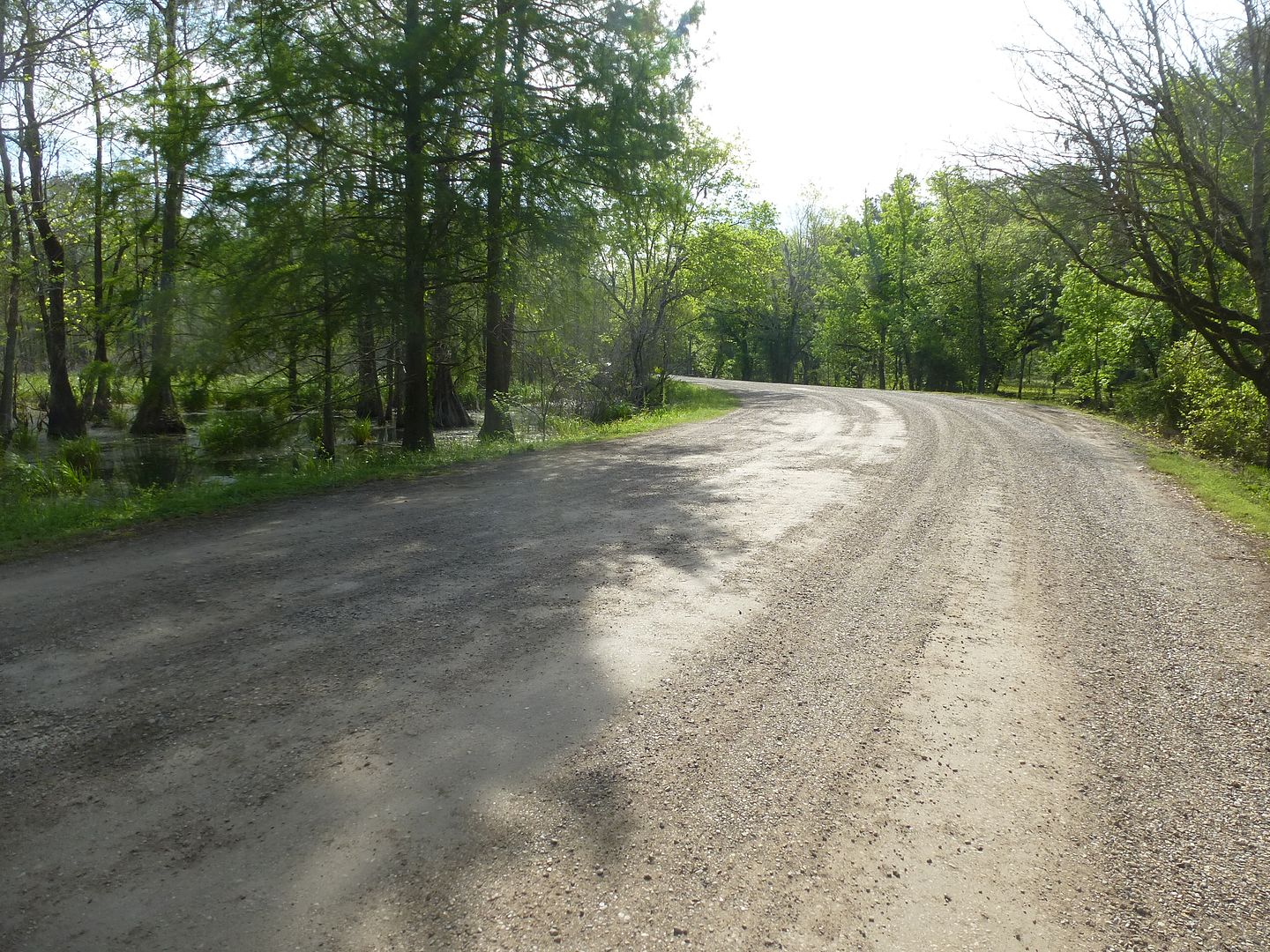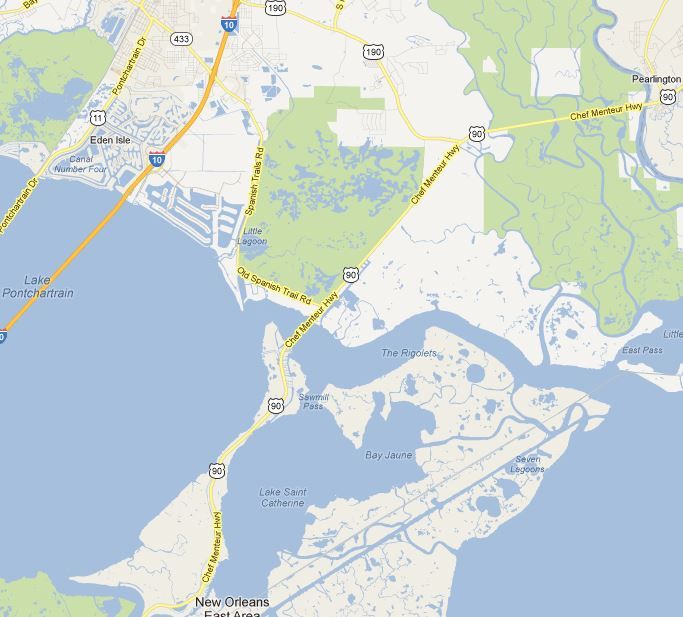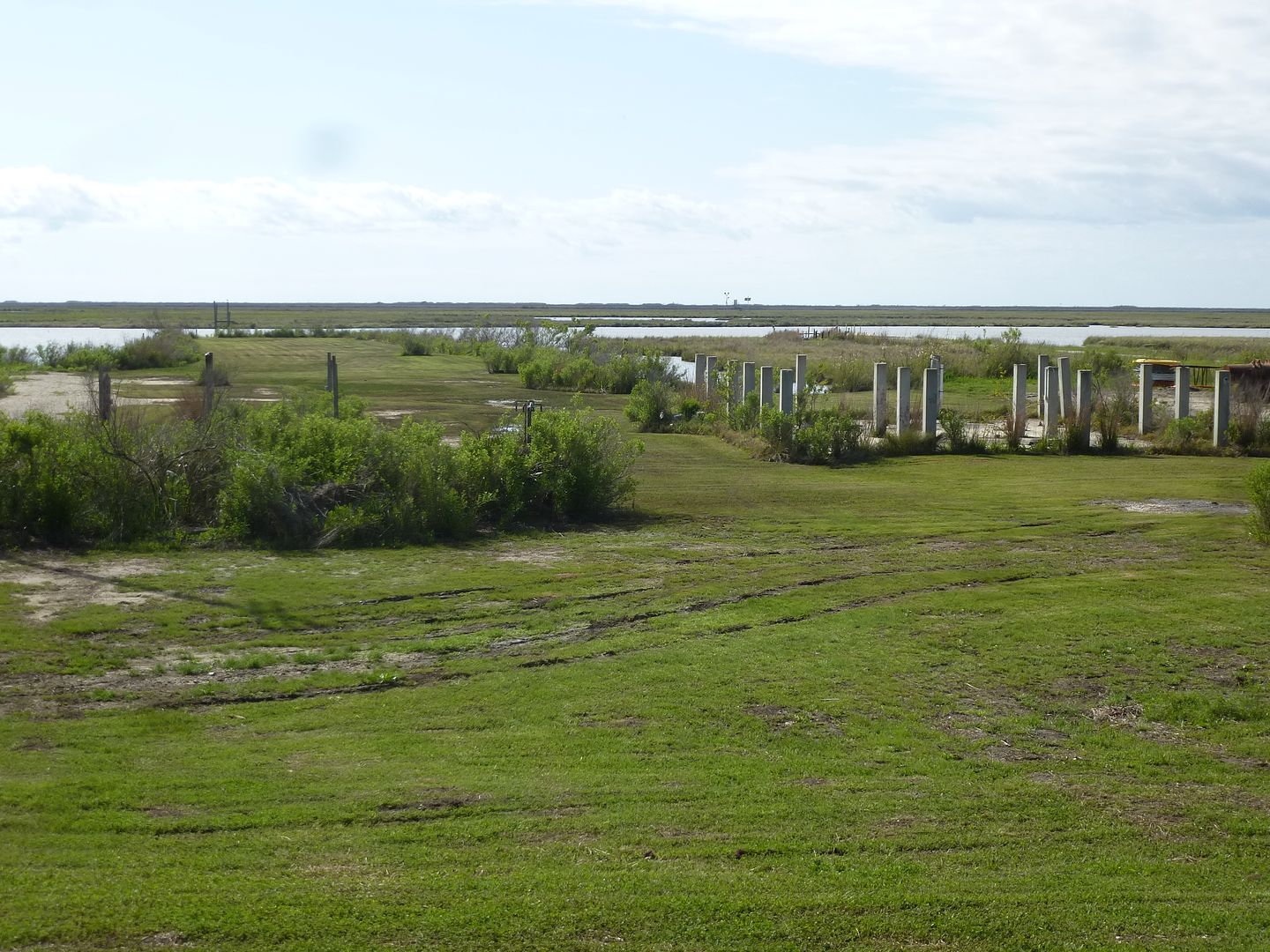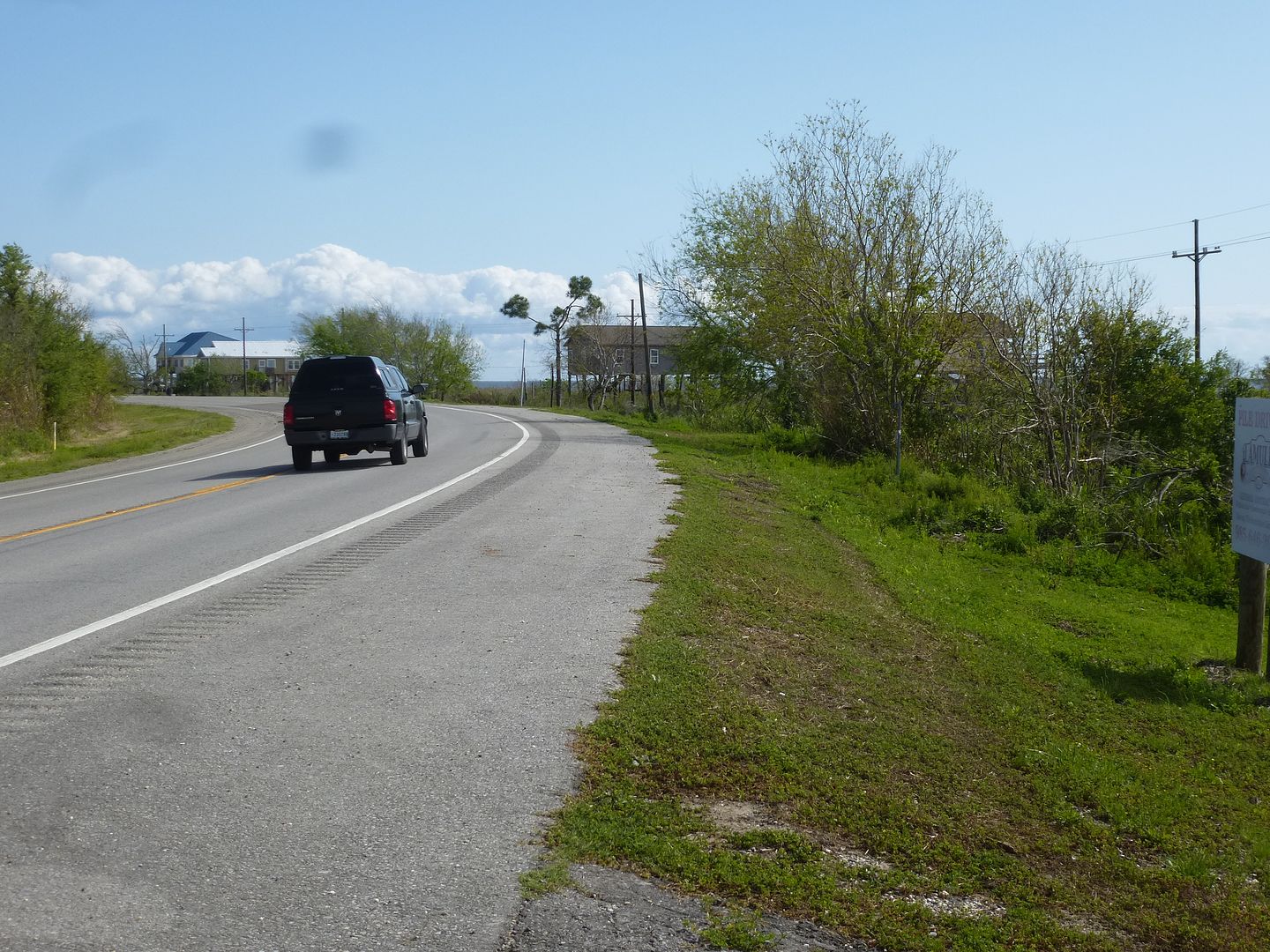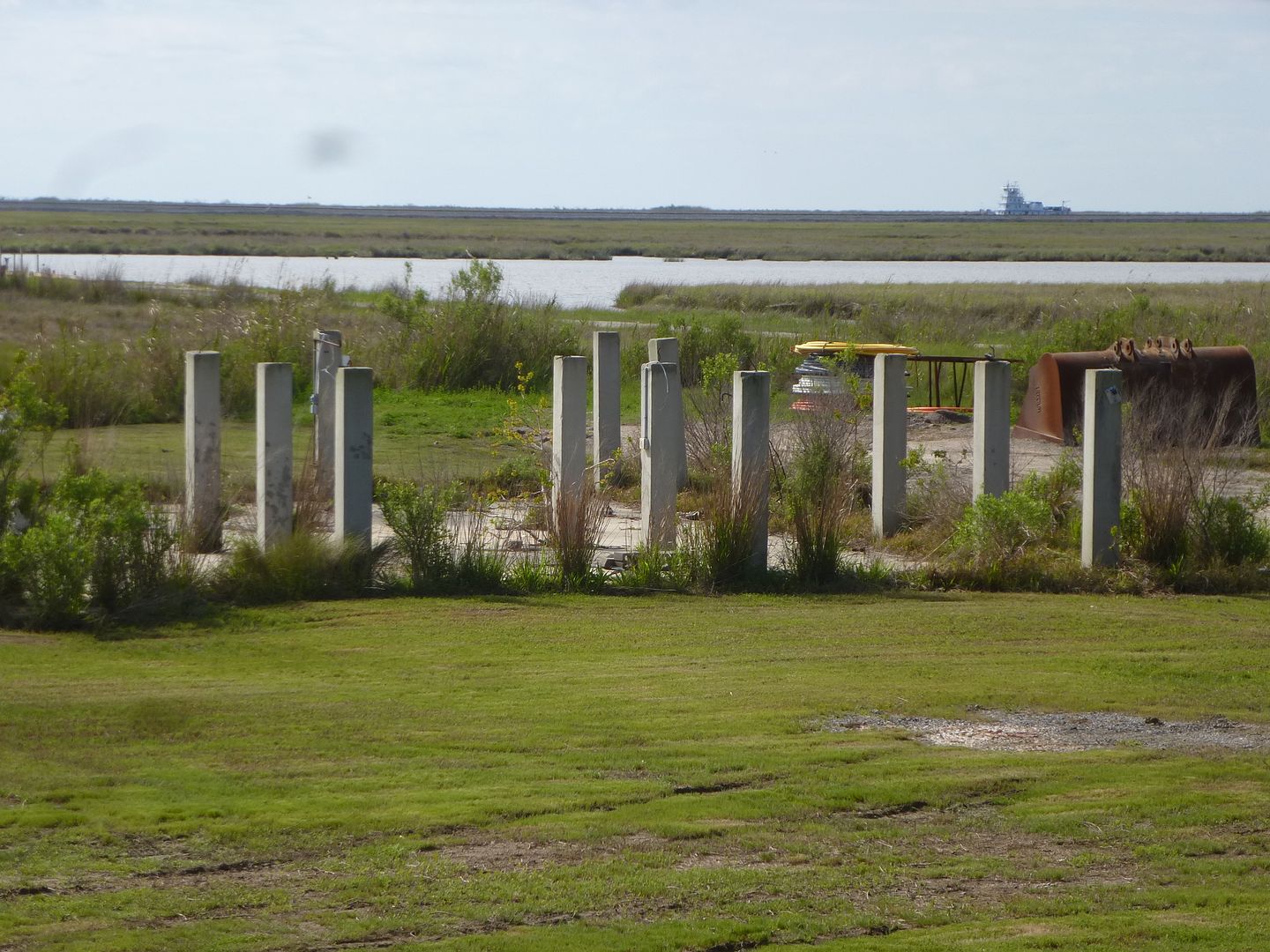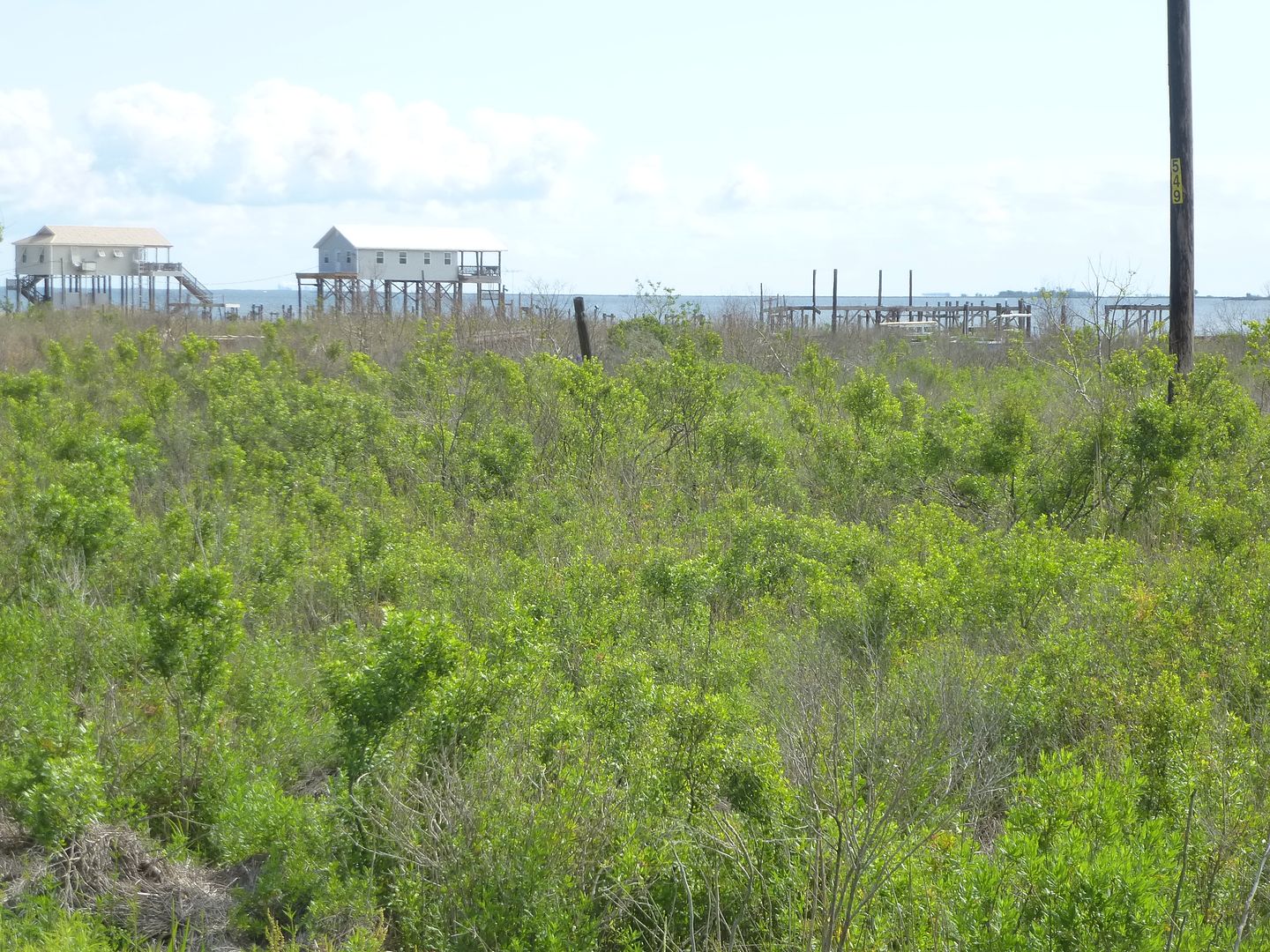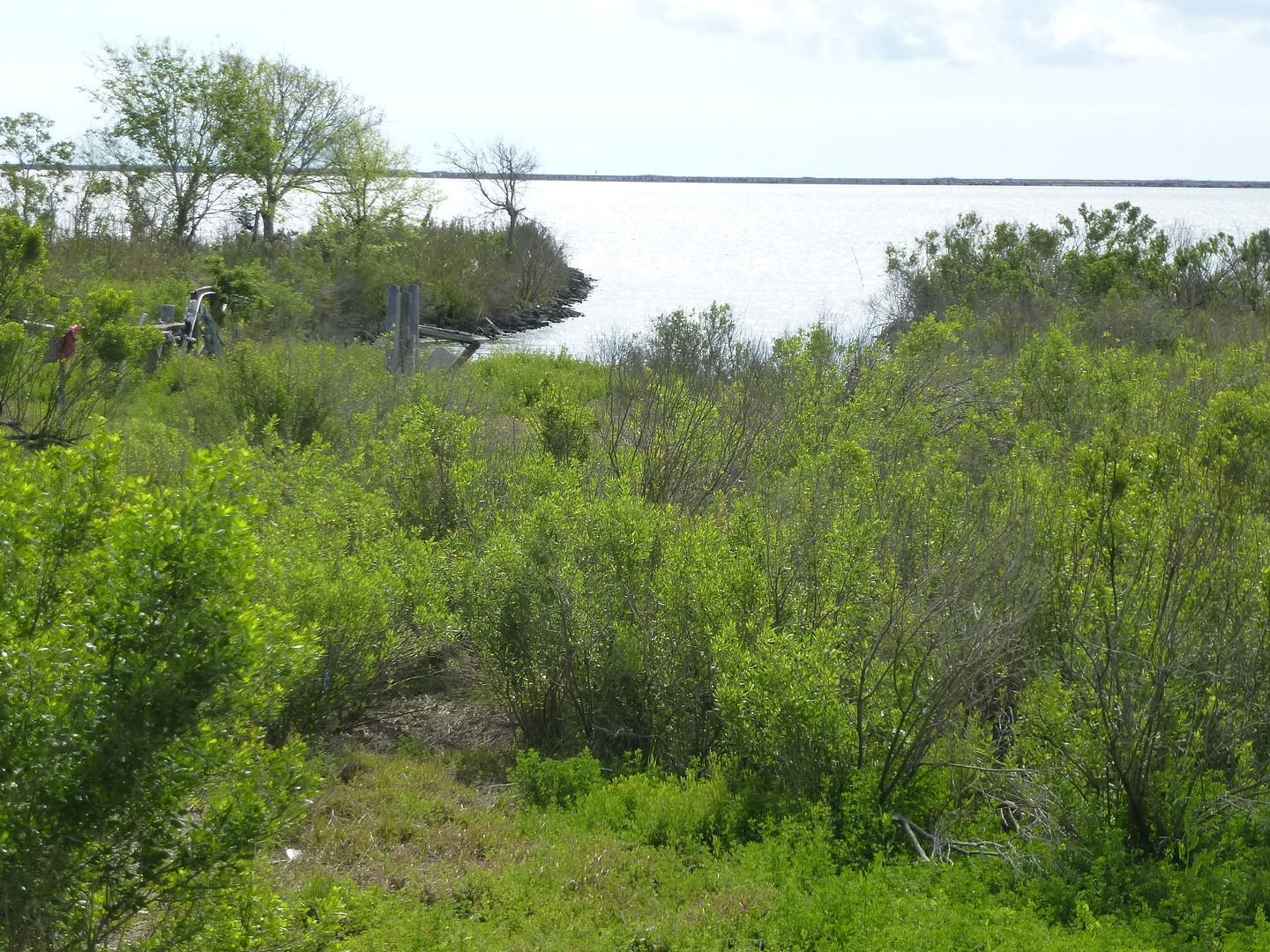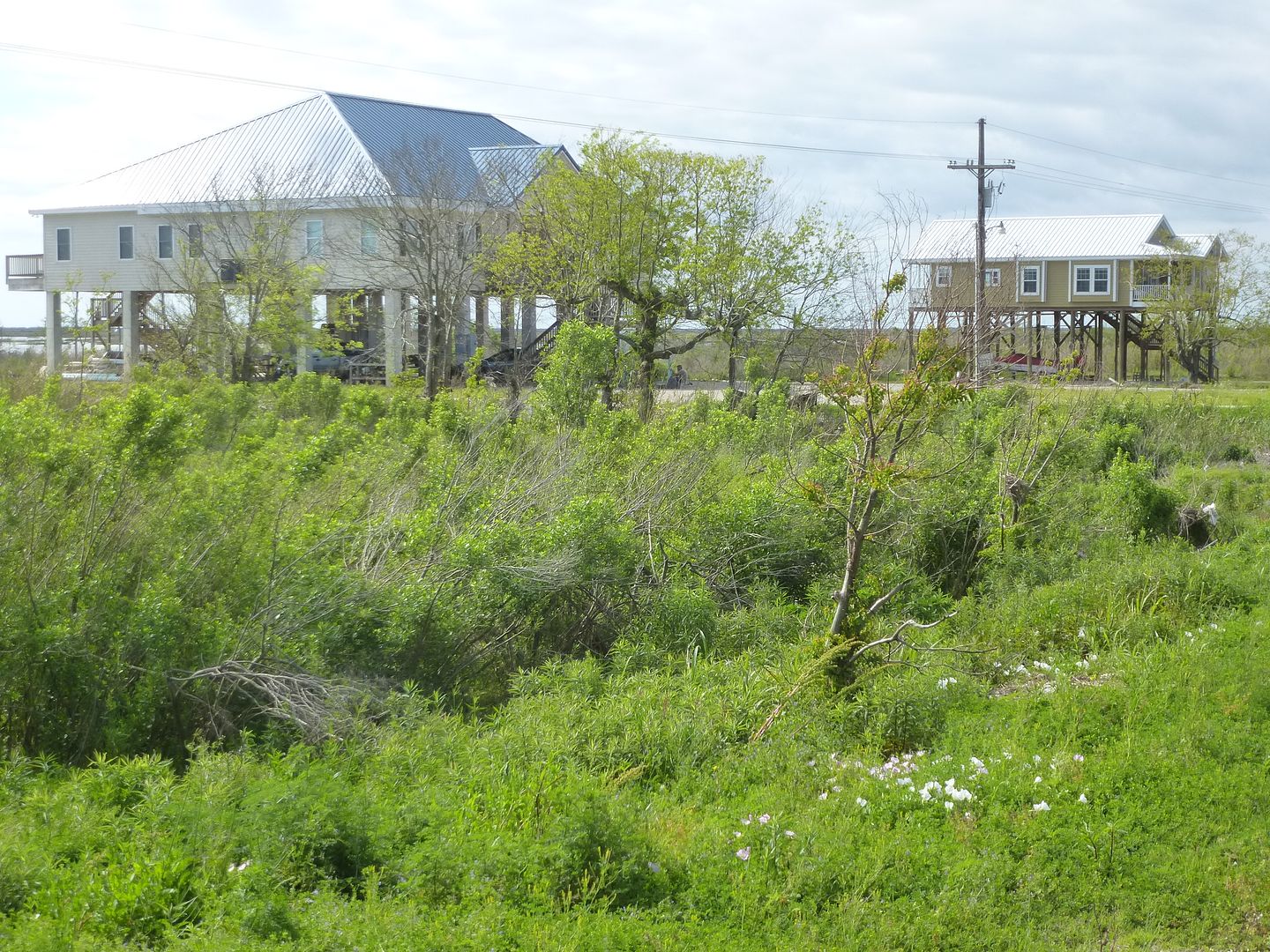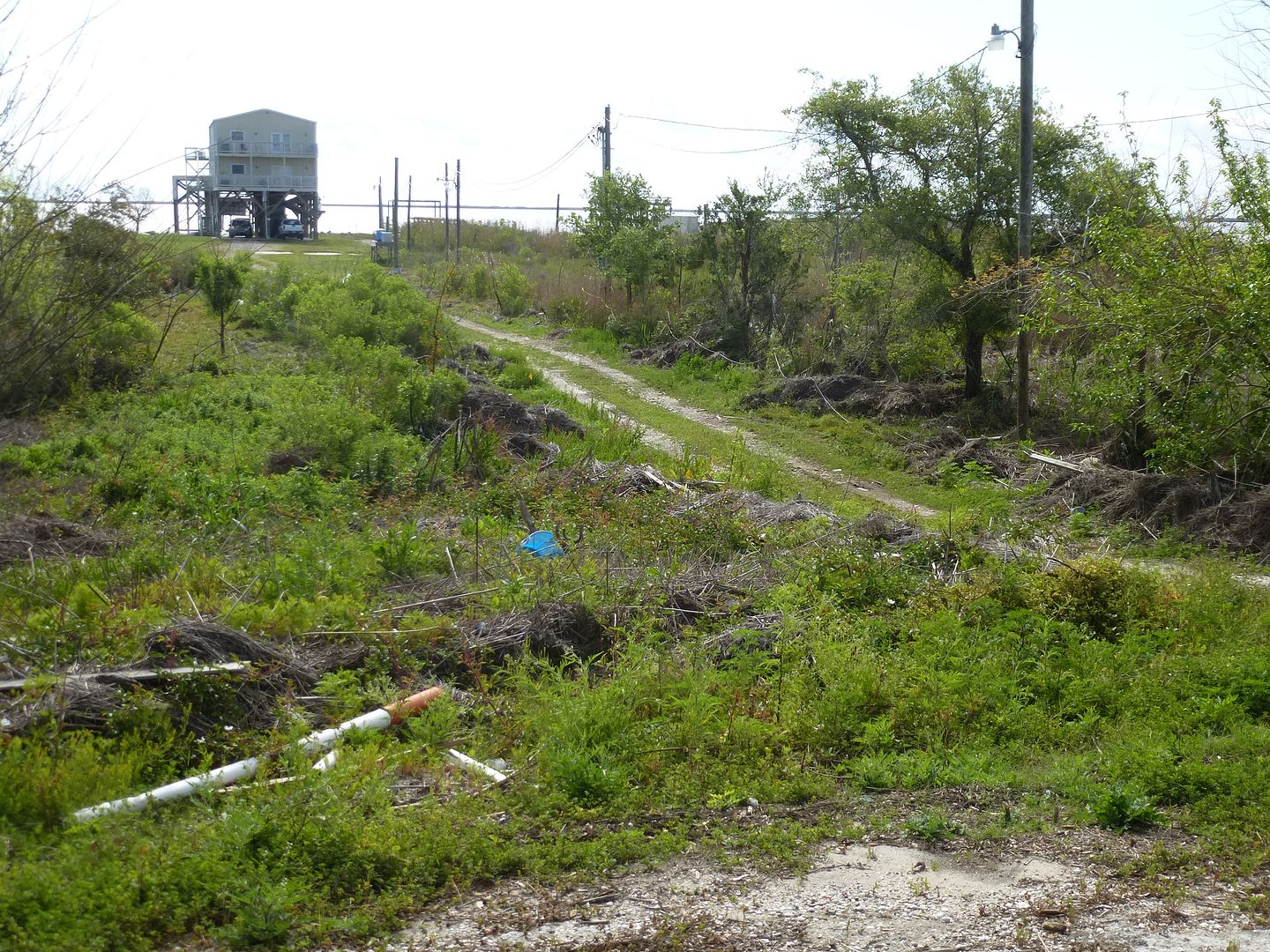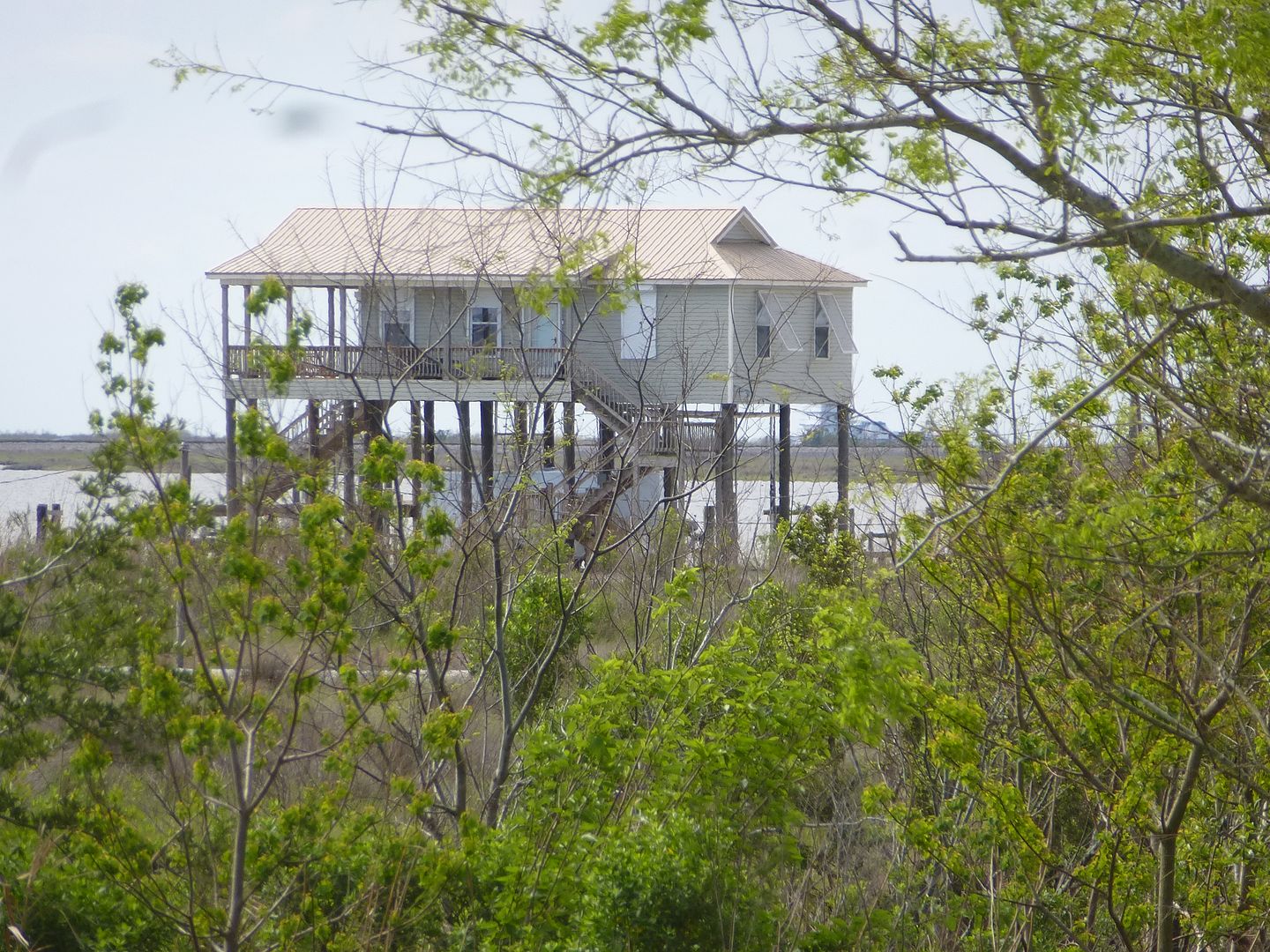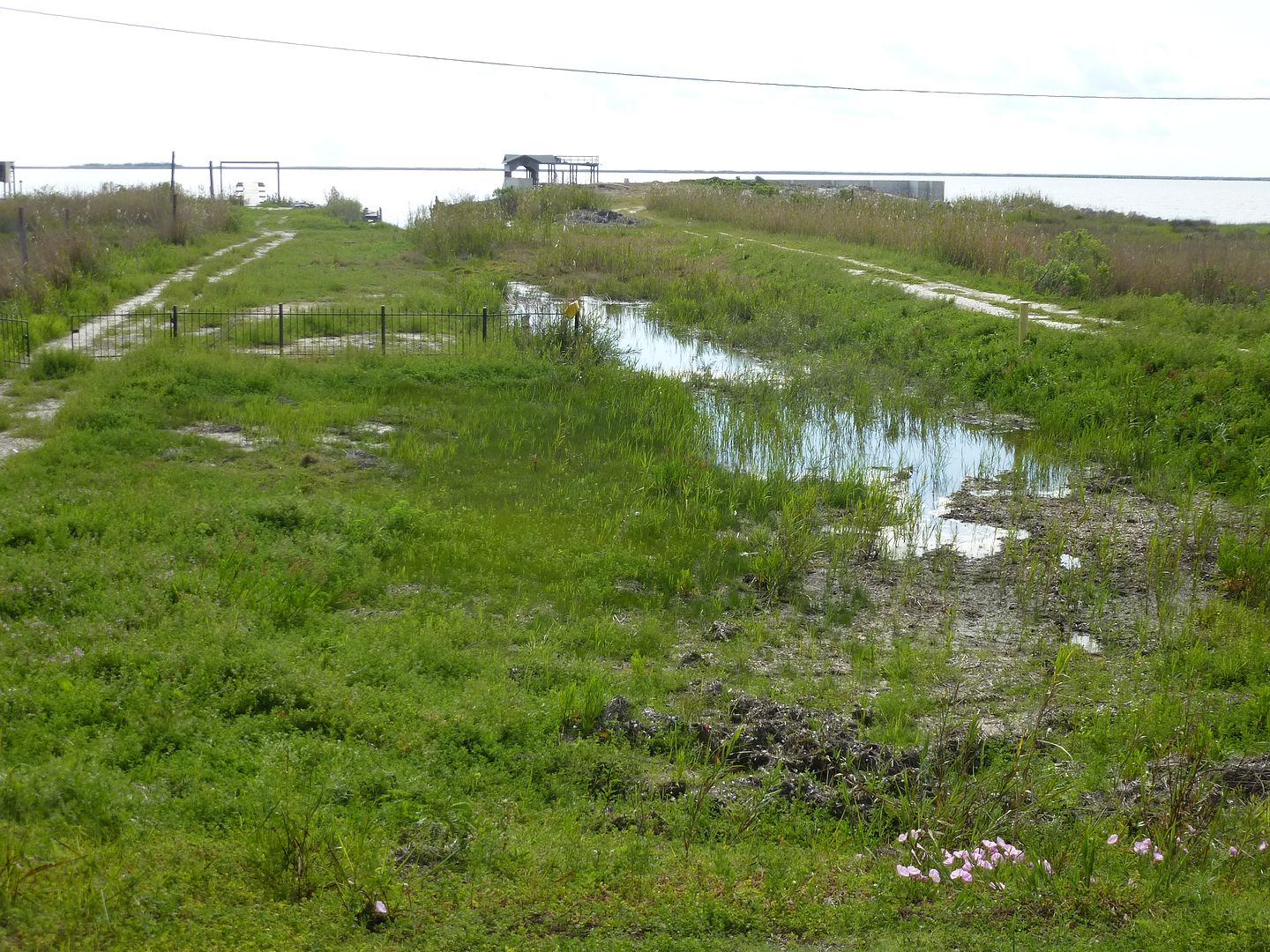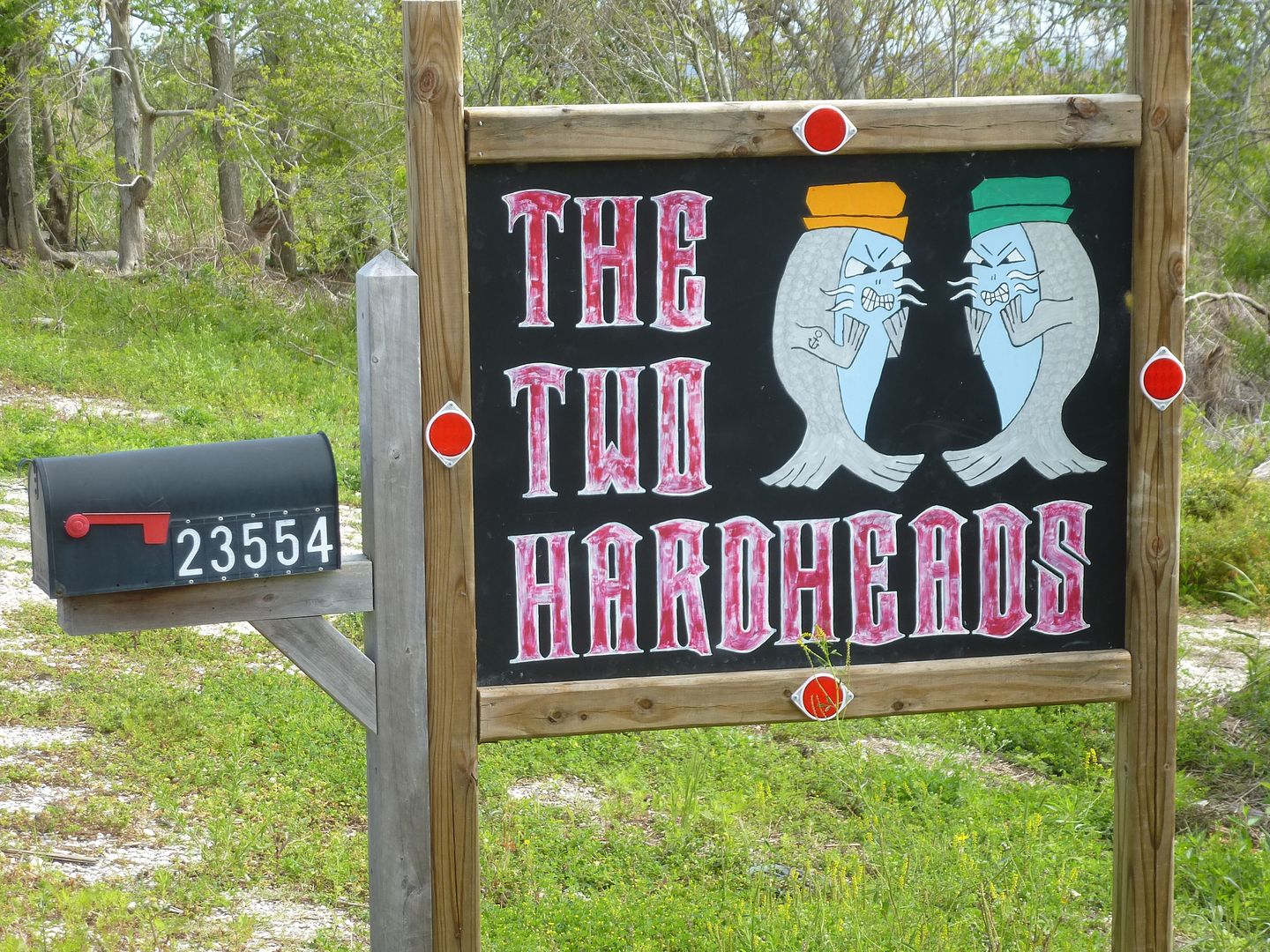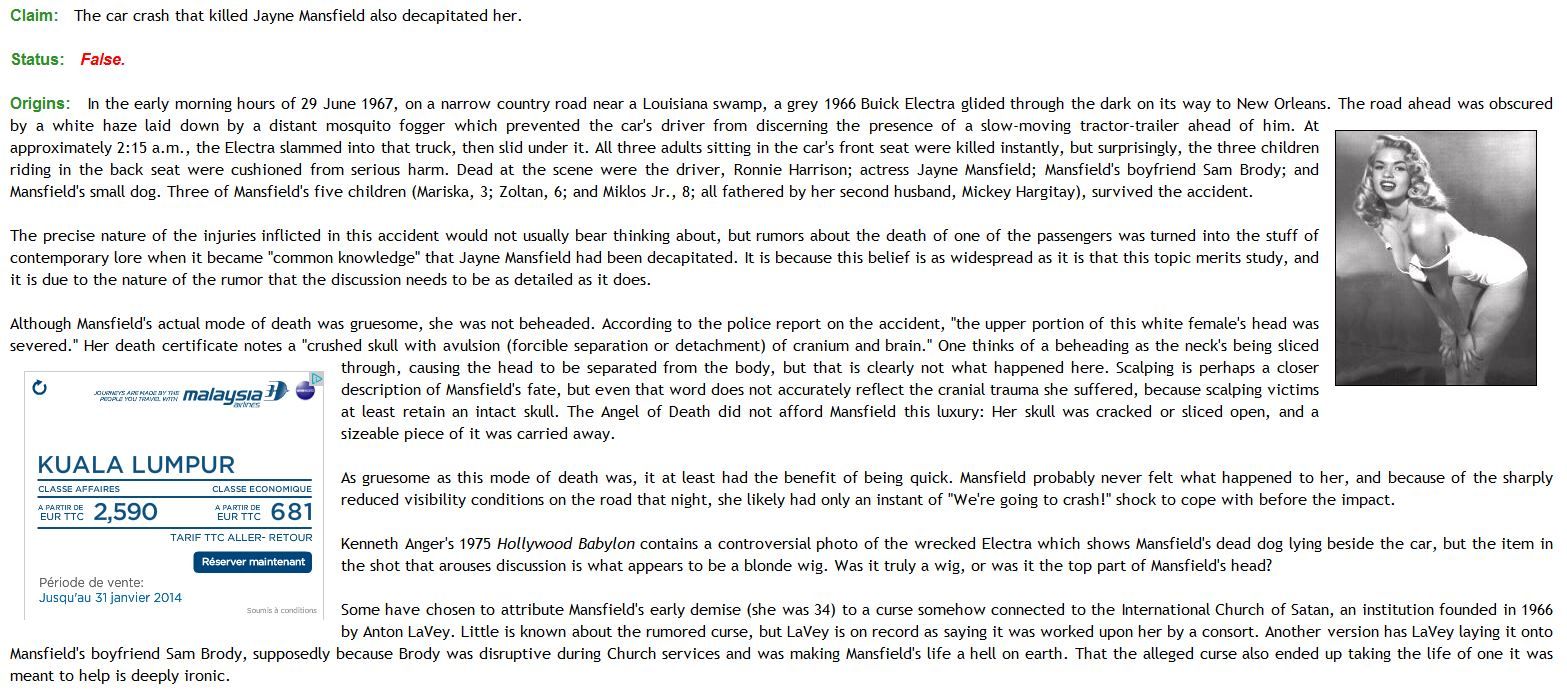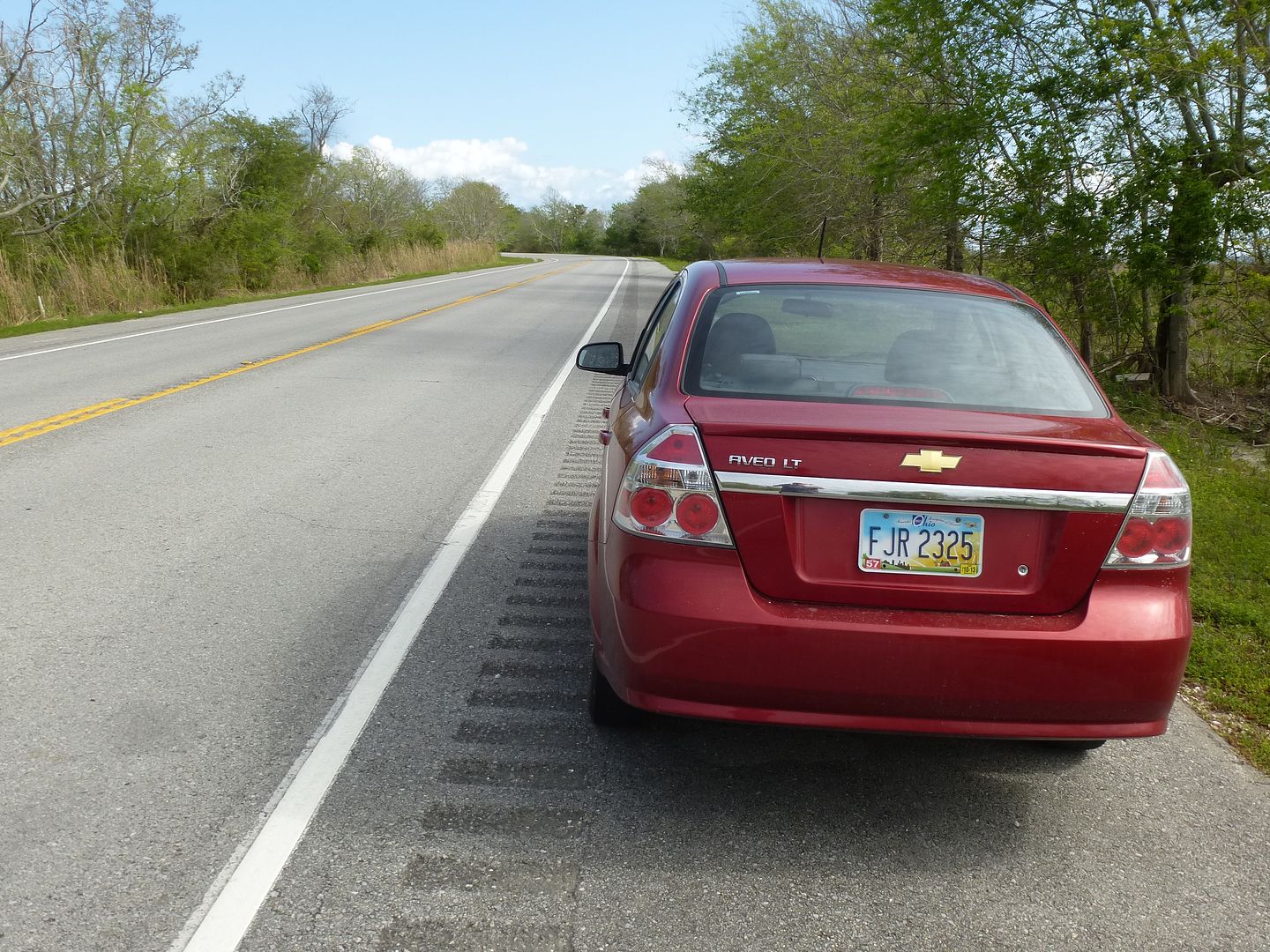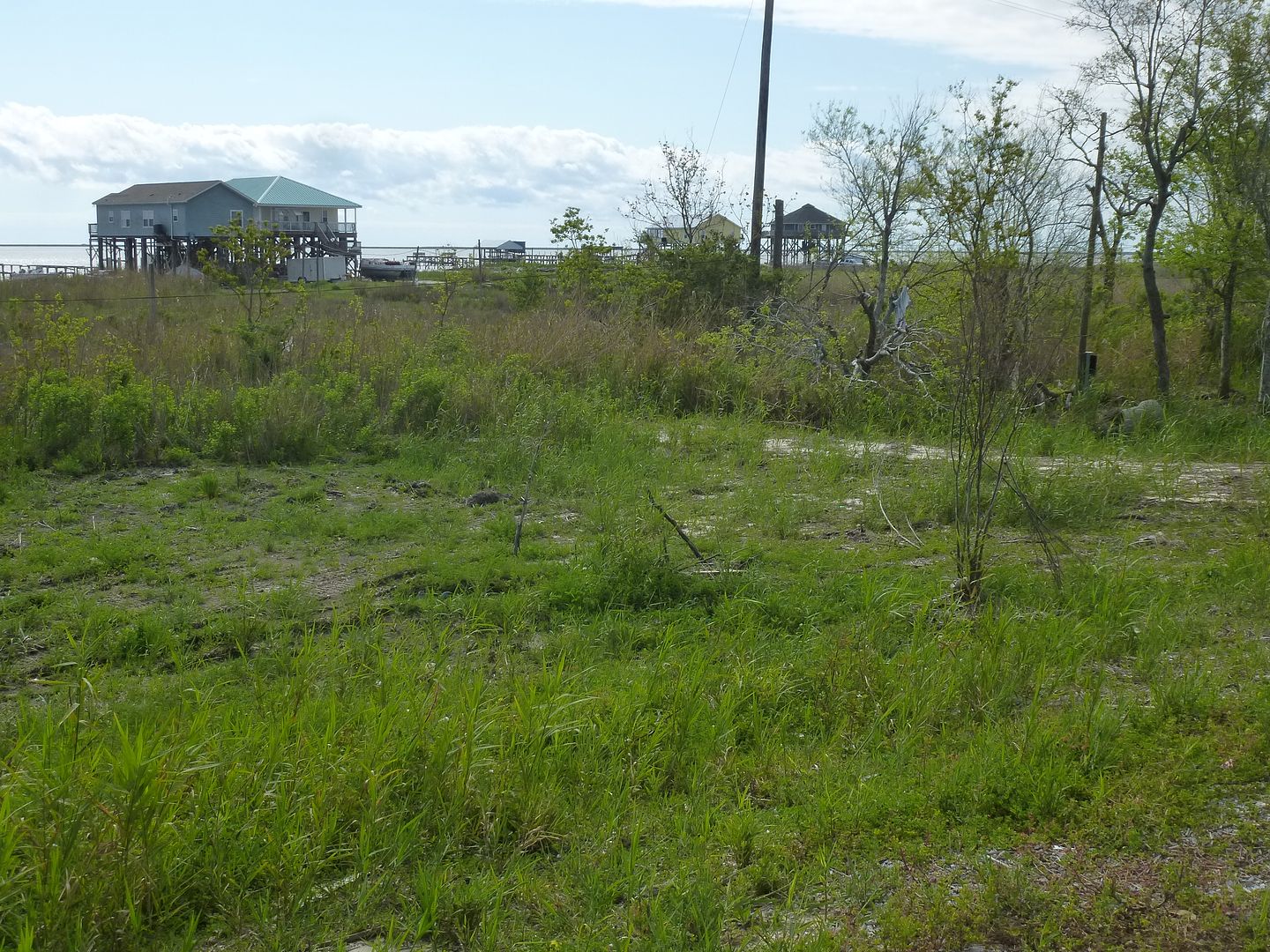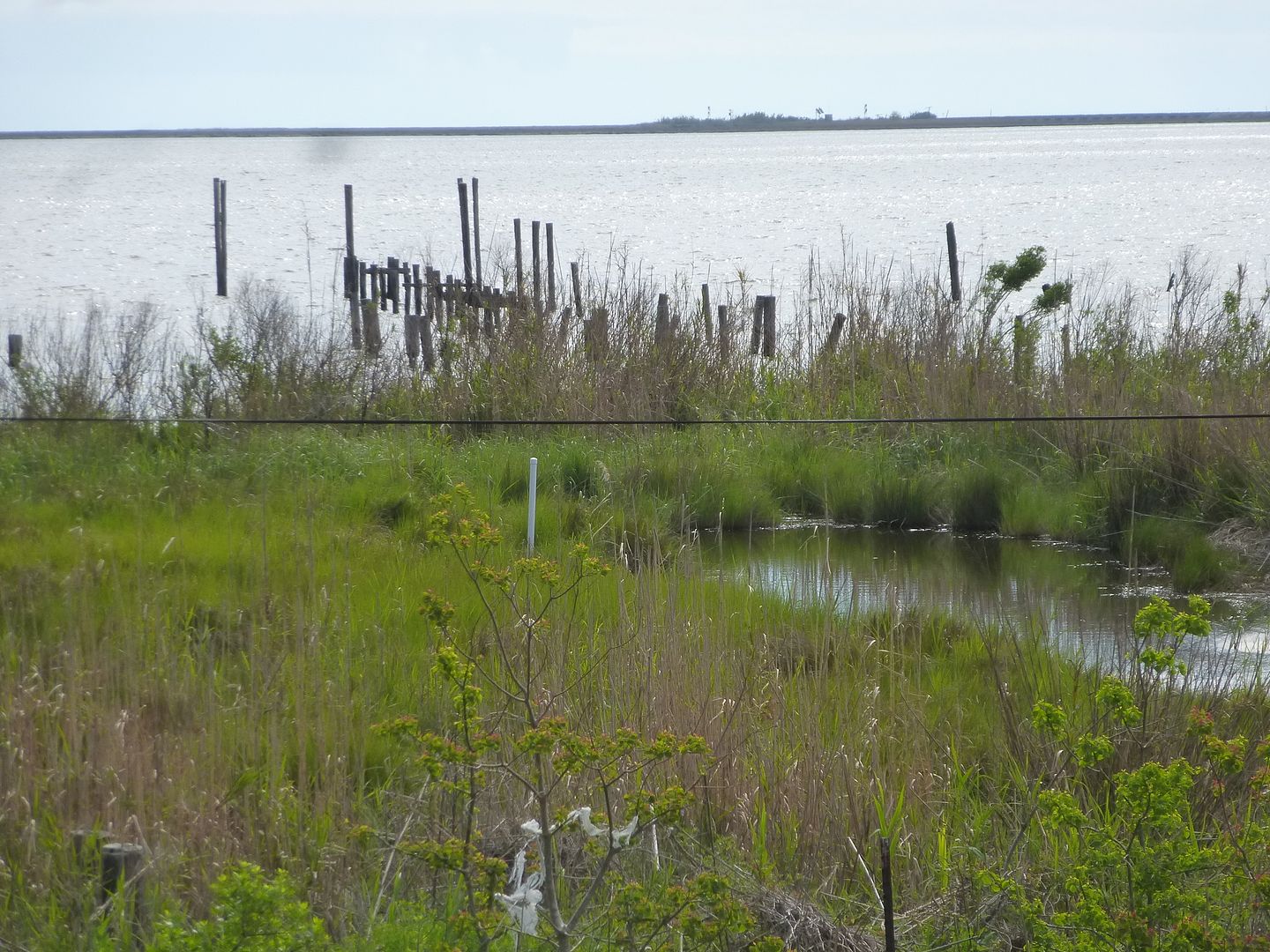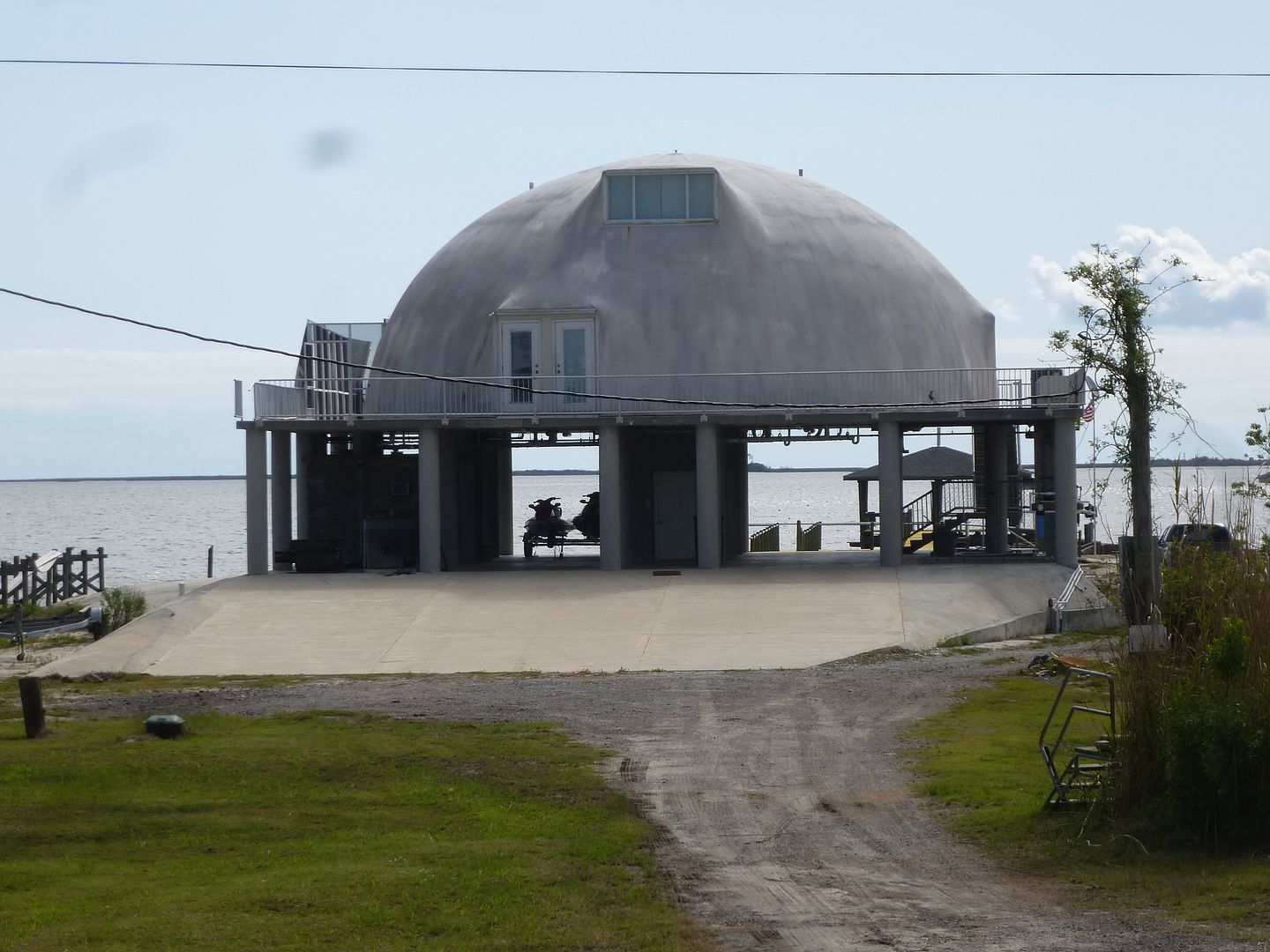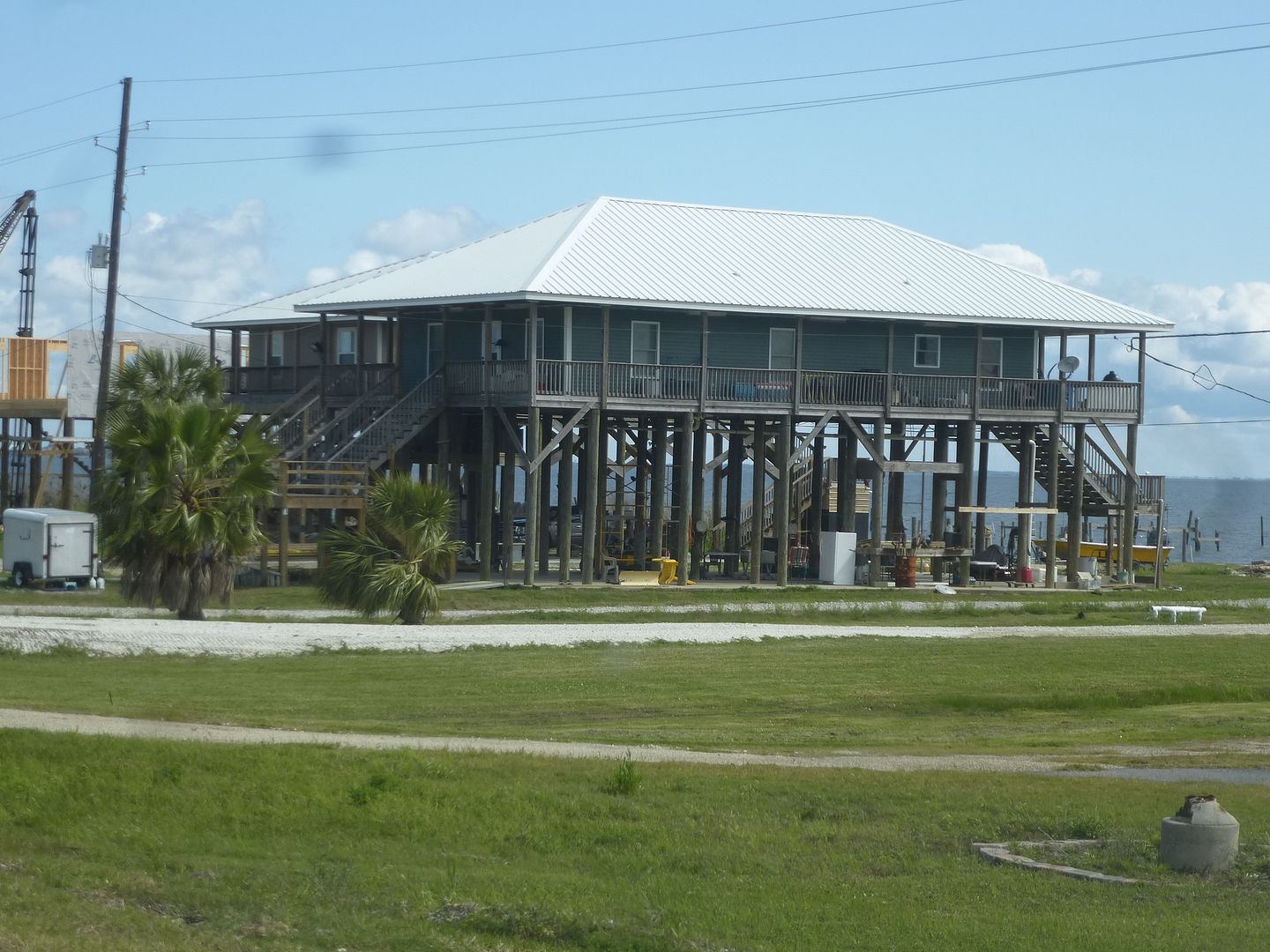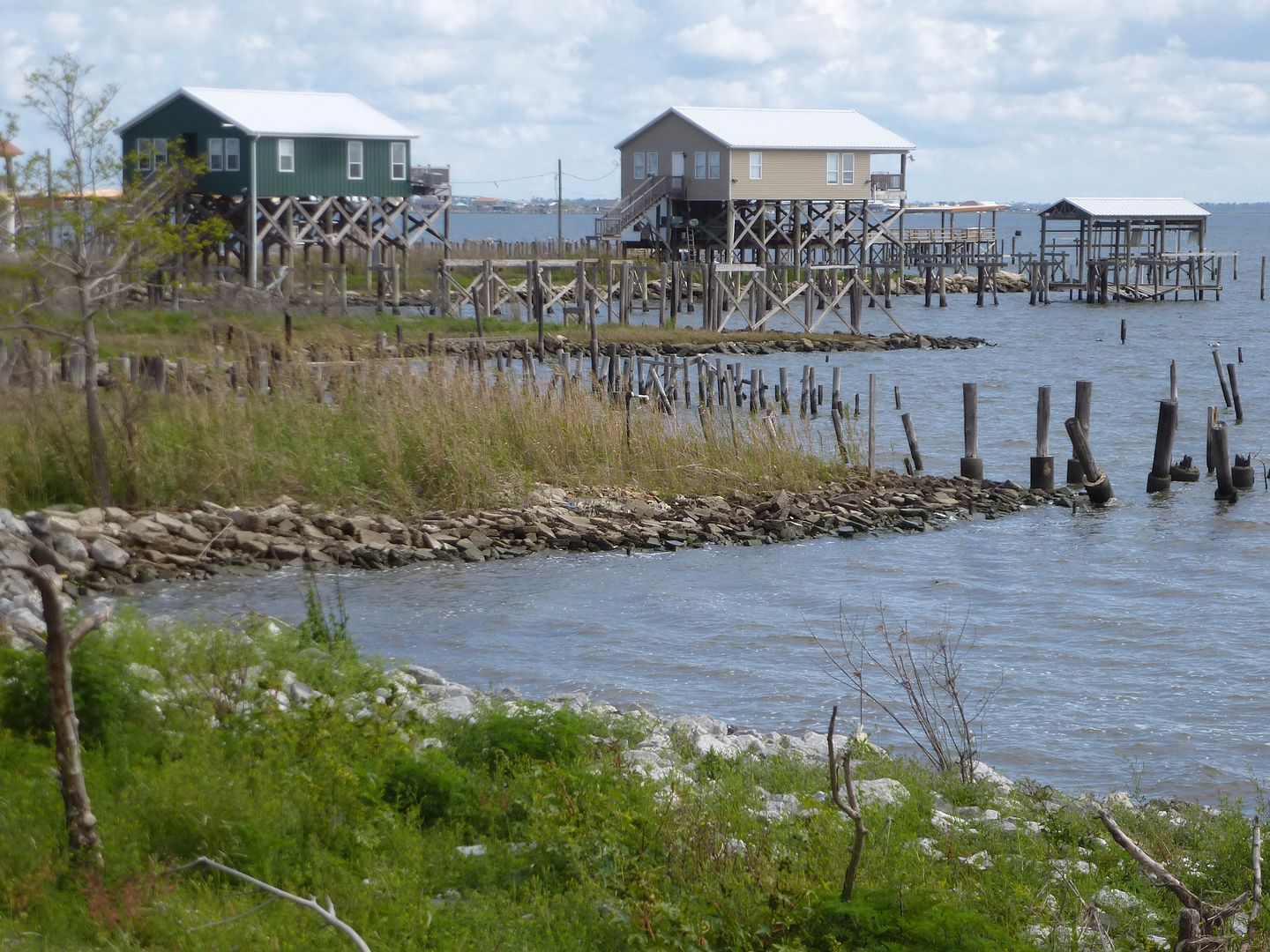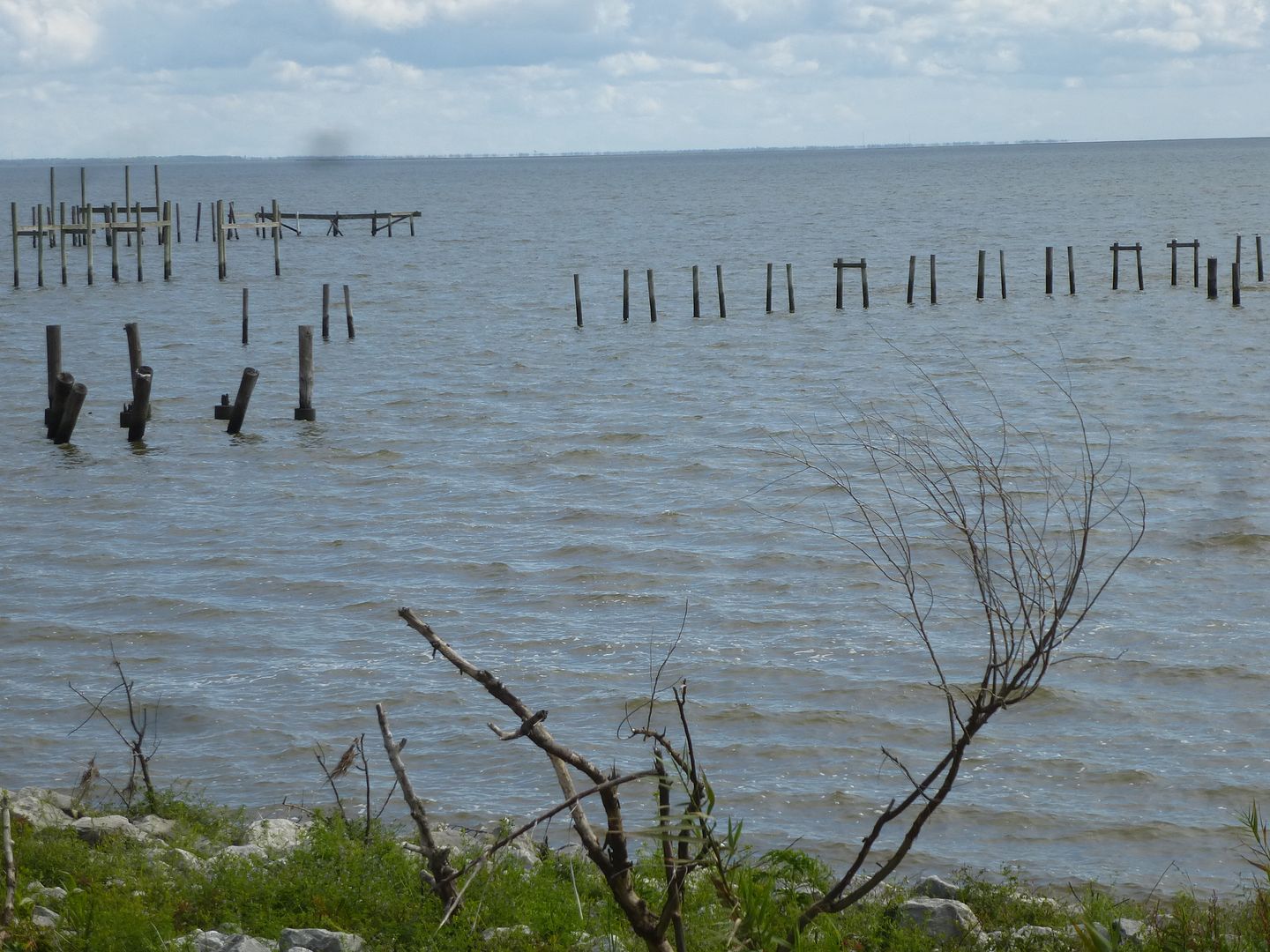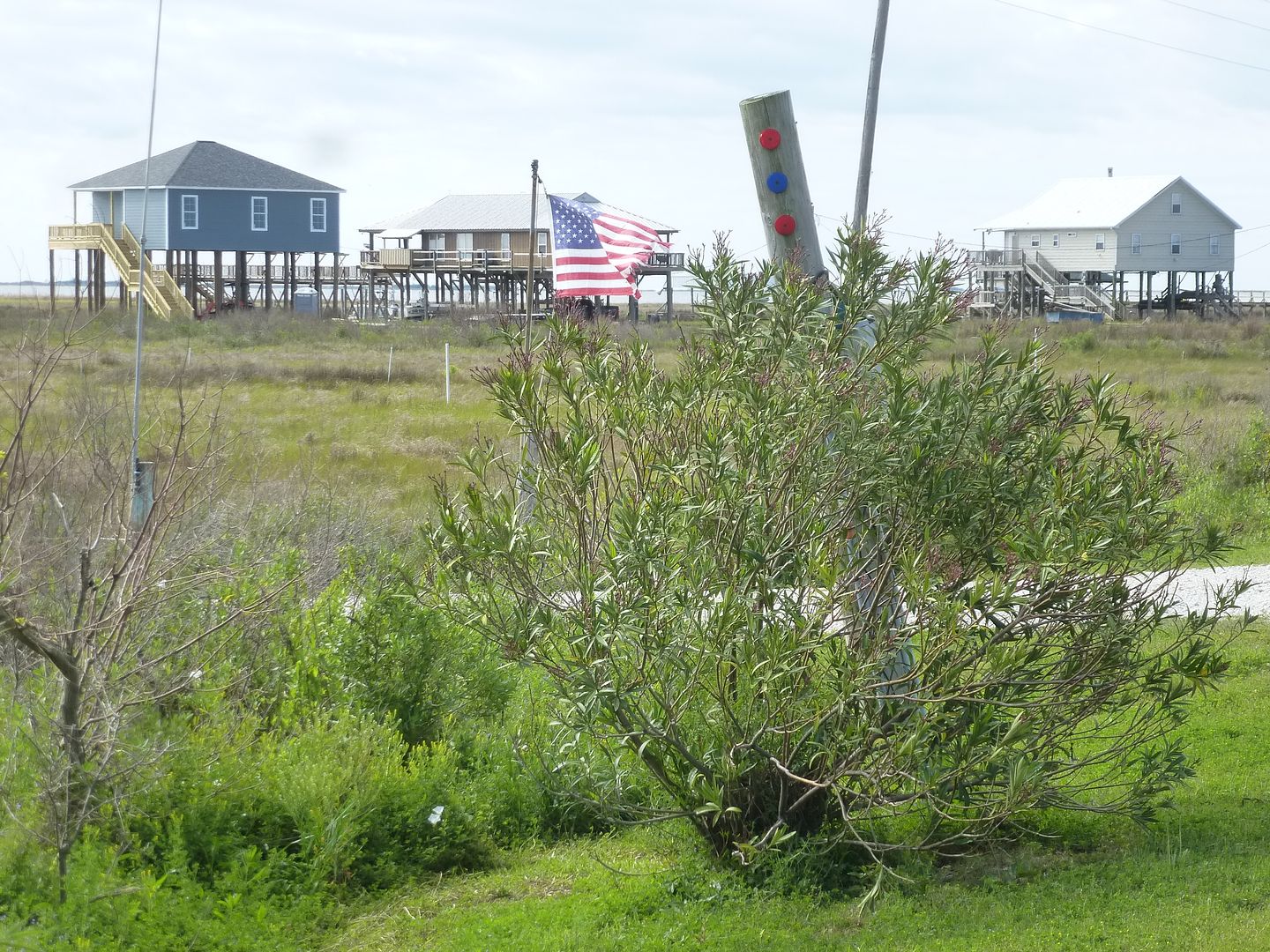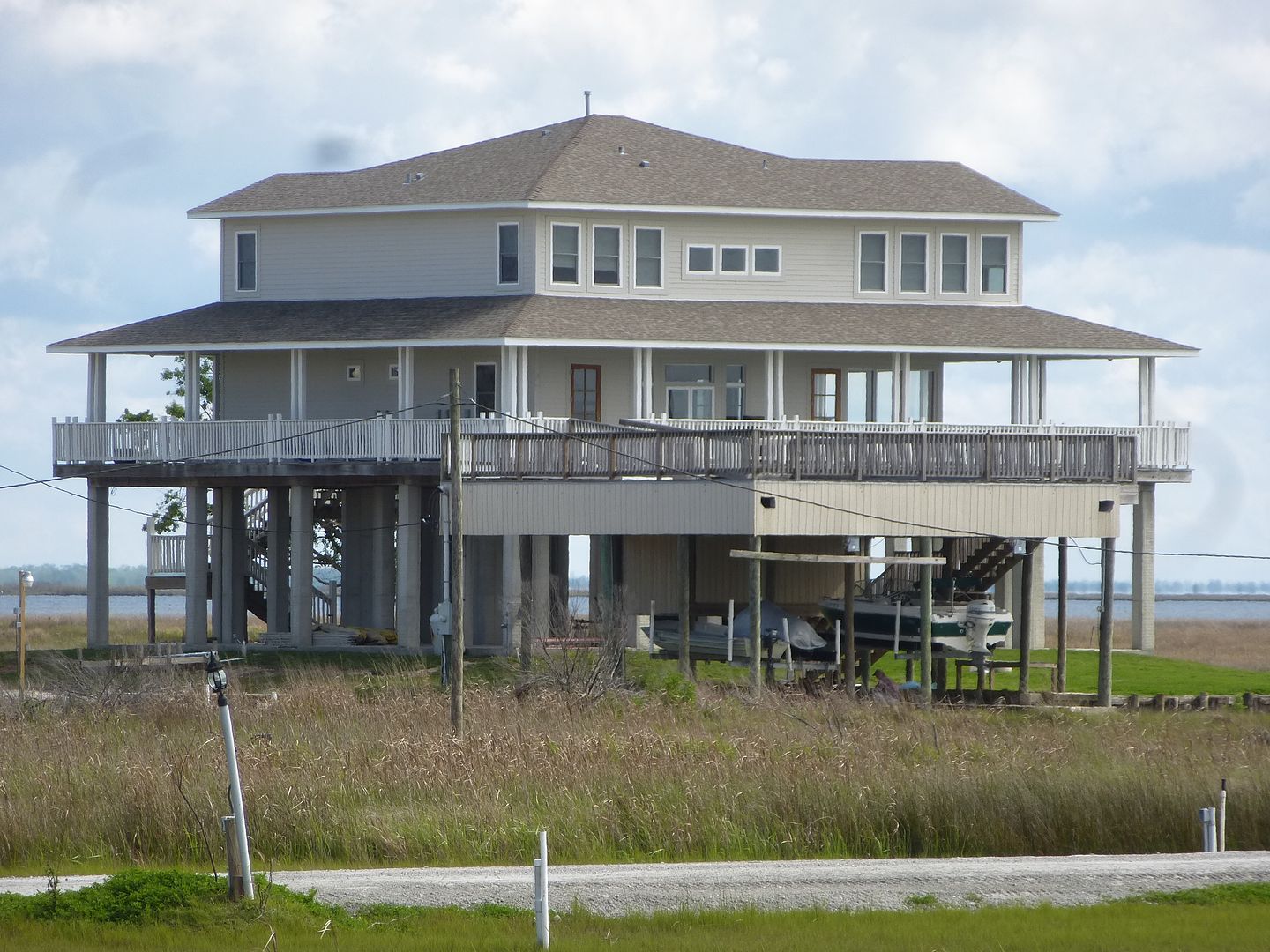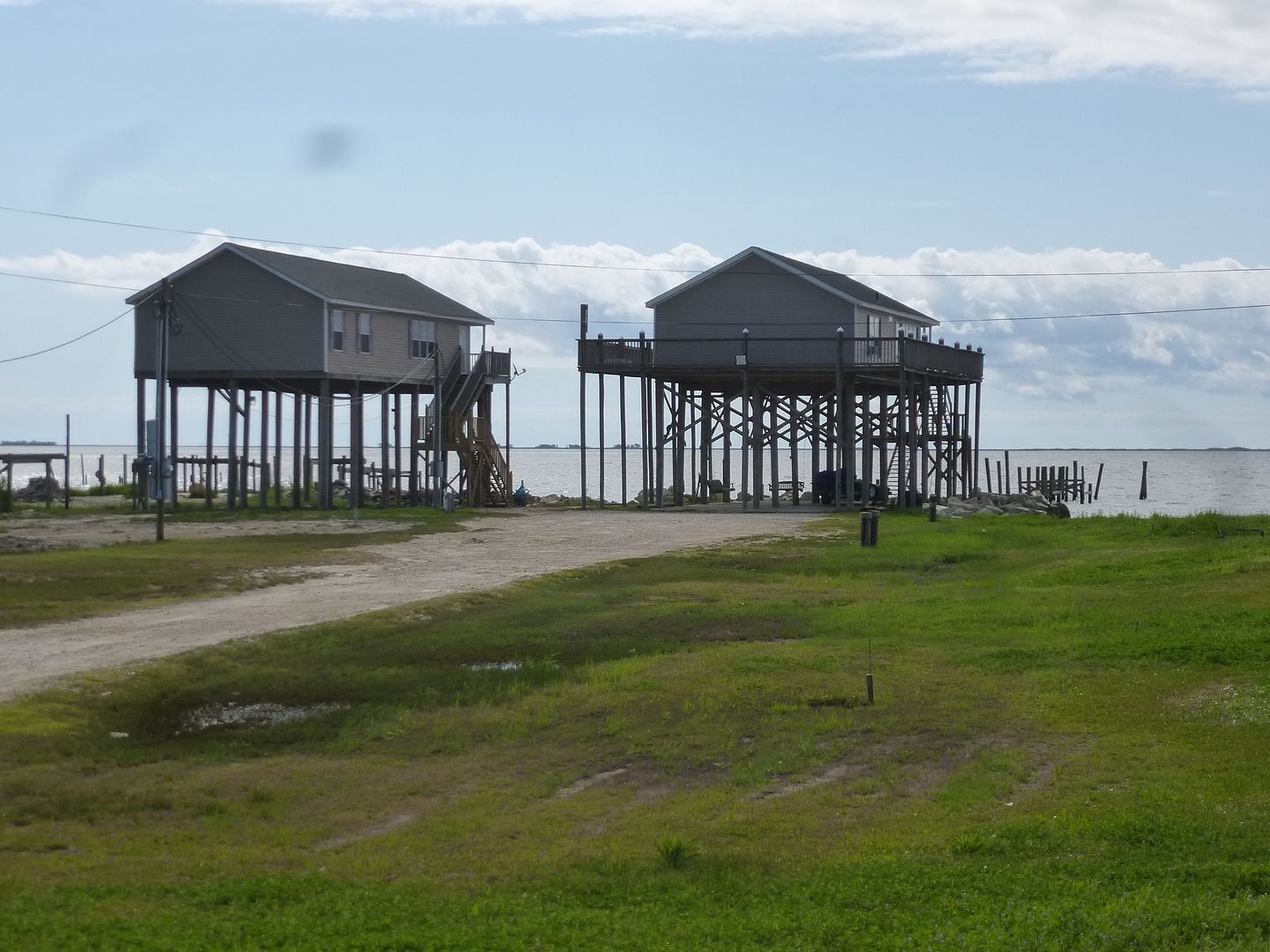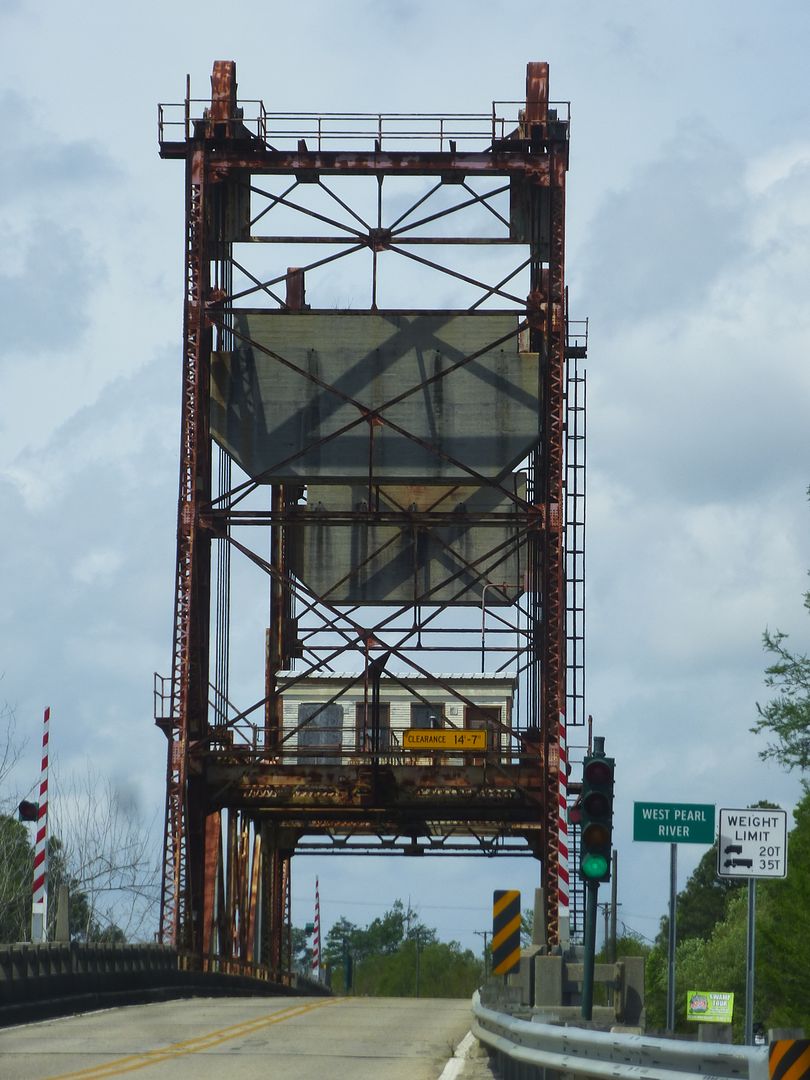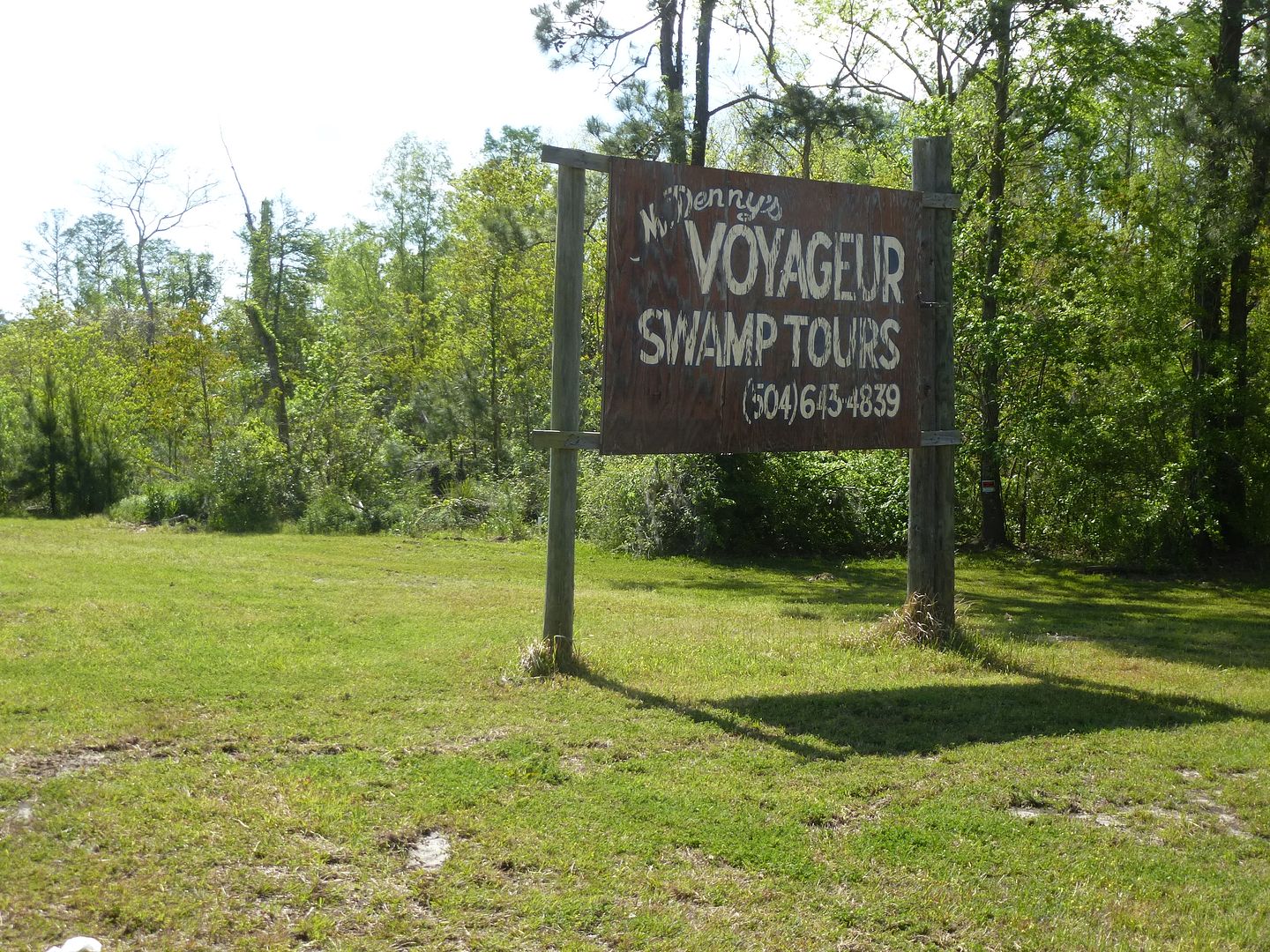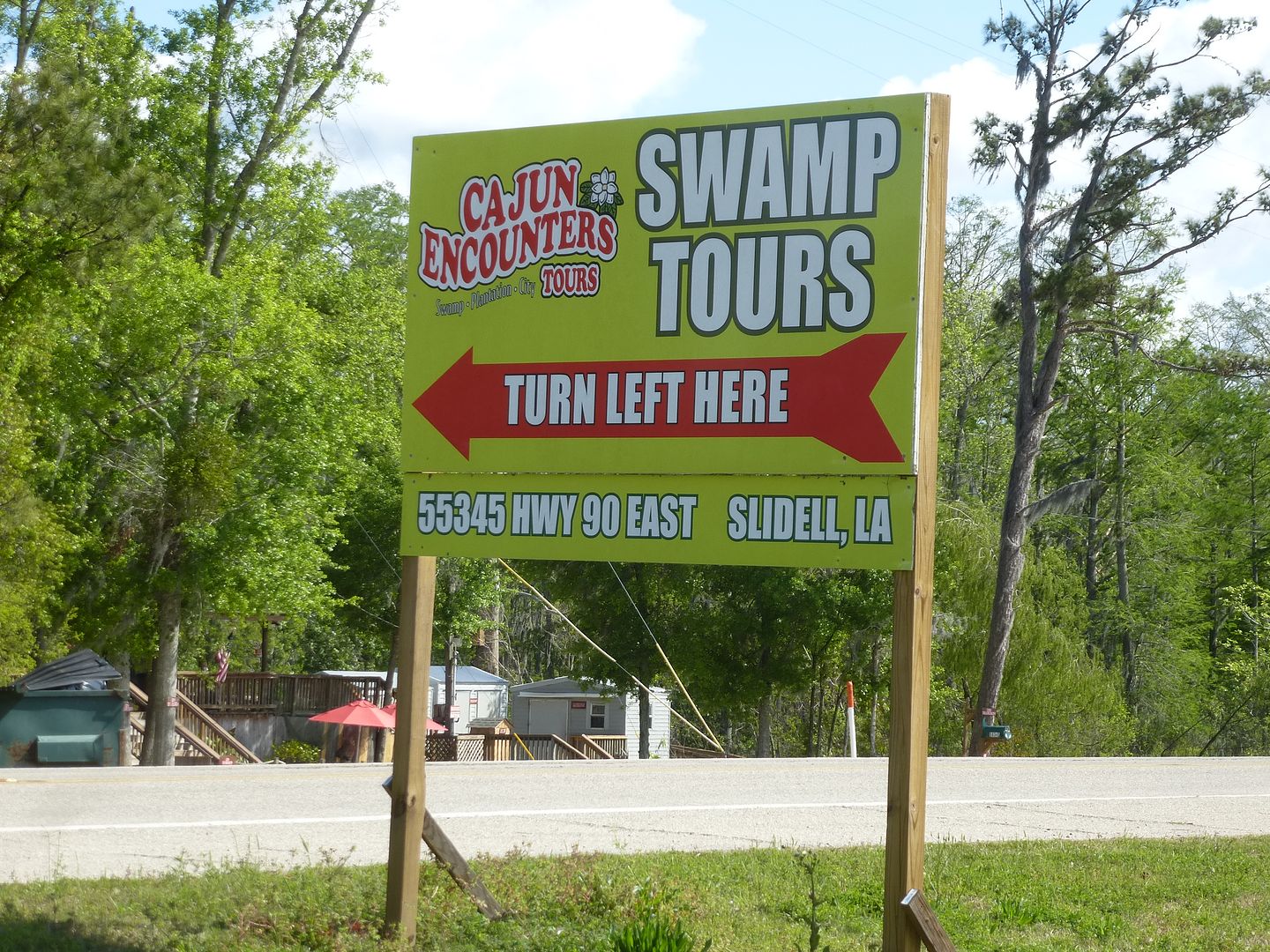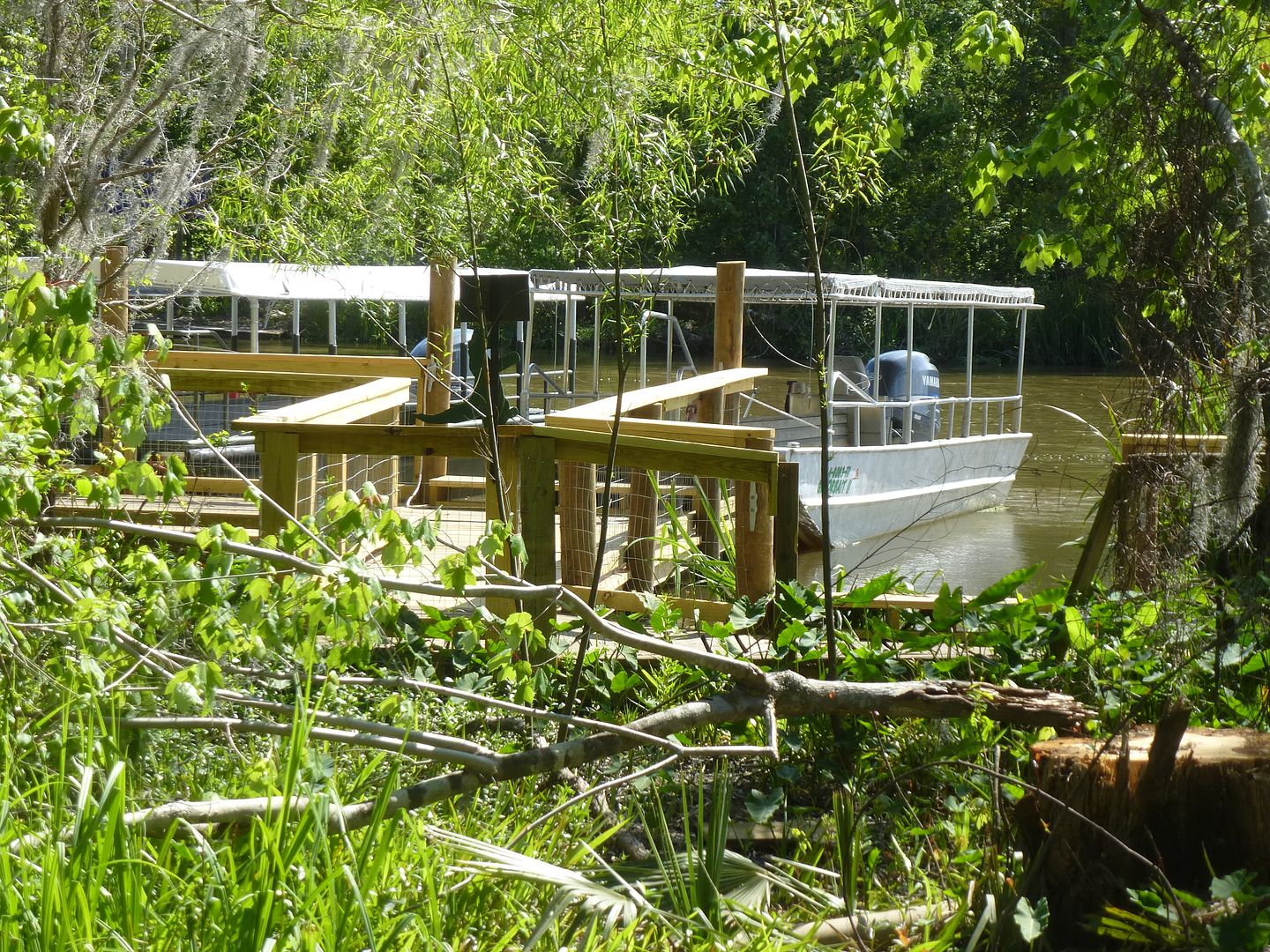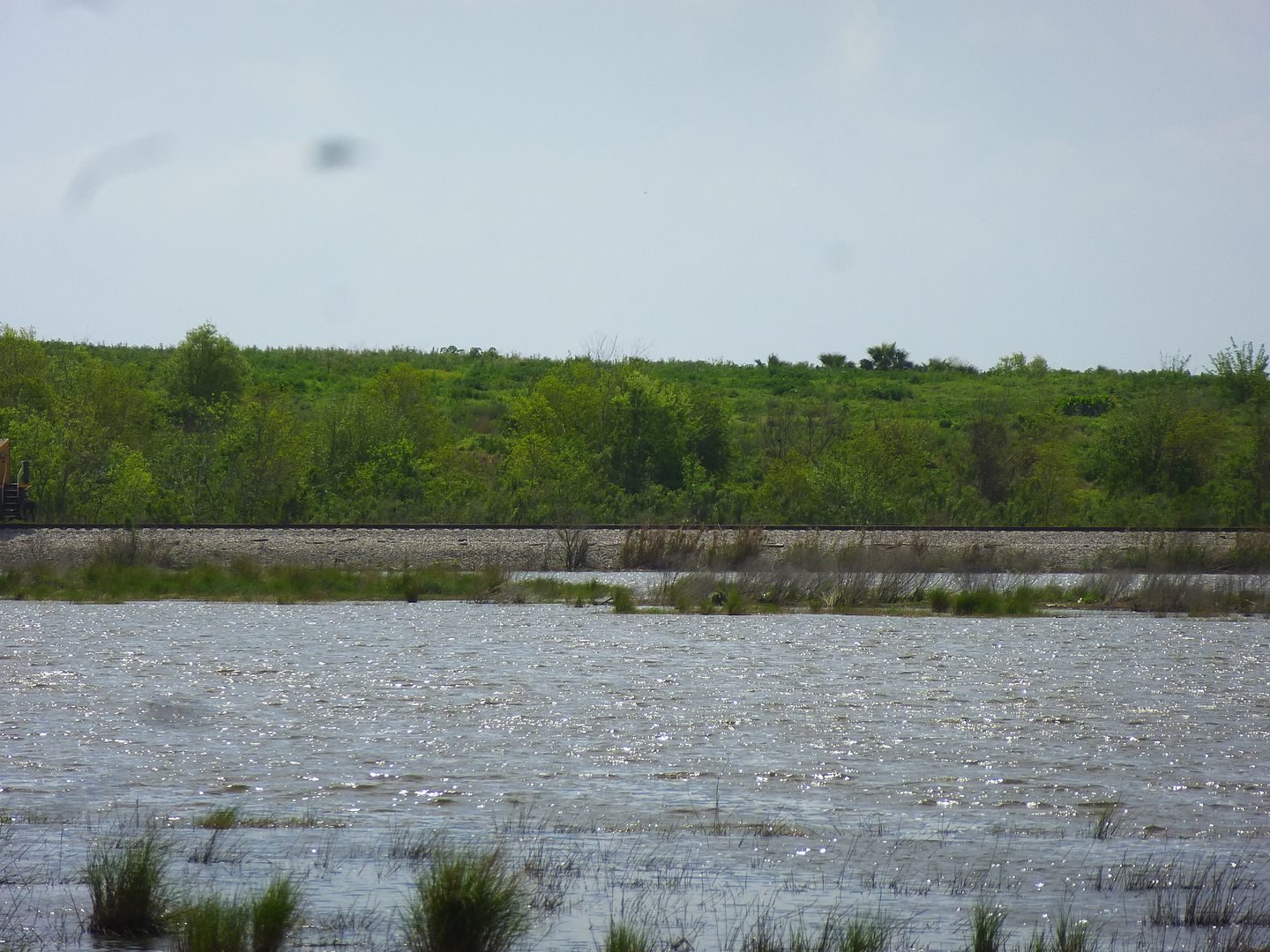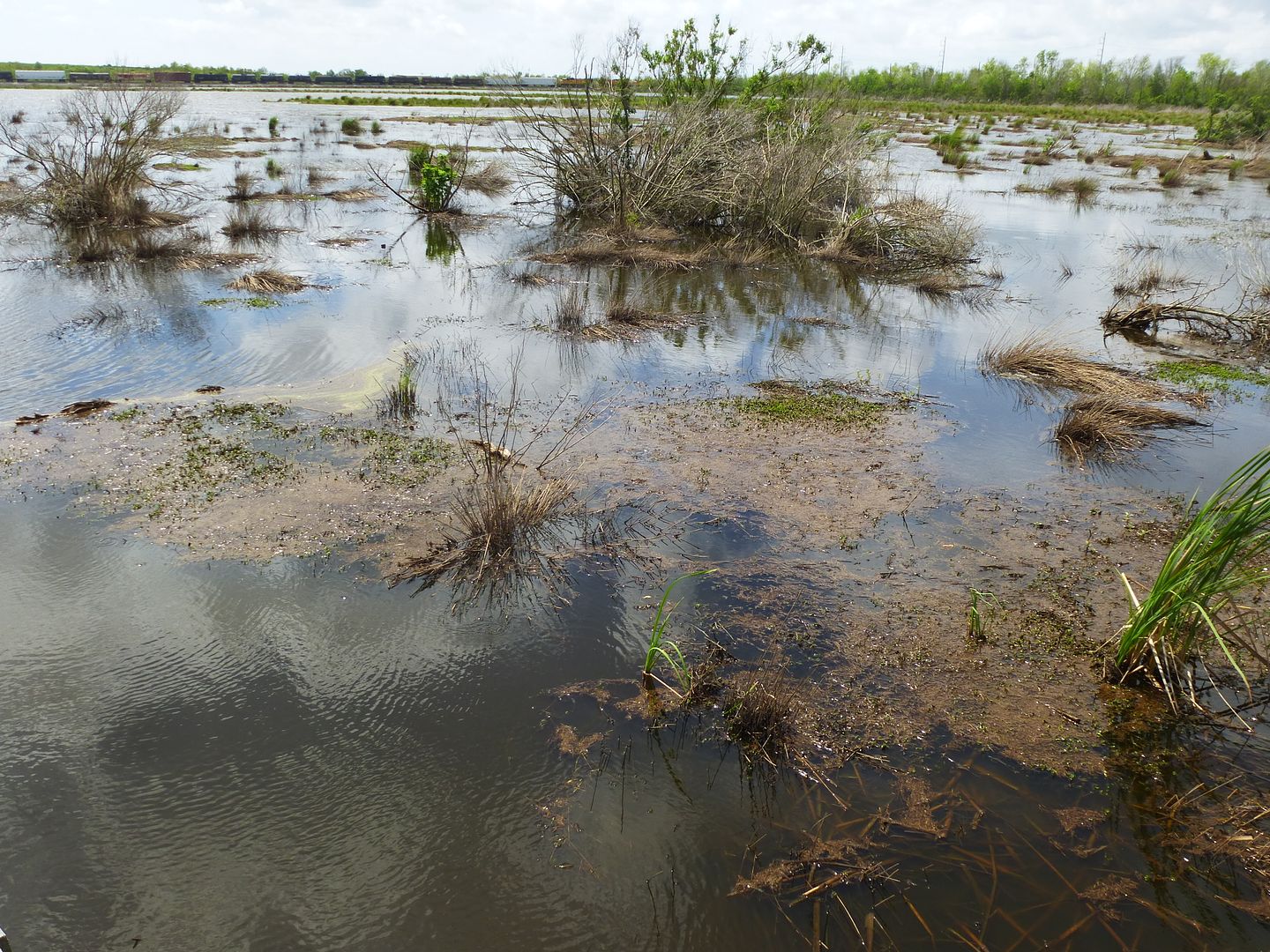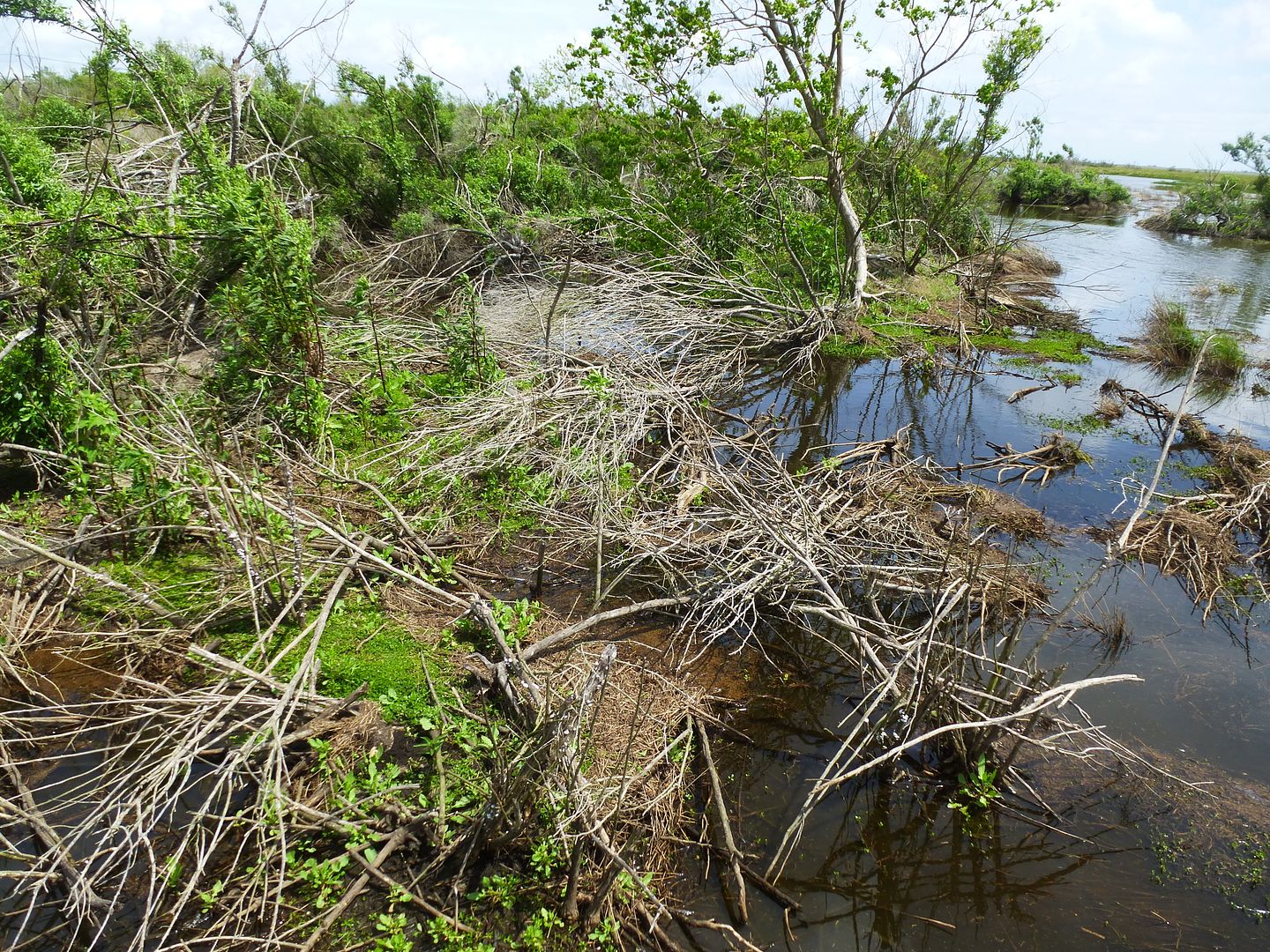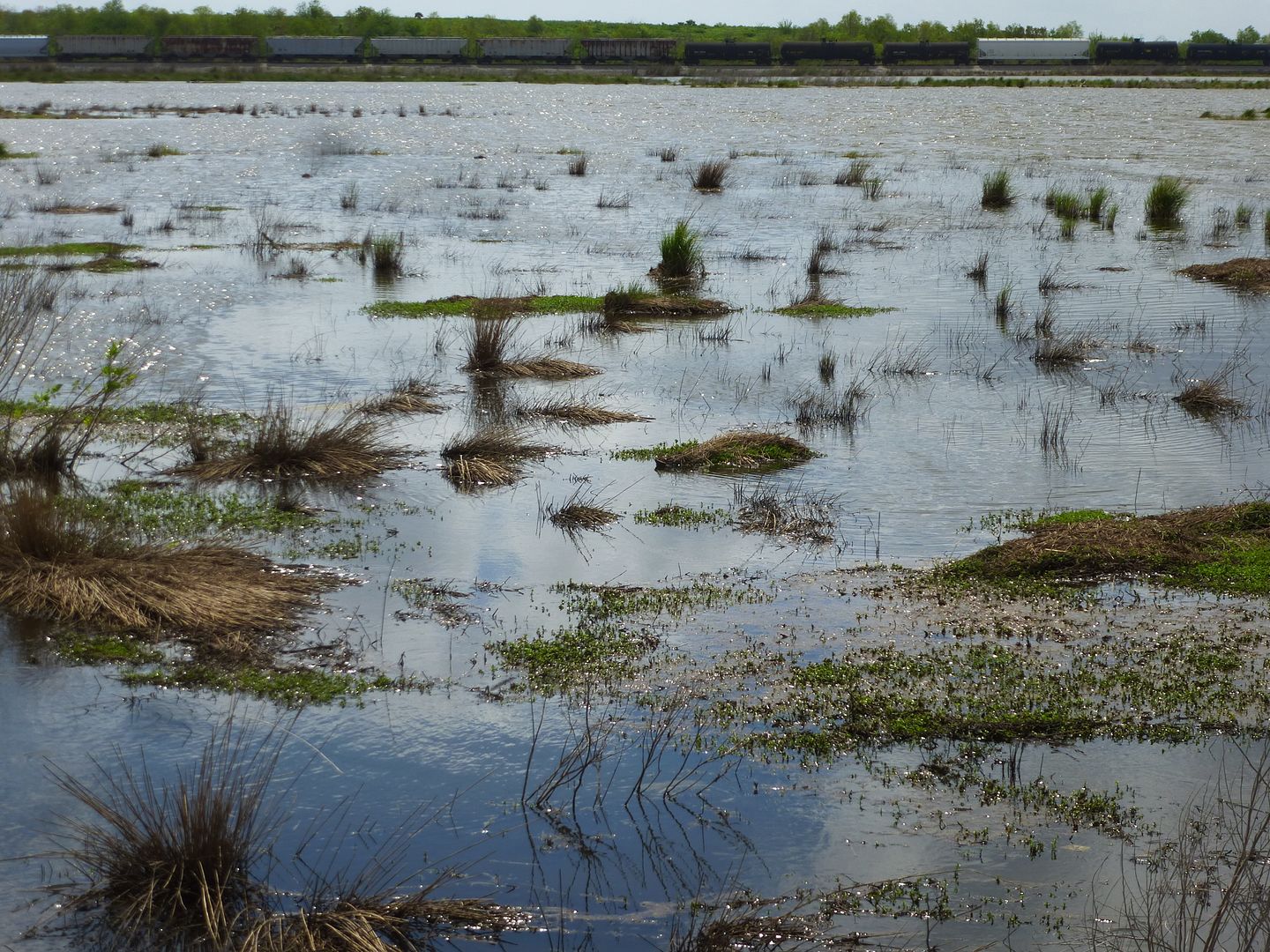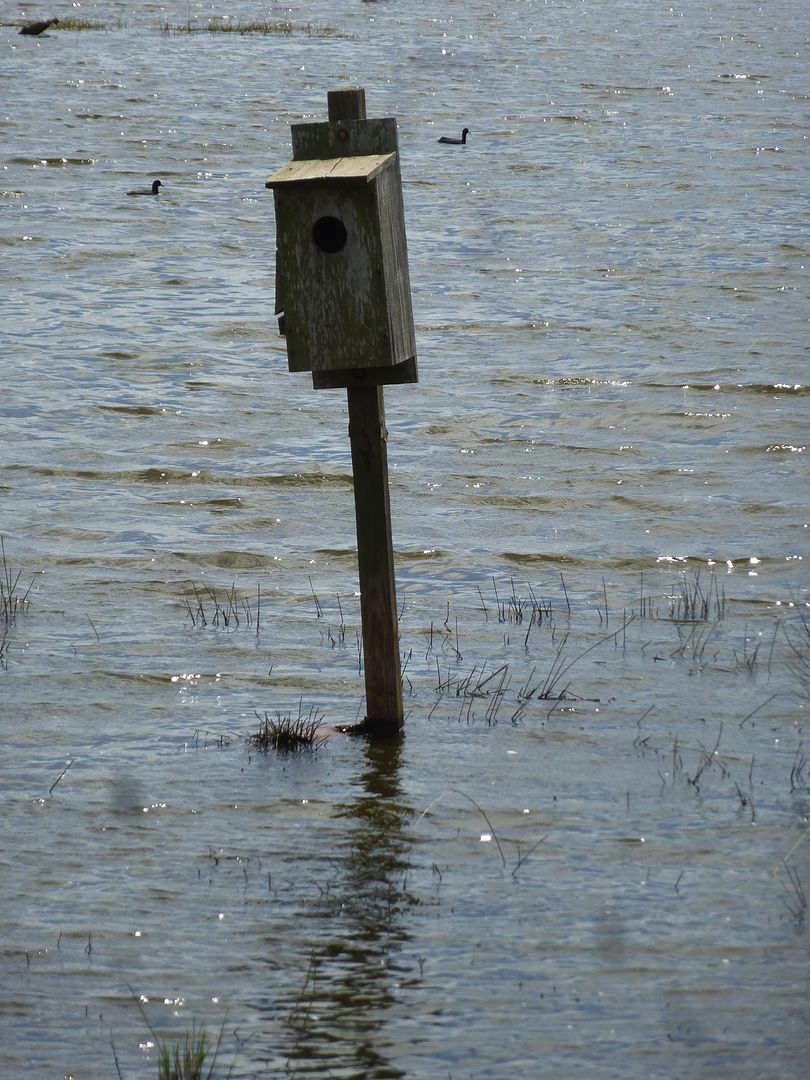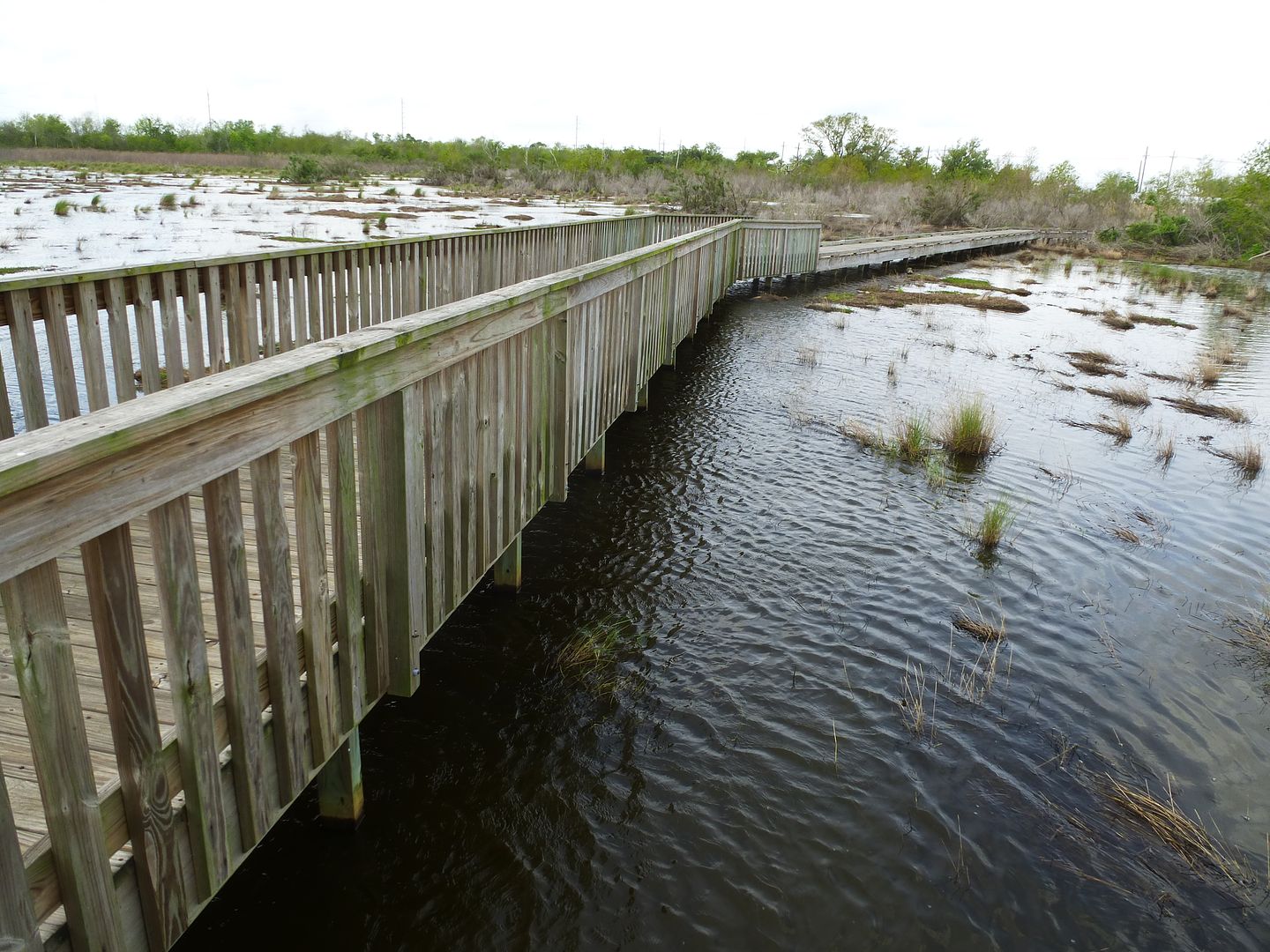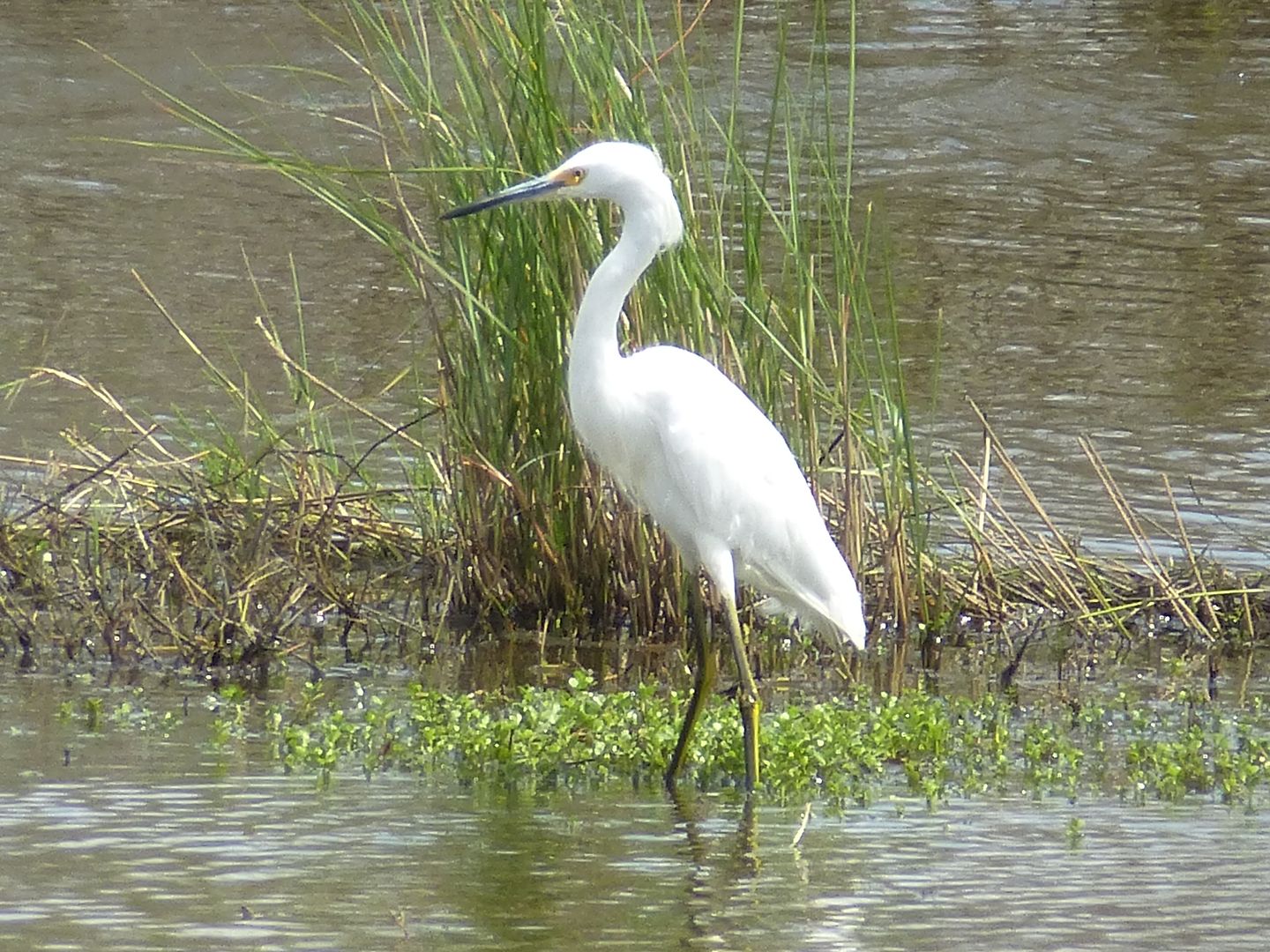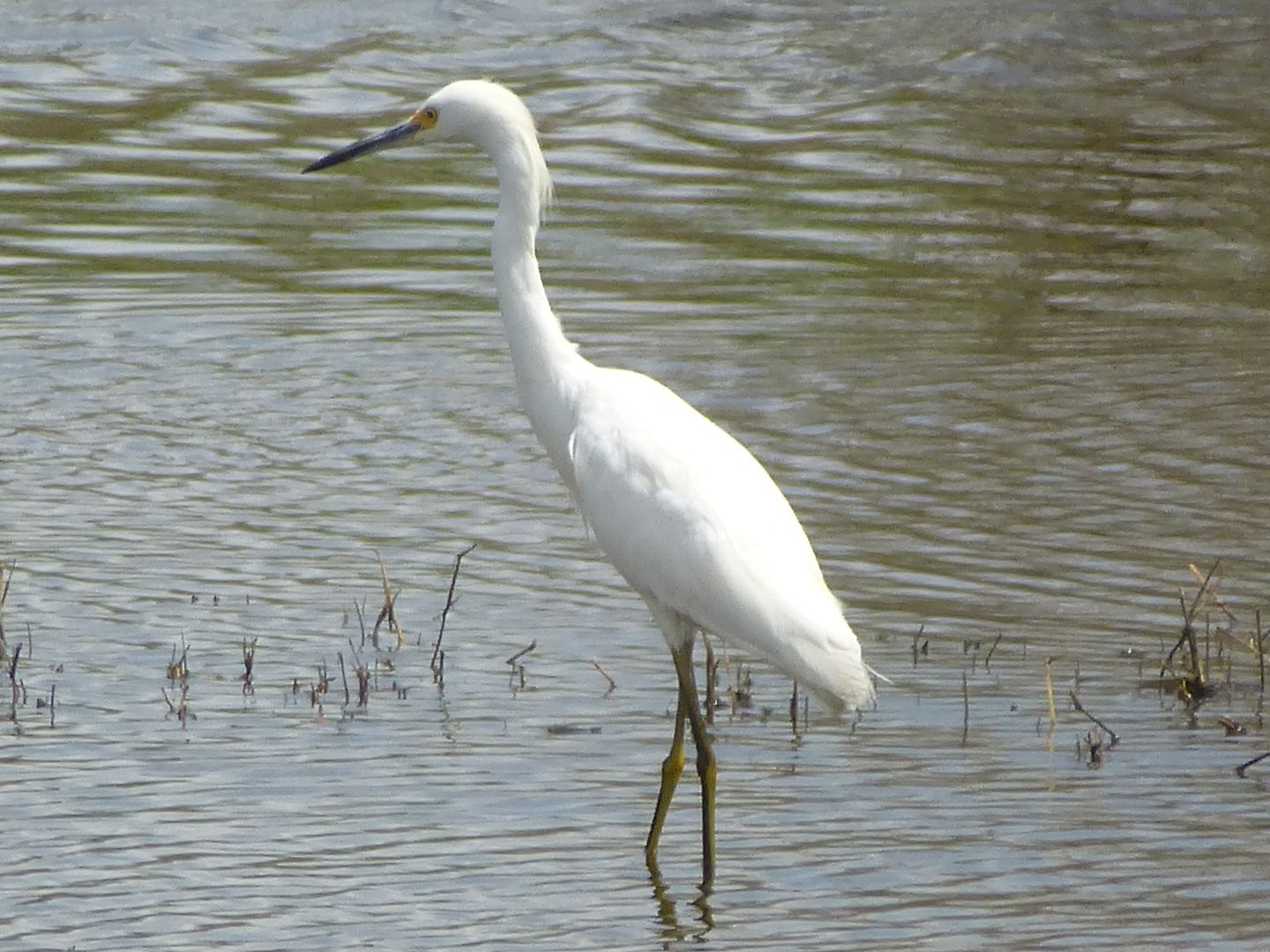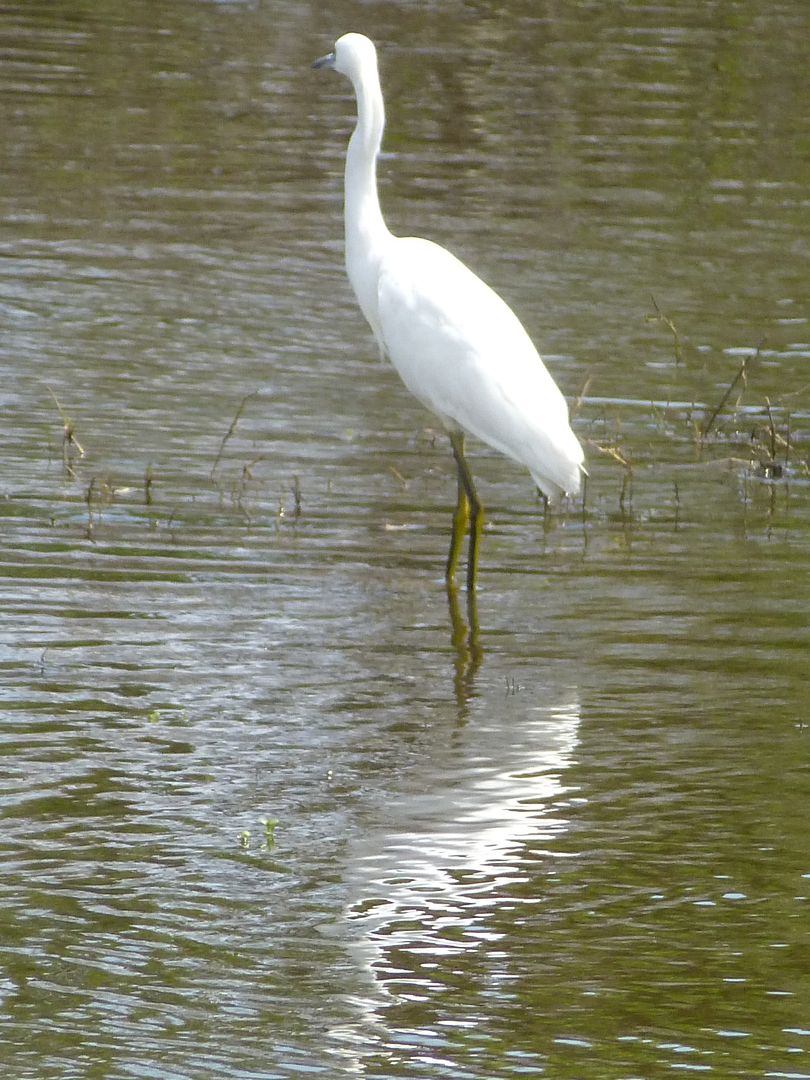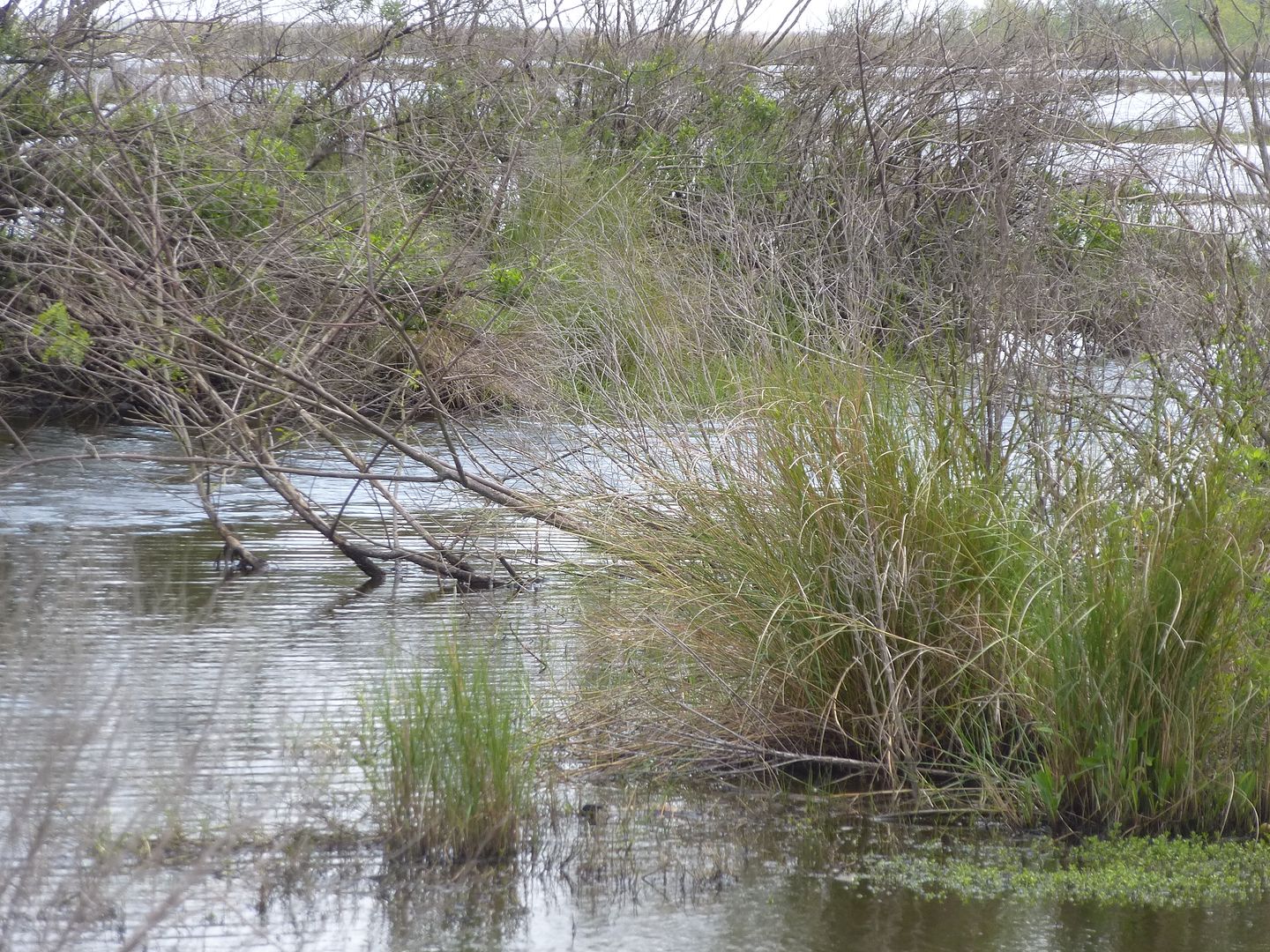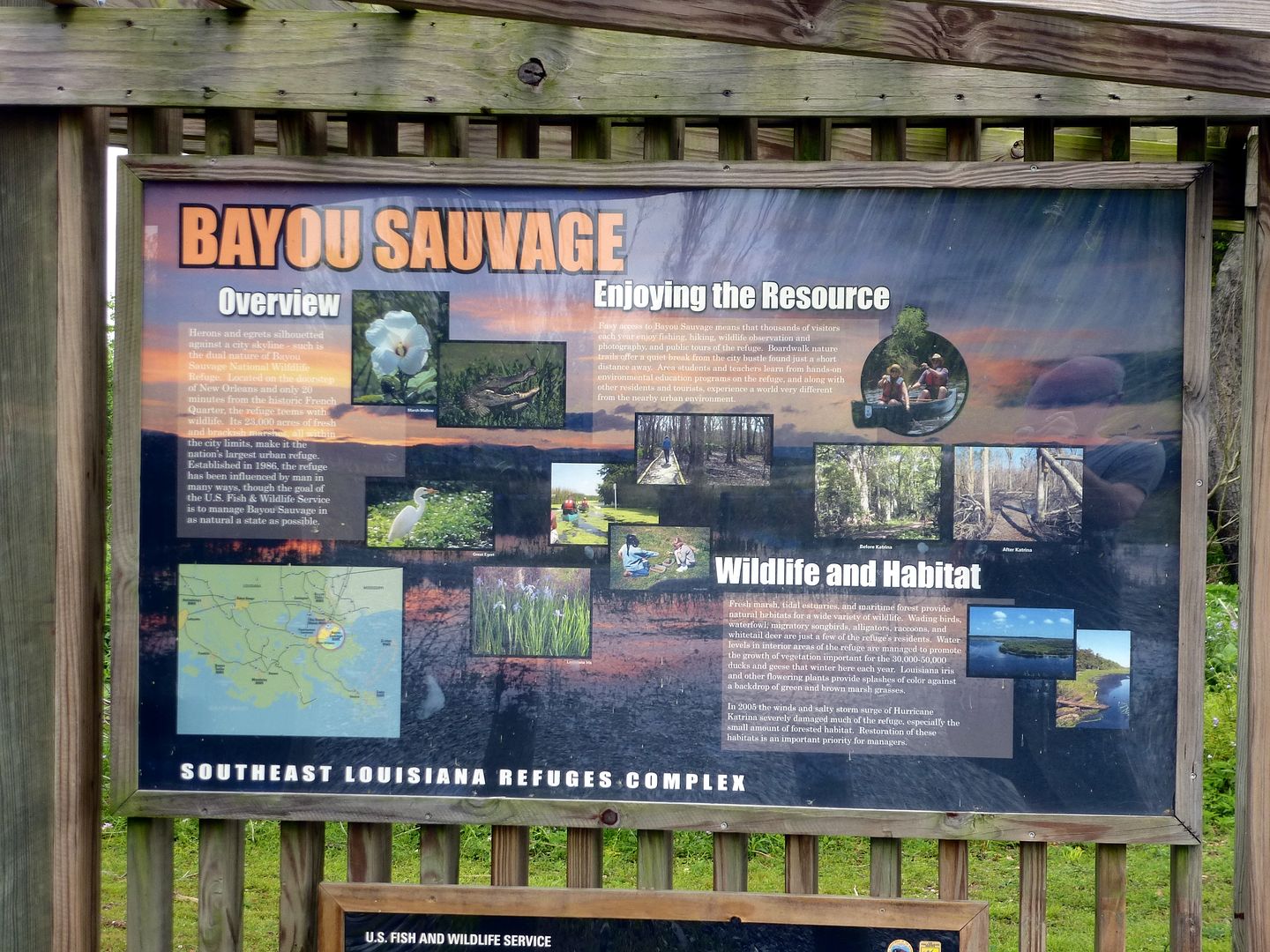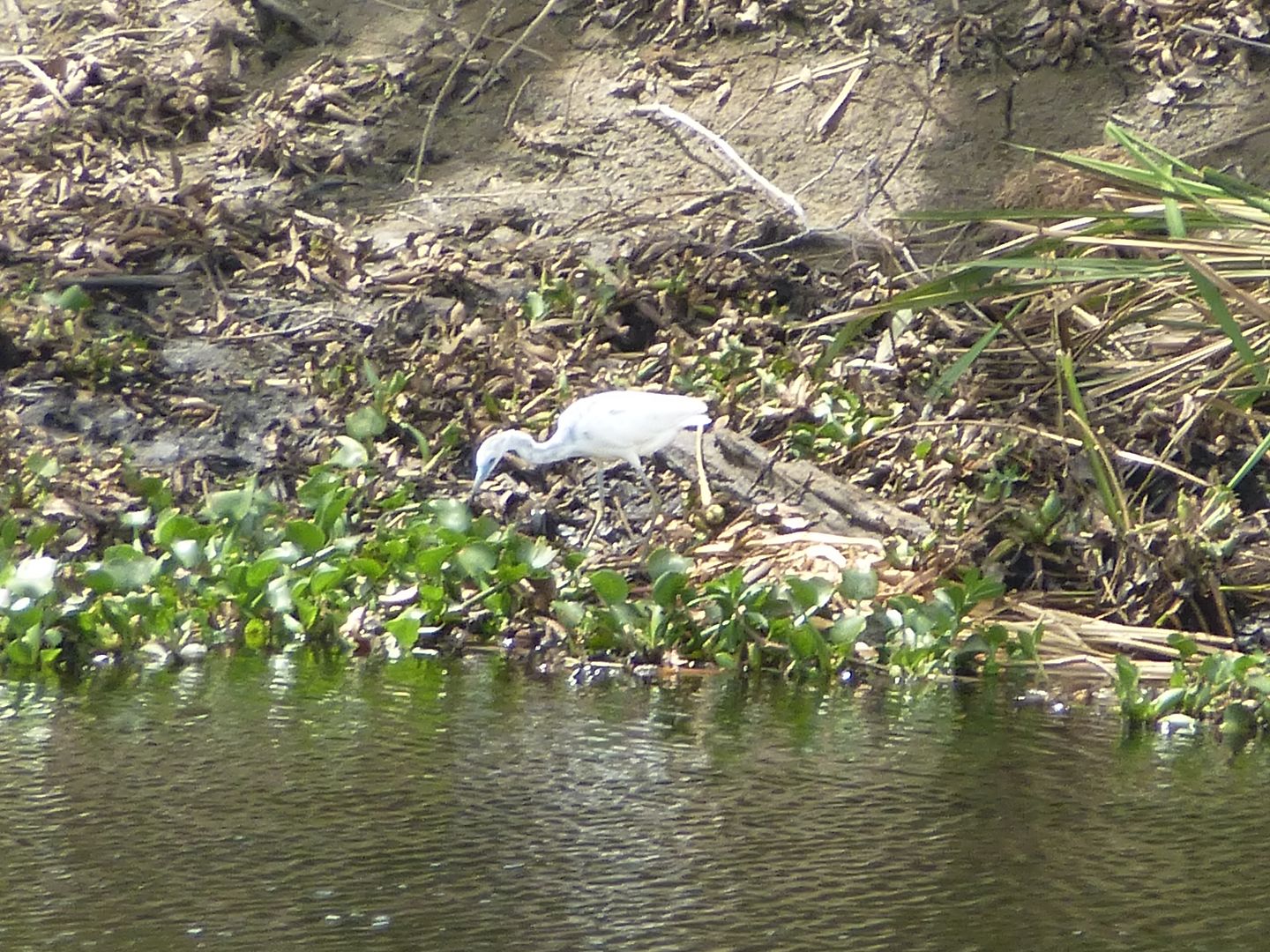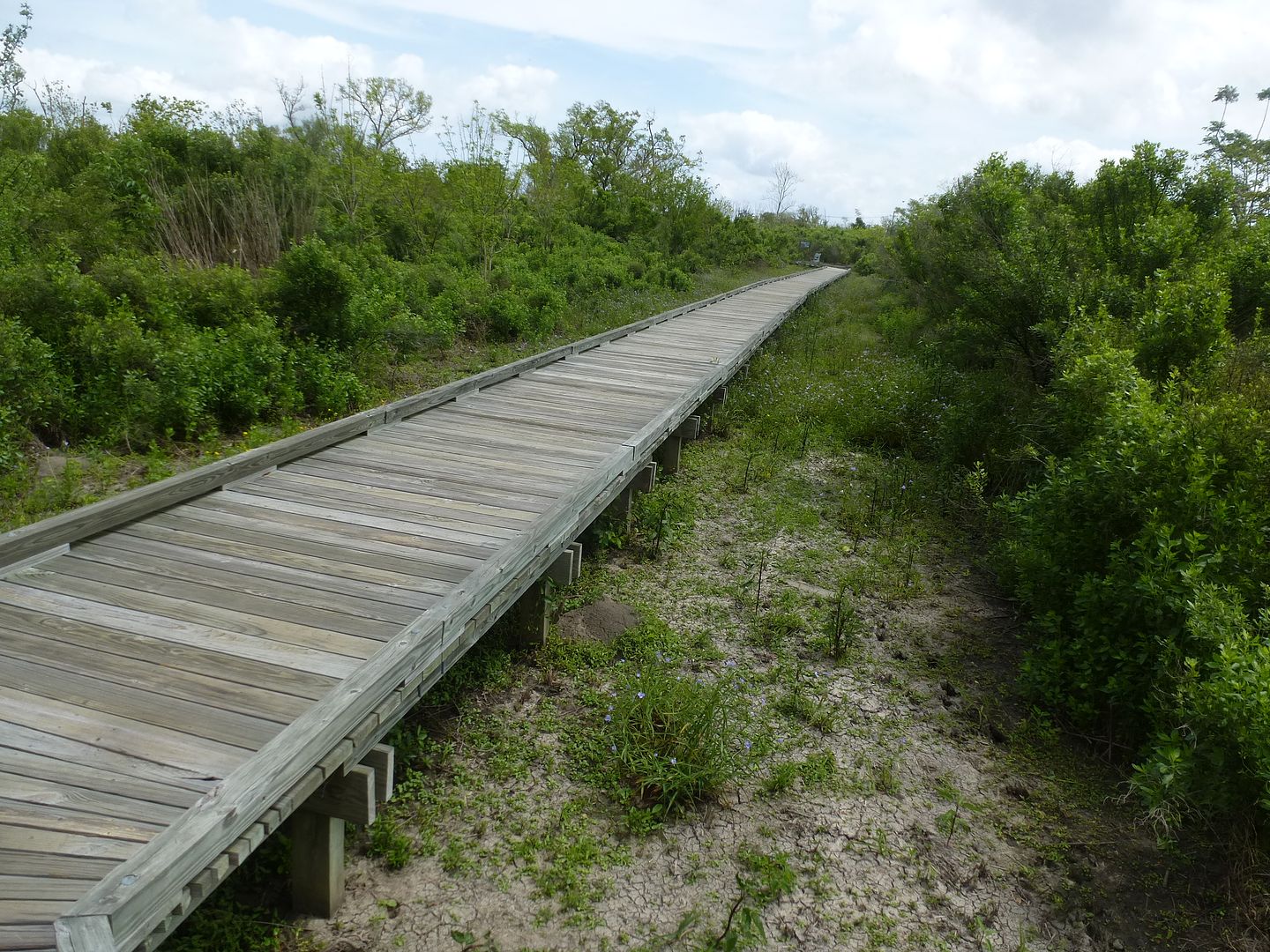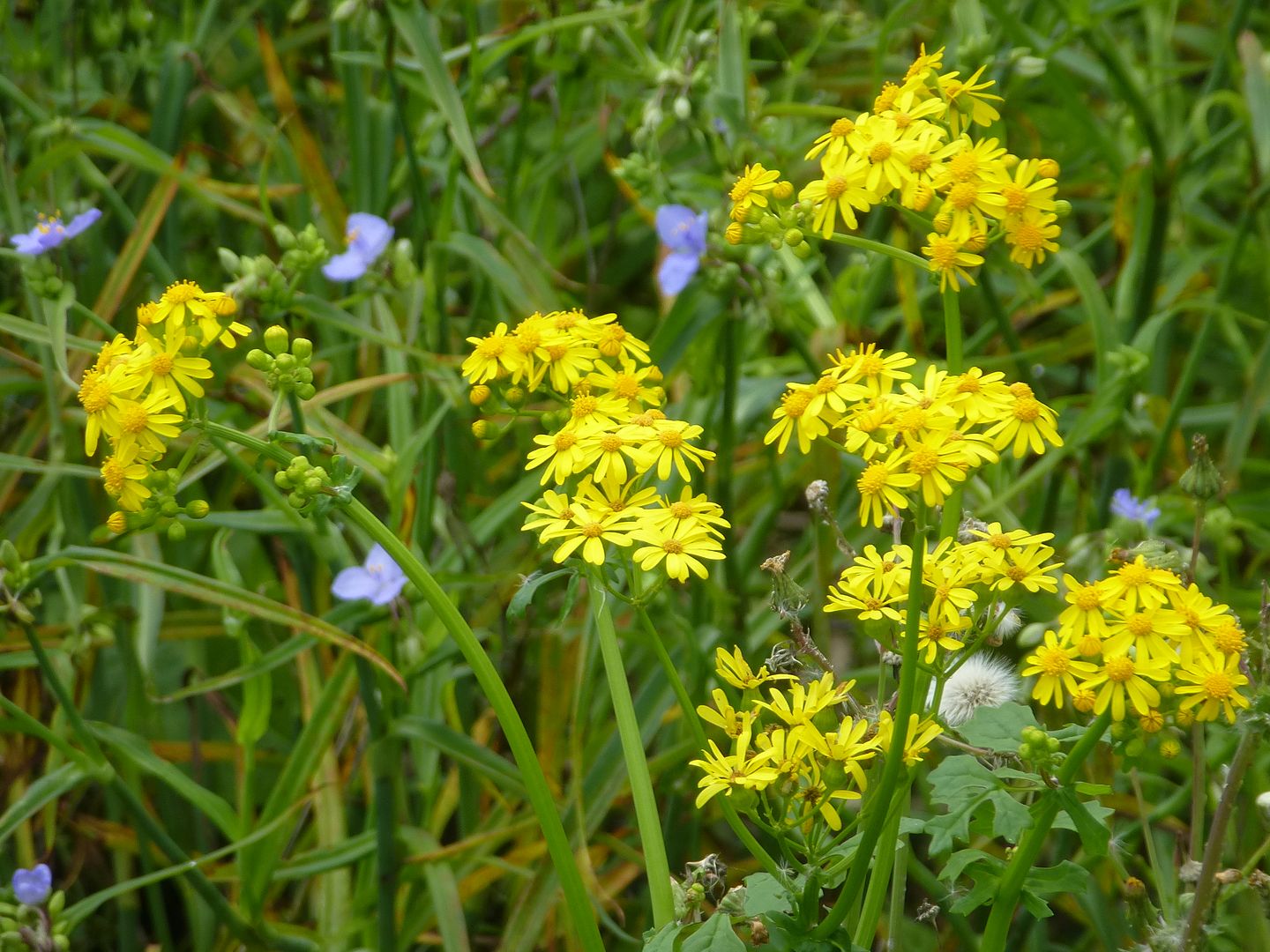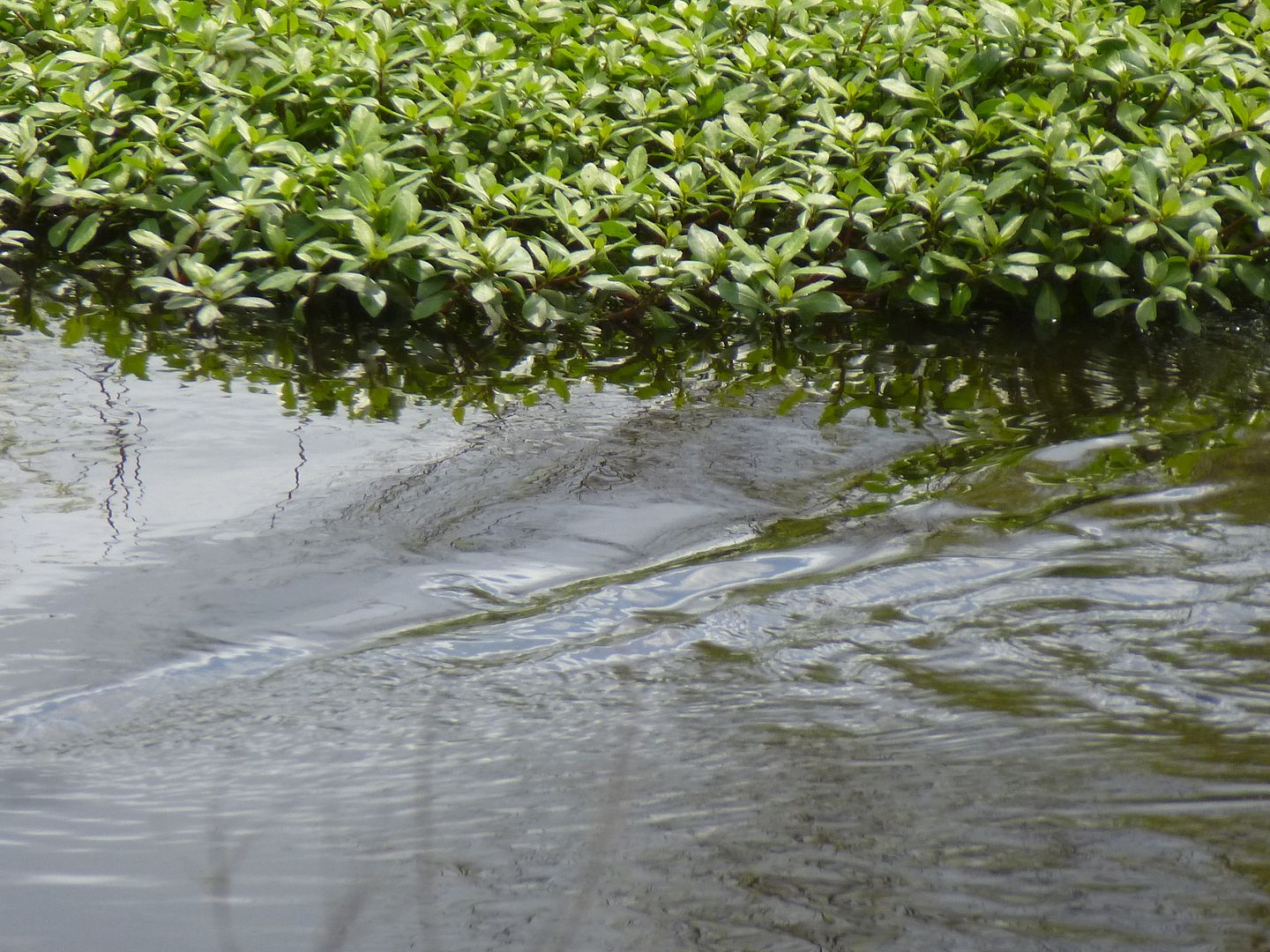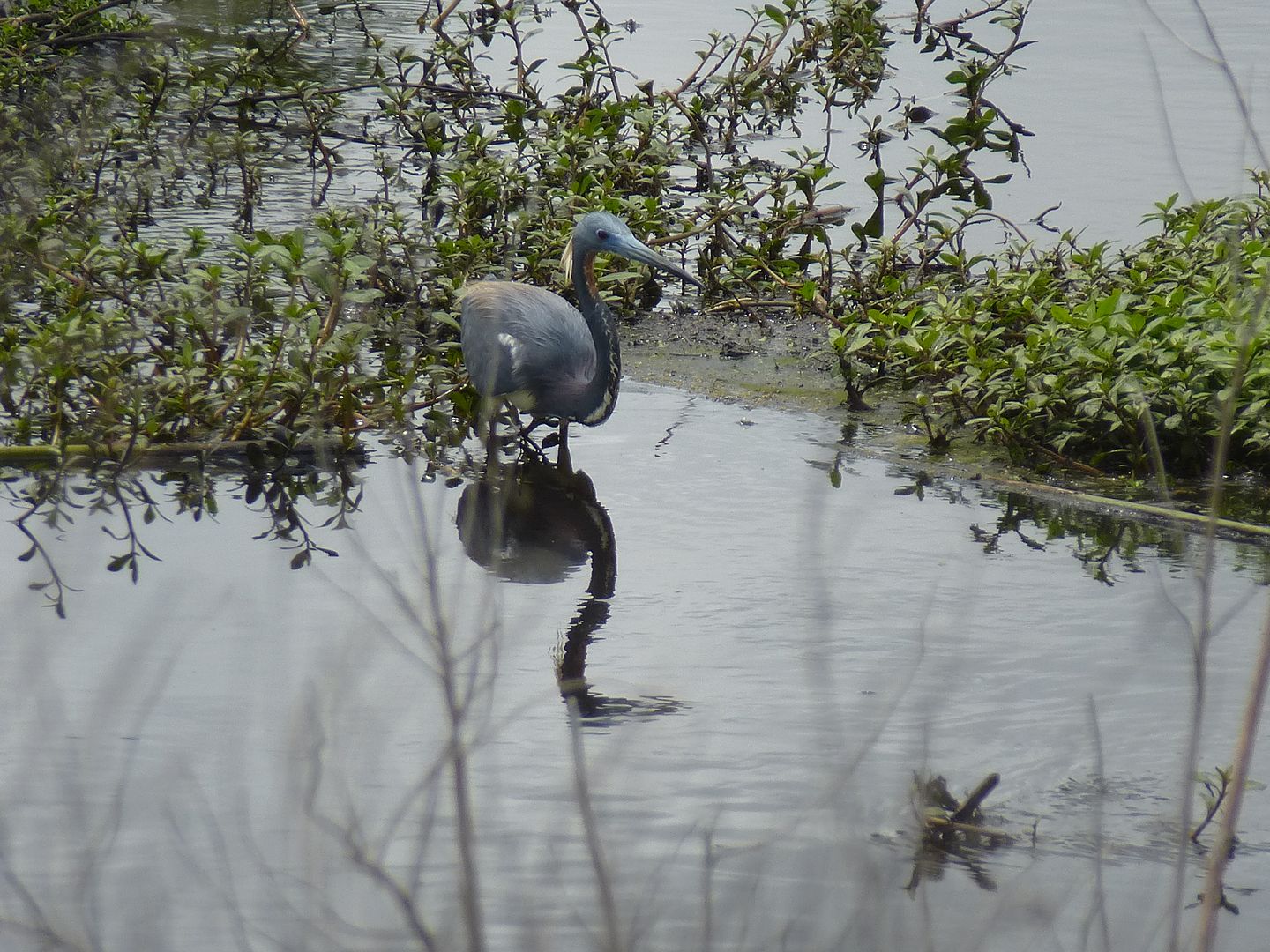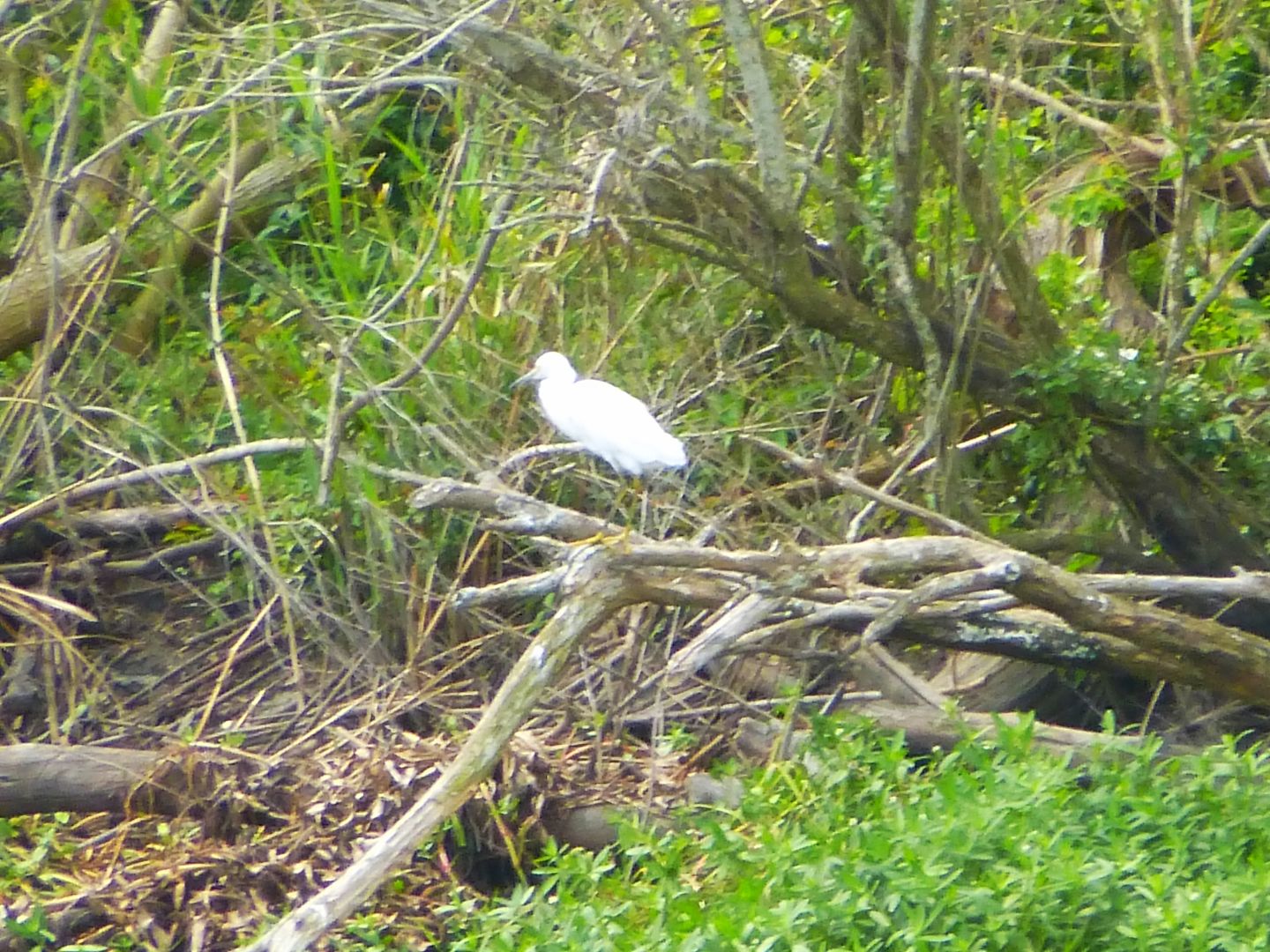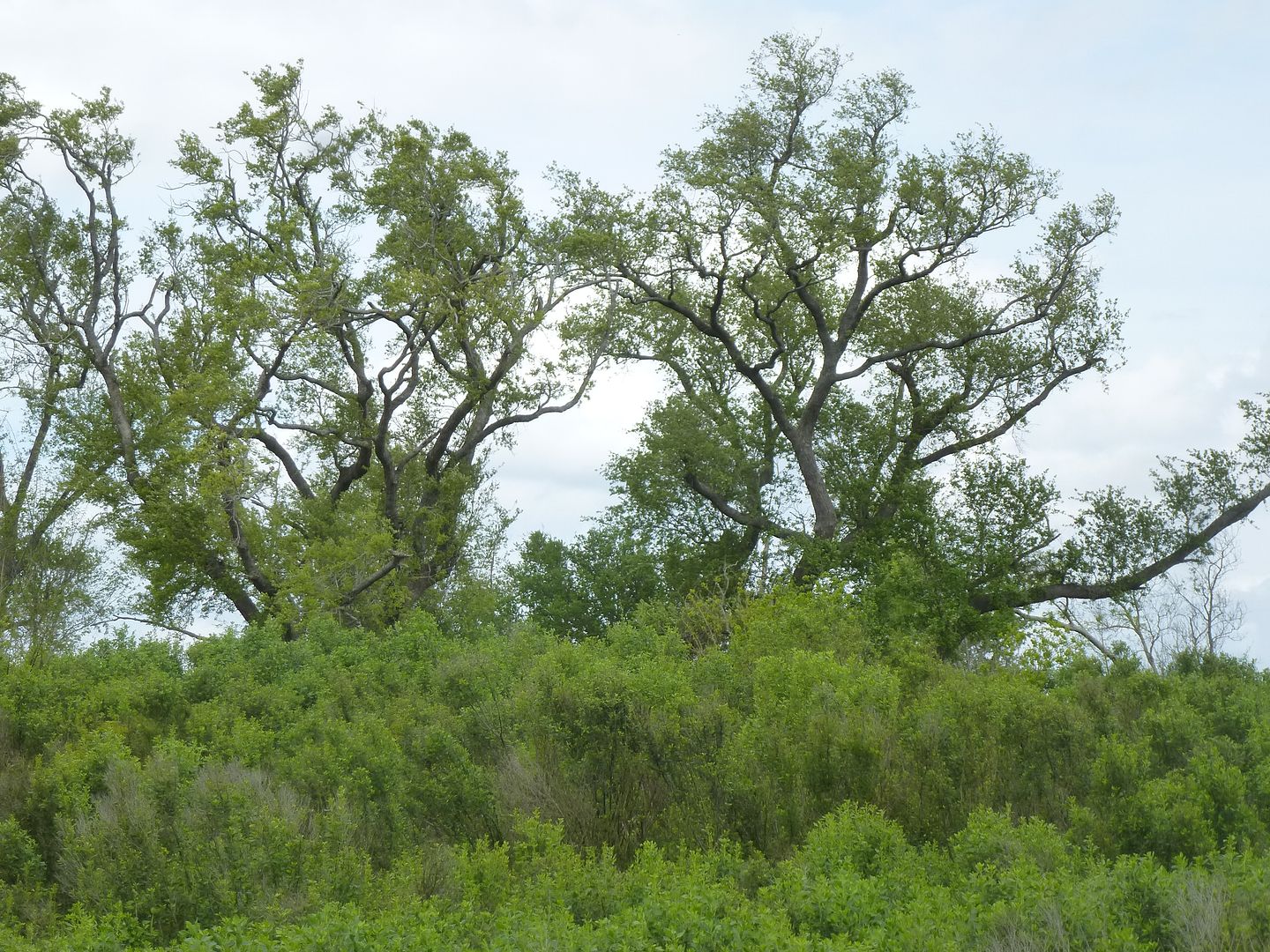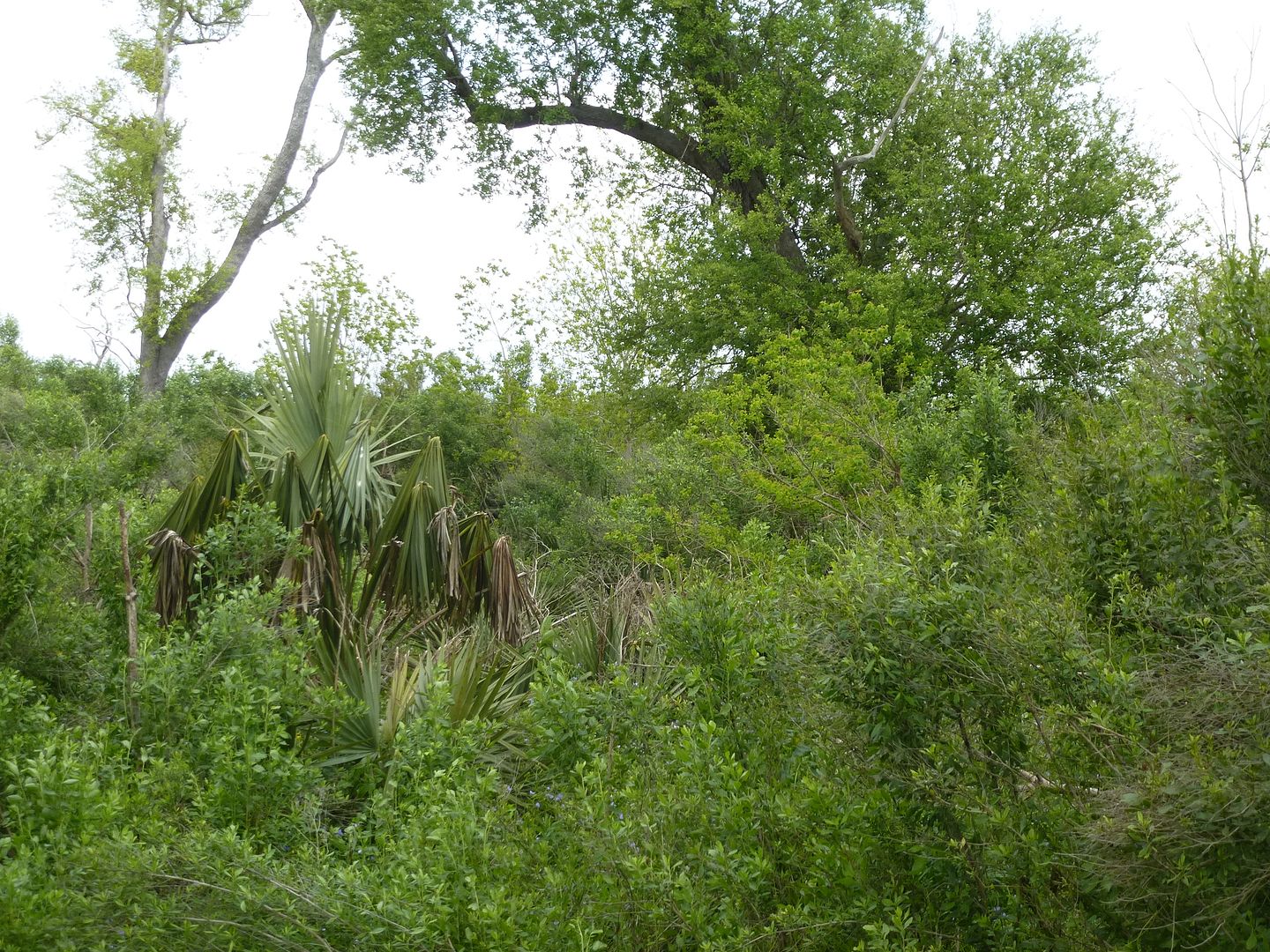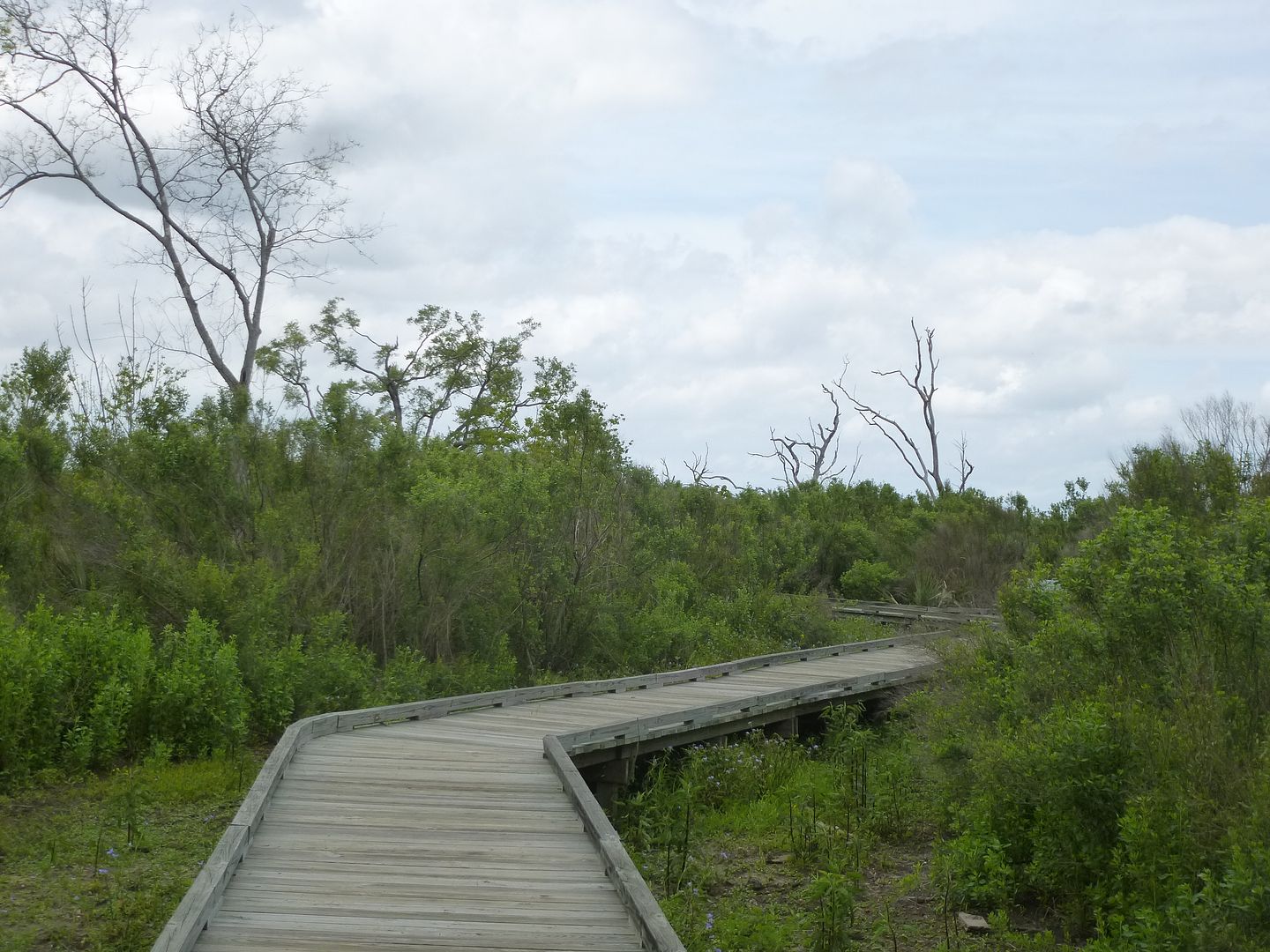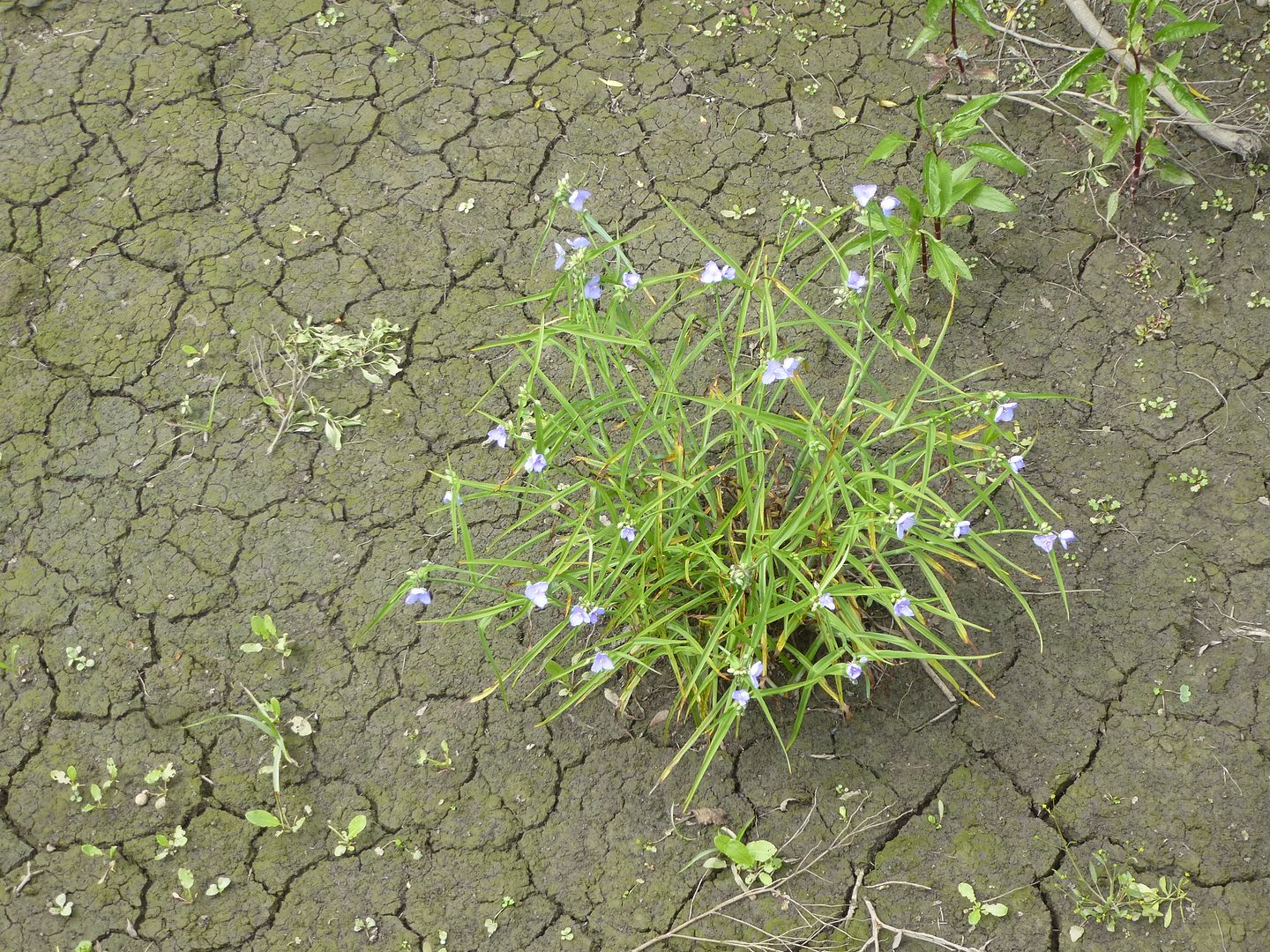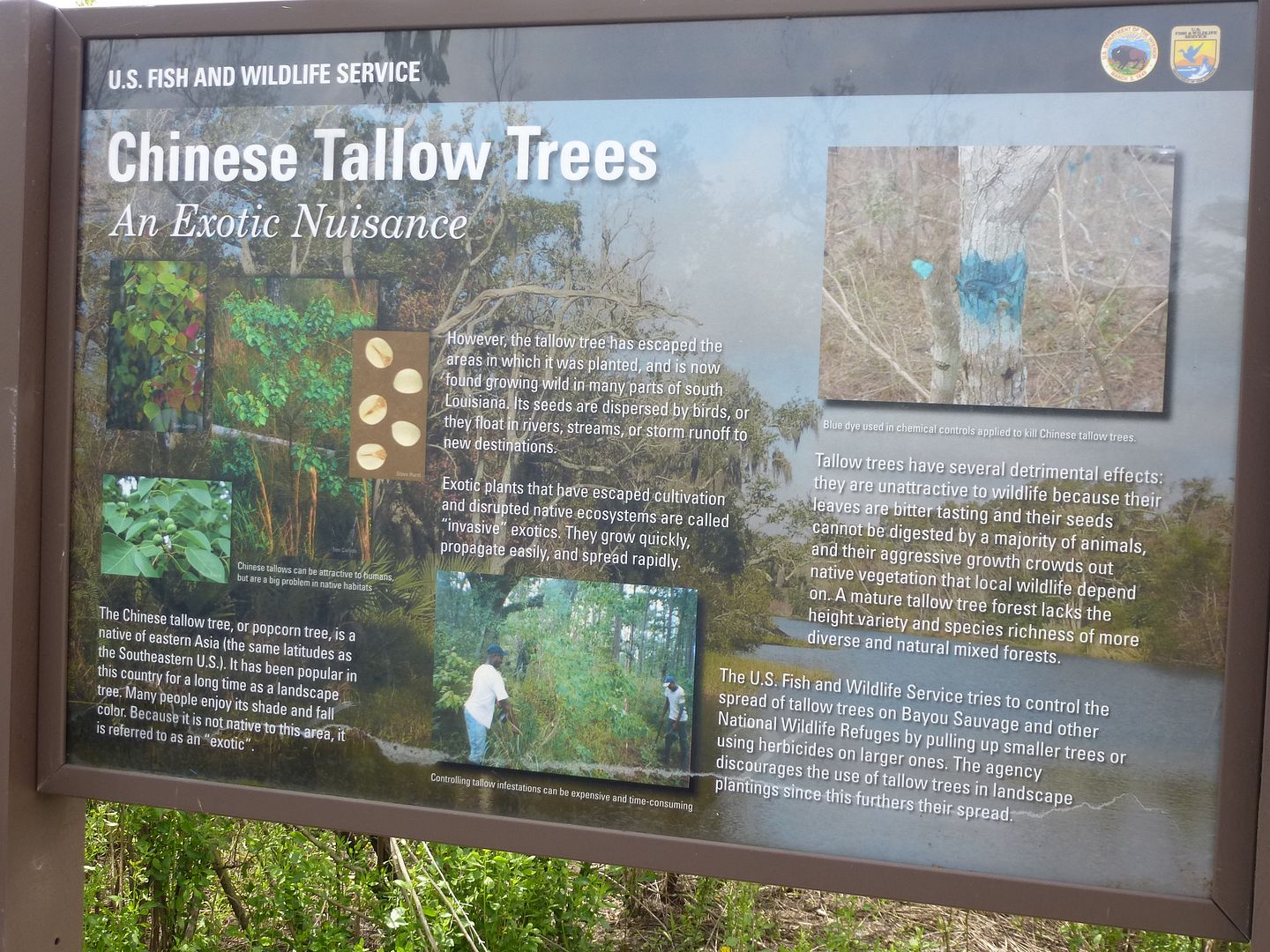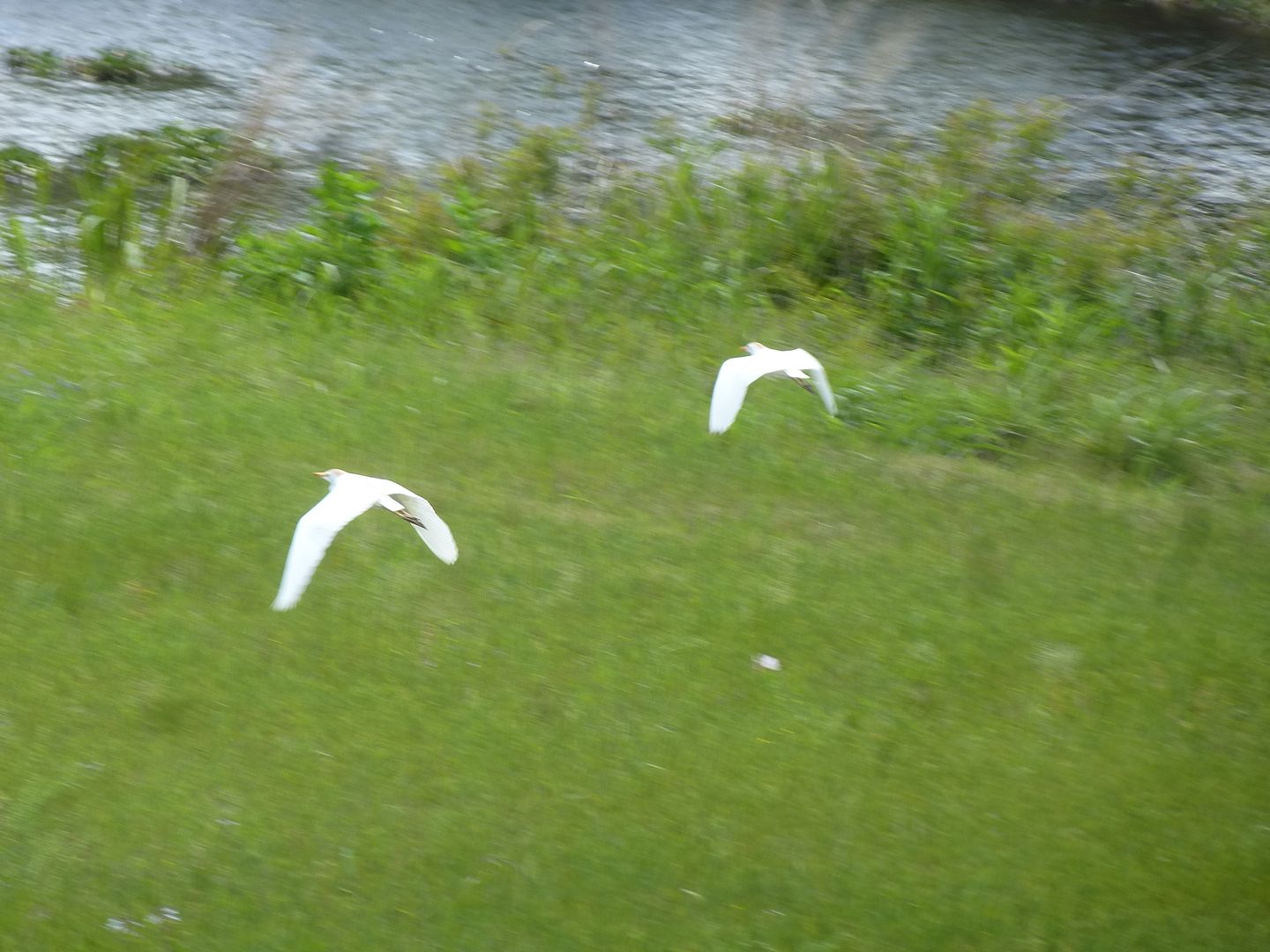|
|
Post by Deleted on Apr 21, 2013 16:59:22 GMT
If I had spent longer in Louisiana, I would have loved to take one of the bayou or swamp tours that are offered all over the place. I know they are not ideal, compared to taking a little boat out yourself, but for that you have to know your way around. When I was little, my family often went fishing in the local bayous (we had a boat), and when I think back on it, it is amazing how much I knew about where we went -- what areas were navigable and which were hidden mudflats, which of six or seven waterways to choose in the wet maze, which fish you could catch in which places and areas where you could even drop crab nets while you were fishing. I even knew which places where you could pull the boat up to the bank and find enough dry land to take a poop in an emergency. Bayou people know all of this stuff, but I was a Mississippi bayou boy, so I know nothing about Louisiana bayous. And even in Mississippi, I am at a loss now, particularly since I saw that they now call Bayou Bernard "Bernard Bayou." If this keeps up, the city of Bay Saint Louis will change its name to Saint Louis Bay and the town of Pass Christian will pronounce its name the way it is written. As for the Tchoutacbouffa River behind Biloxi, do the new arrivals in the area have any idea that "we" call it Chootikabuff? So, not being native to Louisiana and only there for a few days, I decided to just get a brief glimpse of whatever I could see. My first stop was Lake Martin on the outskirts of Breaux Bridge and Lafayette. To my surprise, my French guidebook's instructions on how to get there were perfect, and I was soon on the dirt road ringing the lake. And, as the book promised, the road was wide so that you could stop anywhere you wanted to. |
|
|
|
Post by Deleted on Apr 21, 2013 18:40:09 GMT
Oh too bad you didn't have time for a canoe or pirogue tour of the waterways here.
I can think of very few more tranquil, serene, moments in my life's time here other than an early morning paddling in these waters.
We have a canoe. For years we would load it atop the car and explore.
The Spanish moss laden cypress trees were only just the foray into the momentous journey that ensued.
Strange sounding birds and other unidentified critters.
The look of delight and query on each of our faces...
|
|
|
|
Post by Deleted on Apr 21, 2013 20:17:43 GMT
A few wealthy eccentrics live around the lake. 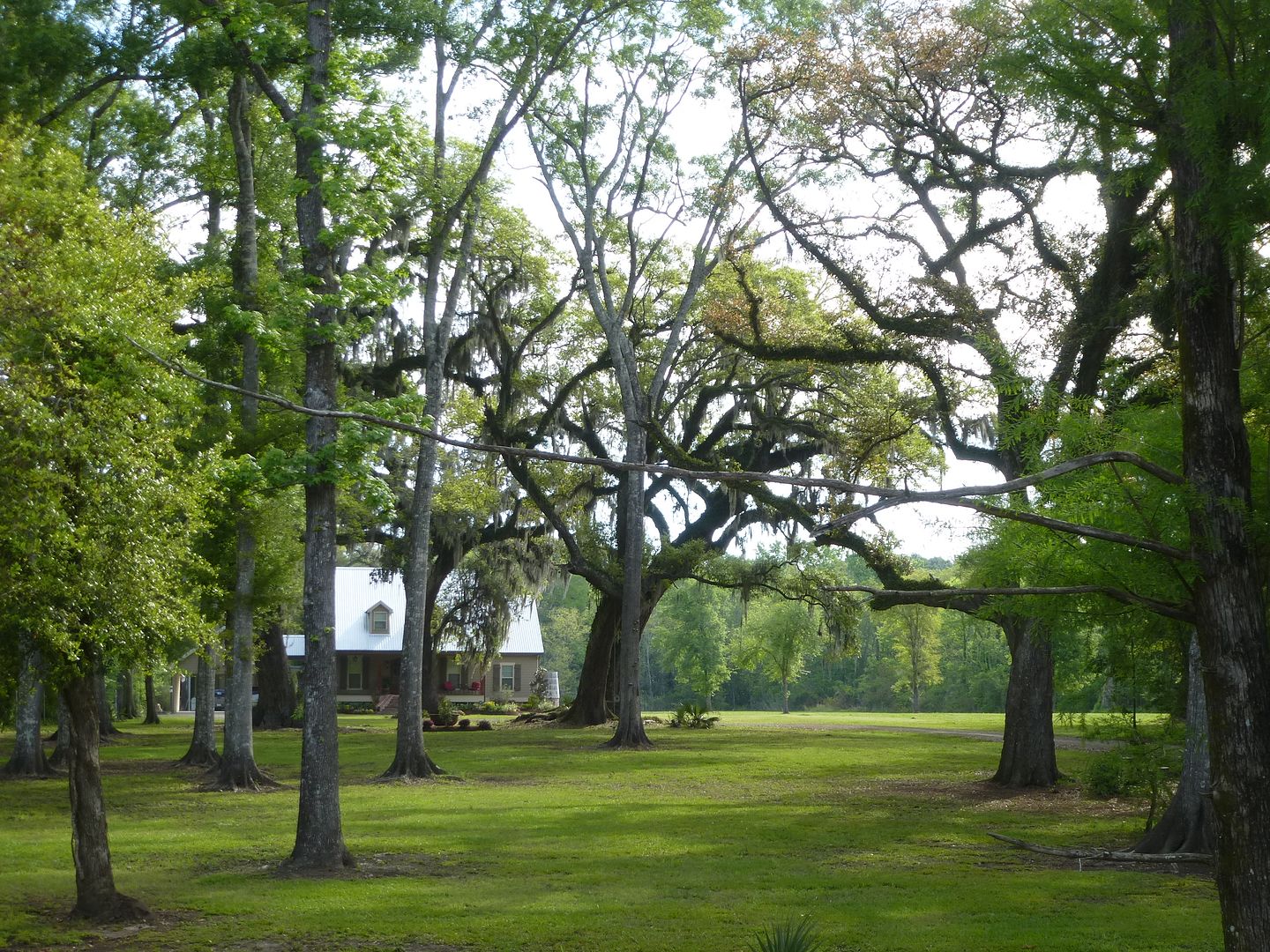 My guidebook said that the trees in the middle of the swamp were so full of birds that it was surprising that the branches didn't break. And it was true. Meanwhile, there were so many people with tripods and huge cameras along the lake road that it was surprising that we did not all sink into the lake. Unfortunately, my primitive equipment did not have the power to capture the birds in their full glory. |
|
|
|
Post by bixaorellana on Apr 21, 2013 20:23:39 GMT
Beautiful description of your forays into the waterways, Casimira.
The pink birds -- roseate spoonbills?
|
|
|
|
Post by htmb on Apr 21, 2013 21:40:38 GMT
Very nice pictures, Kerouac. I would love to be able to photograph those birds, too, but probably would have been frustrated by the limitations of my otherwise wonderful camera. I keep forgetting to take a pair of binoculars with me when I visit places such as this so I could at least see what I'm unable to photograph.
|
|
|
|
Post by Deleted on Apr 21, 2013 21:57:06 GMT
There was also a wooden walkway over alligator territory in one section. Unfortunately, the weather was not yet warm enough for the alligators to wake up, so I didn't see anyway, but I was still happy to just look at the vegetation there. At the back end of the lake there was a pretty big paved road that did not take me at all where I expected, because I suddenly found myself back in Lafayette! |
|
|
|
Post by tod2 on Apr 22, 2013 14:52:26 GMT
I spotted a Sacred Ibis , the white birds with black heads, but the pink birds are a mystery. Wonder if Bixa had the right answer!
The photos of the trees with their bottoms in that perfectly still water are almost like stalagmites.
Super reflection, looks like a super day with sunny weather and totally gorgeous photos Kerouac.
|
|
|
|
Post by Deleted on Apr 22, 2013 17:00:50 GMT
A few days later after visiting a few towns, I was back on one of my favourite stretches of road from my childhood -- US 90 between New Orleans and the Mississippi state line. When I was young, it was the only way to get between the two places, but now there is I-10, which 95% of the traffic prefers. This makes US 90 even better, because even though it has been widened and "improved" over the years, there is even less traffic than before. In any case, it is still a wonderful swamp road and sometimes it is its existence that makes an excuse for any dry land to be there at all. It carries the picturesque name of "Chef Menteur Highway," -- the "lying chief." Somehow, the reason for this name has already been lost, but the two principal theories come from the Choctaw Indians (who spoke French). The "Chief Liar" was perhaps the French provincial governor Kerlerlec who had refused to respect a treaty. The other possibility is that it refers to the mighty Mississippi River which constantly changed its course at will since there were no levees back then. The Indians and everybody else where constantly surprised by new channels or mudflats in unexpected places. The highway is lined by hundreds of fishing homes. When I was little, most of them were just wooden shacks on pilings but over the years many have become completely standard secondary homes (still on pilings). Very few people actually live here full time, but many people come from the city every weekend to their swampy paradise. Unfortunately, it is one of the most absolutely vulnerable places for hurricanes. All of the big hurricanes have removed 100% of the houses along this road, but even the minor hurricanes have no trouble at all removing at least 50% of them. And yet people keep coming back. Naturally, since it is "only" 8 years since Katrina, there are plenty of pilings without houses... |
|
|
|
Post by tod2 on Apr 22, 2013 17:36:38 GMT
I am amazed at the territory you covered Kerouac - or am I? Zipping along in a car one can devour an enormous amount of miles ;D Those house on stilts look like they cost money, but I must admit their view does not appeal to me.
|
|
|
|
Post by lugg on Apr 22, 2013 19:21:22 GMT
Really enjoying your series of reports K2 . Yes ... I want to experience this myself someday but in the meantime I will return often to your photos and reports.
|
|
|
|
Post by htmb on Apr 22, 2013 19:51:03 GMT
Kerouac, in your third picture down in your last post there are pilings and a large fuel tank in the foreground, but there is a very large structure in the distance. I'm wondering about the large structure. Is it a bridge? Buidings?
|
|
|
|
Post by Deleted on Apr 22, 2013 22:09:20 GMT
I really think that Bixa is correct in ID'ing the larger pinkish colored birds as Roseate Spoonbills. They are plentiful here and the only large bird I know of with that coloring indigenous to here.
I prefer Hwy. 90 to I-10 too.
Locally, it's referred to as 'Chef Highway'
One of it's claims to fame is it was where Jayne Mansfield was killed in an awful automobile wreck in 1967.
For a long time the legend was that she was decapitated in the wreck but, that myth has long since been dispelled.
I know many people that own fishing camps out there and have spent some quality time there.
Many of them have been in the same family for generations.
And yes, they just keep rebuilding them after the storms wash them away.
|
|
|
|
Post by Deleted on Apr 22, 2013 23:43:45 GMT
Yes, poor Jayne had been staying in Biloxi at the time. In June of 1967, Jayne Mansfield was staying at the Cabana Courtyard Apartments while performing at the Gus Stevens Supper Club in Biloxi, Mississippi. Billed as "The Most Publicized SEX QUEEN and Movie Star with Bob Sweeney "The Schoolmaster' who masters in comedy" Mansfield was performing two nightly shows, at 9 and at 11pm. After a June 28th evening engagement, Mansfield would head out at 2:30 am the next morning (June 29) for an early New Orleans TV show interview. Her hardtop 1966 Buick Electra 225 was packed with passengers Brody, and Jayne's children Miklos, Zoltan, Mariska... and four Chihuahuas. Driving the car would be Ron Harrison, a college student who worked for club owner Stevens. The speeding Buick "deuce and a quarter" would fly down a winding, narrow stretch of US Hwy 90, just west of the Rigolets bridge. Some estimates have the car's speed as high as 80 m.p.h. The car plowed into the rear of a tractor-trailer rig, which had halted behind a city vehicle spraying the Louisiana swamps with bug spray. As their vehicle hit the rear of the truck, it underrode the trailer and the roof was virtually sheared off. Peeled back like an accordian.The driver was one of my mother's former students in French class. |
|
|
|
Post by Deleted on Apr 23, 2013 5:59:48 GMT
|
|
|
|
Post by Deleted on Apr 23, 2013 6:21:03 GMT
|
|
|
|
Post by Deleted on Apr 23, 2013 9:08:19 GMT
US 90 runs right through the Bayou Sauvage National Wildlife Refuge just east of New Orleans. I regret only being able to check it out very briefly -- and still not 'gators! |
|
|
|
Post by tod2 on Apr 23, 2013 12:05:26 GMT
Now what would that freight train be hauling? The shape of the cars? looks like it could be coal?
And how do they get a rail line to stay straight on top of a swamp..........don't say "with difficulty" ;D
Lovely white Little Egret - well I think that's what you photographed according to the match in my bird book. His legs are really black but I suspect the green pond scum has adhered to the scales and made his legs look green! This egret has a wispy bunch of feathers on top of it's head and also on it's chest and tail.
|
|
|
|
Post by Deleted on Apr 23, 2013 13:47:02 GMT
That rail line has always fascinated me. It is the same one that you could see in Morgan City in my Cajun country report, and it is also the same one that passes through the Mississippi Gulf Coast and which I showed on that report. The freight trains are absolutely non stop all the time, but I don't know what they are transporting. That line was the L&N (Louisville & Nashville Railroad) when I was little, whereas my father worked for the IC (Illinois Central) which went north-south rather than east-west. All of the names have changed now, so I don't know what any of these companies are called -- and probably the freight has changed as well.
You can see the same rail line in the old Sydney Pollack movie This Property Is Condemned starring Robert Redford and Natalie Wood, because it was filmed along the L&N in Bay Saint Louis, Mississippi.
|
|
|
|
Post by Deleted on Apr 23, 2013 14:02:36 GMT
|
|
|
|
Post by tod2 on Apr 23, 2013 17:10:04 GMT
OK - here is what I found out about your lilac/blue three pettle flowers. I recognised them as the Disa.
That is what they are called here BUT, we have red ones and they are particular to the Cape of Good Hope.
The beautiful greeny-blue bird I suspect is a type of Heron. Not any ordinary heron but a Goliath Heron.
His colouring is a bit different to our Goliath Heron's but the tell-tale sign for me was the track of different feathers down his neck in front.
Were you alone Kerouac or had your brother with you?
|
|
|
|
Post by Deleted on Apr 23, 2013 17:29:17 GMT
No, my brother was thousands of kilometers away. I have not even told him that I was in the United States.
|
|
|
|
Post by htmb on Apr 23, 2013 20:05:30 GMT
No, my brother was thousands of kilometers away. I have not even told him that I was in the United States. He obviously doesn't read your posts. He's missing out on a lot. |
|
|
|
Post by fumobici on Apr 24, 2013 1:24:42 GMT
OK - here is what I found out about your lilac/blue three pettle flowers. I recognised them as the Disa. That is what they are called here BUT, we have red ones and they are particular to the Cape of Good Hope. Tradescantia occidentalis I believe. I think I've got some in the front yard somewhere. |
|
|
|
Post by bixaorellana on Apr 24, 2013 1:26:35 GMT
Tod, I doubt those are disa. More than likely they're a spiderwort -- probably Tradescantia virginiana.
|
|
|
|
Post by Deleted on Apr 24, 2013 12:16:15 GMT
Yes, they are Tradescantia virginia, AKA Spiderwort as Bixa pointed out.
They naturalize all over the place.
I have a few clumps of them here and there.
Many people consider them weeds and go to great lengths to eradicate them.
|
|
|
|
Post by nycgirl on Apr 24, 2013 13:40:35 GMT
Terrific trip report. You captured the swamplands beautifully, and I love seeing all those splendid birds.
|
|
|
|
Post by tod2 on Apr 24, 2013 13:51:31 GMT
|
|
|
|
Post by htmb on Apr 24, 2013 21:38:42 GMT
I love those rusty old bridges. I find them very interesting.
I find myself really being drawn to these particular pictures. I suppose it's because a lot of your photos show foliage and birds similar to that in the north Florida area.
|
|
|
|
Post by Deleted on Apr 24, 2013 21:54:23 GMT
Unfortunately one of the best rusty bridges is now gone. Even though these bridges have survived so many hurricanes, the longest and most impressive of them (but too narrow!) next to Fort Pike was finally done in by Katrina, so it has been replaced by an ordinary concrete bridge. This photo is from Google Street View. |
|
